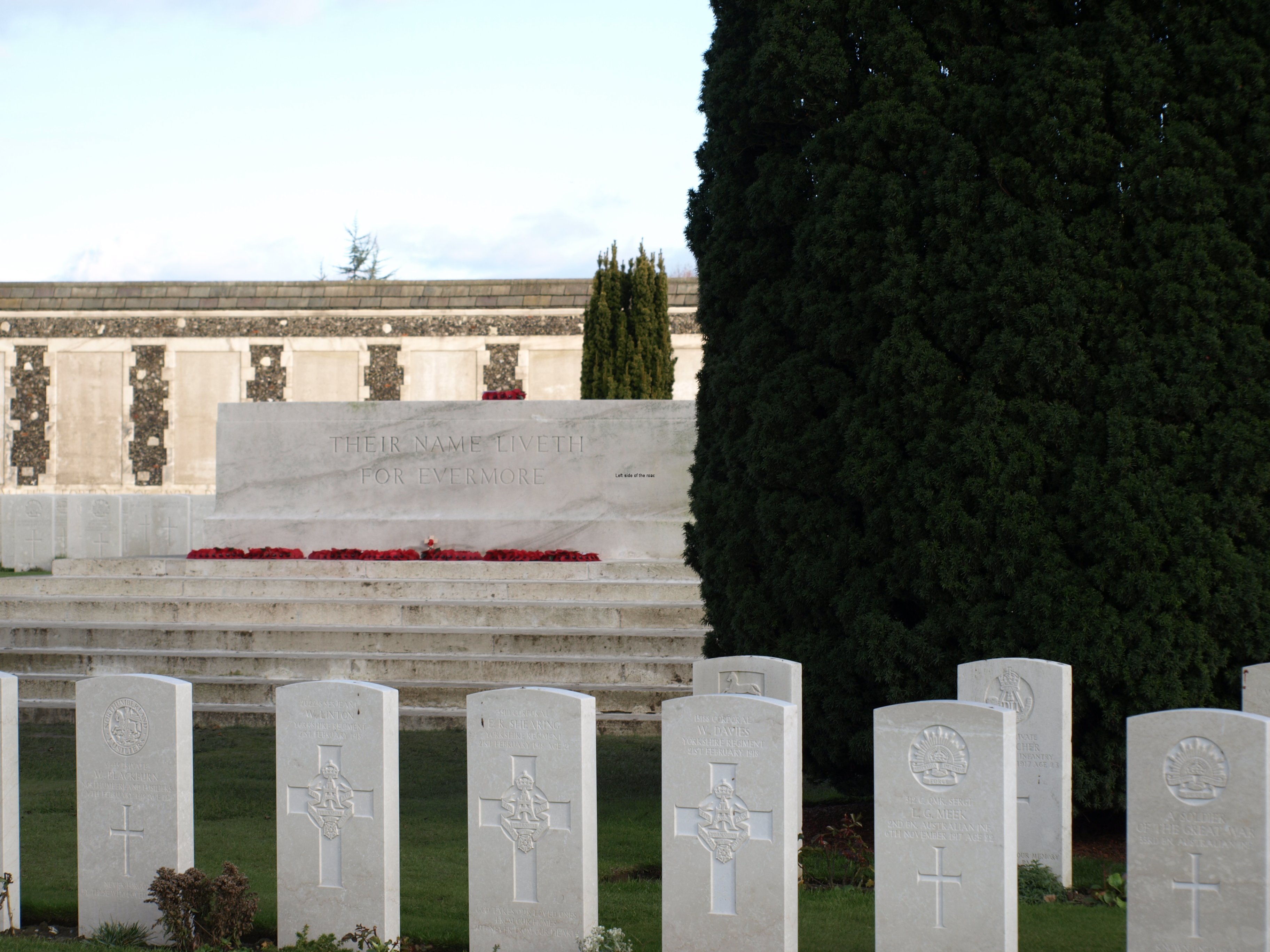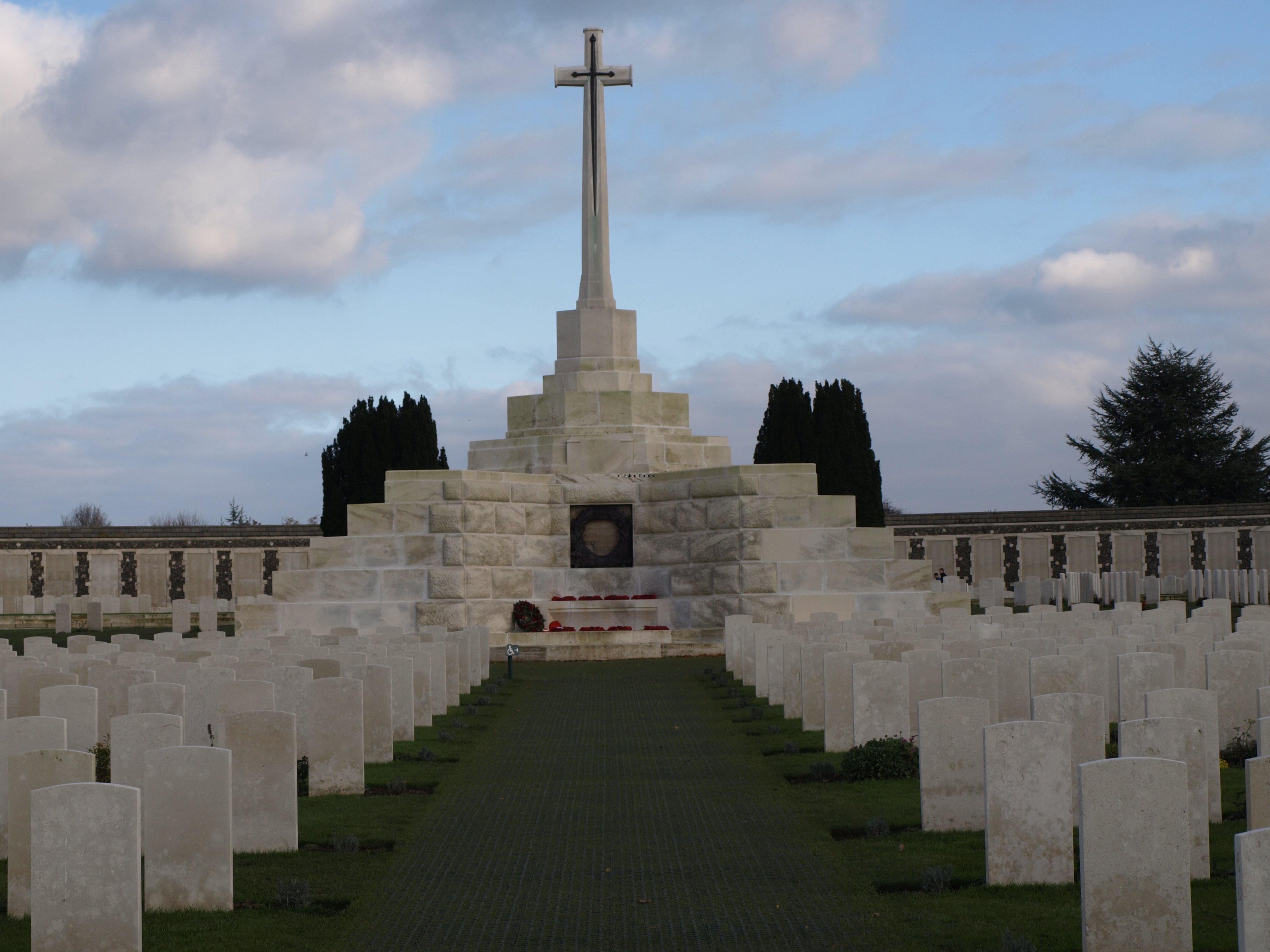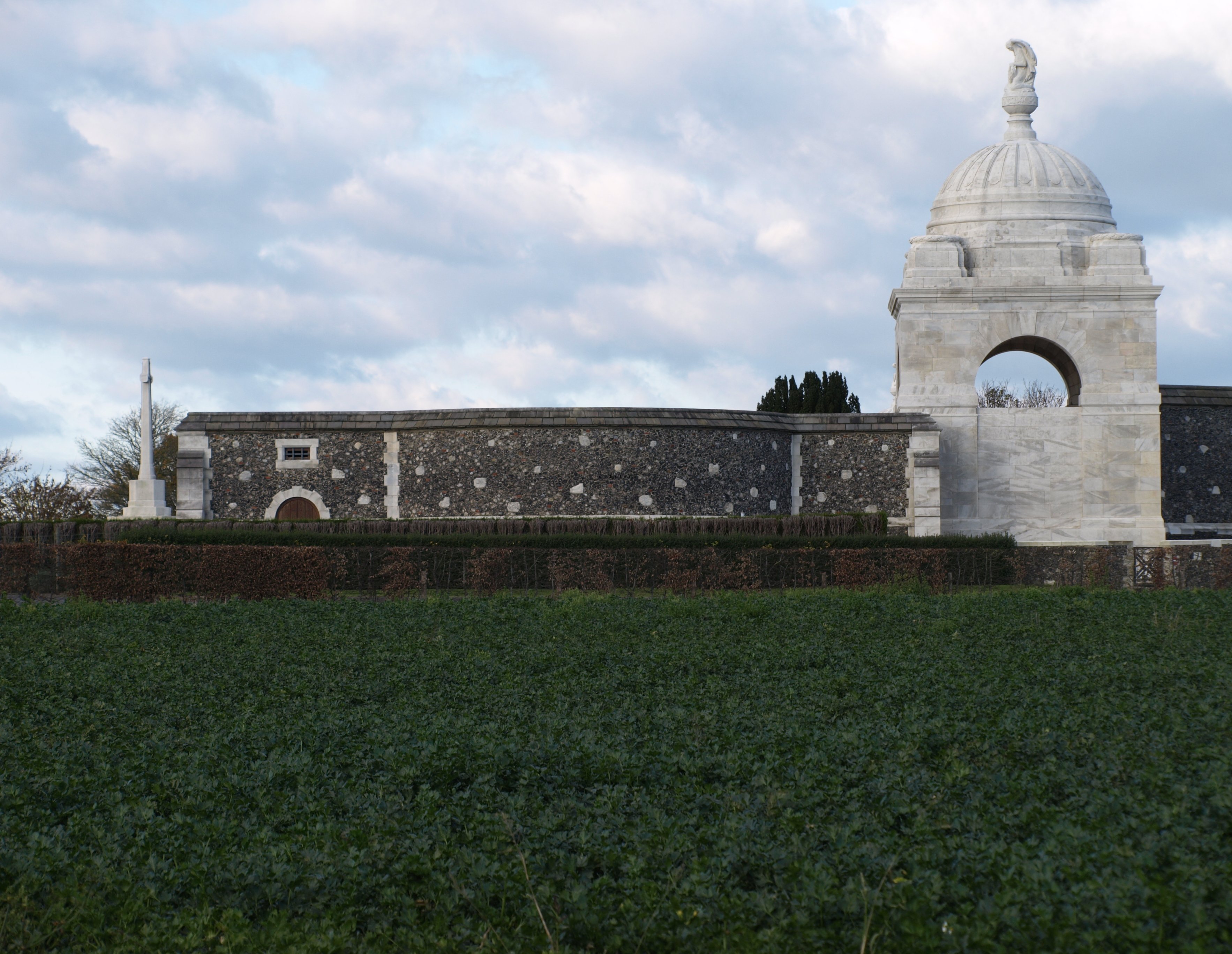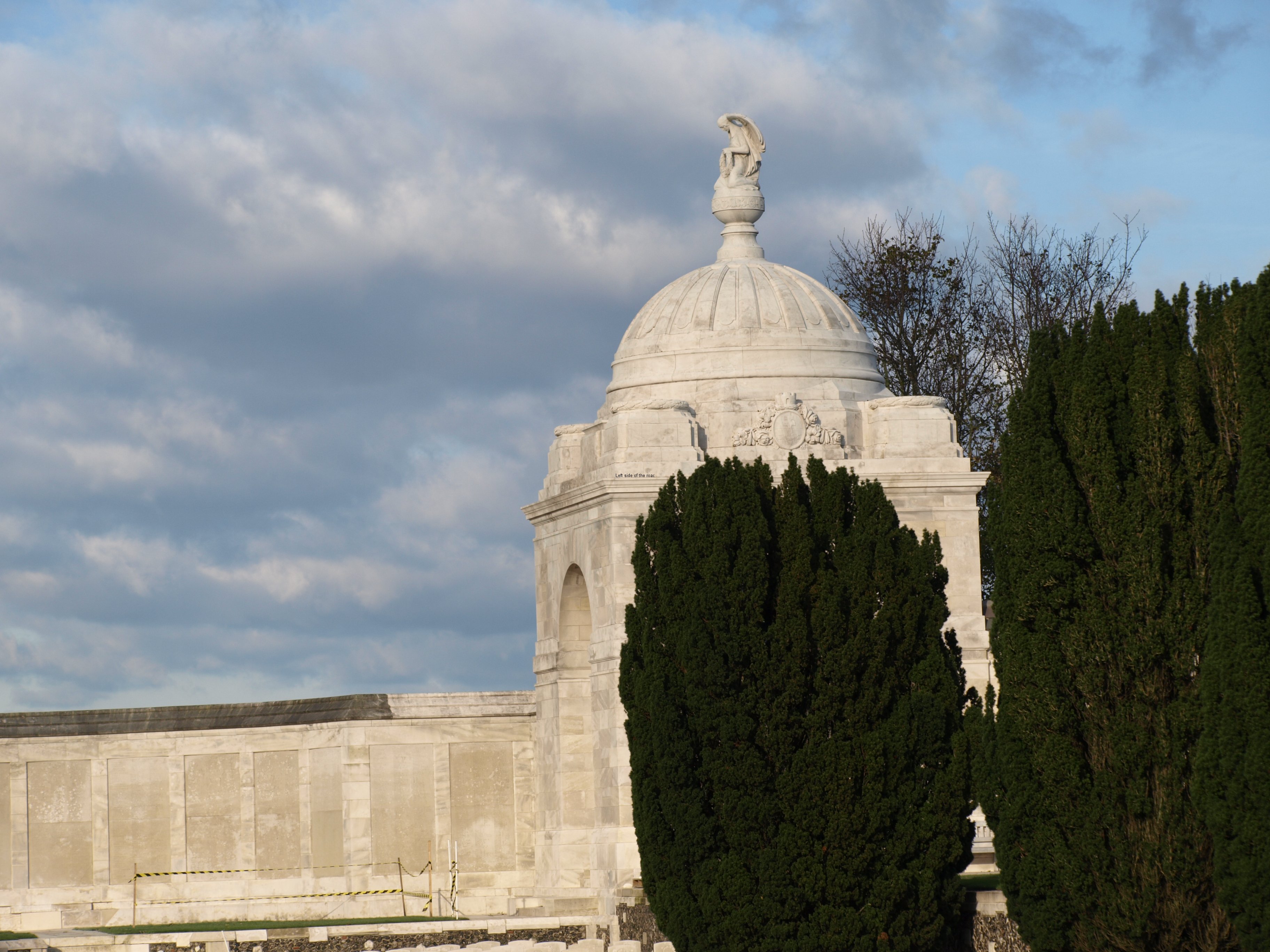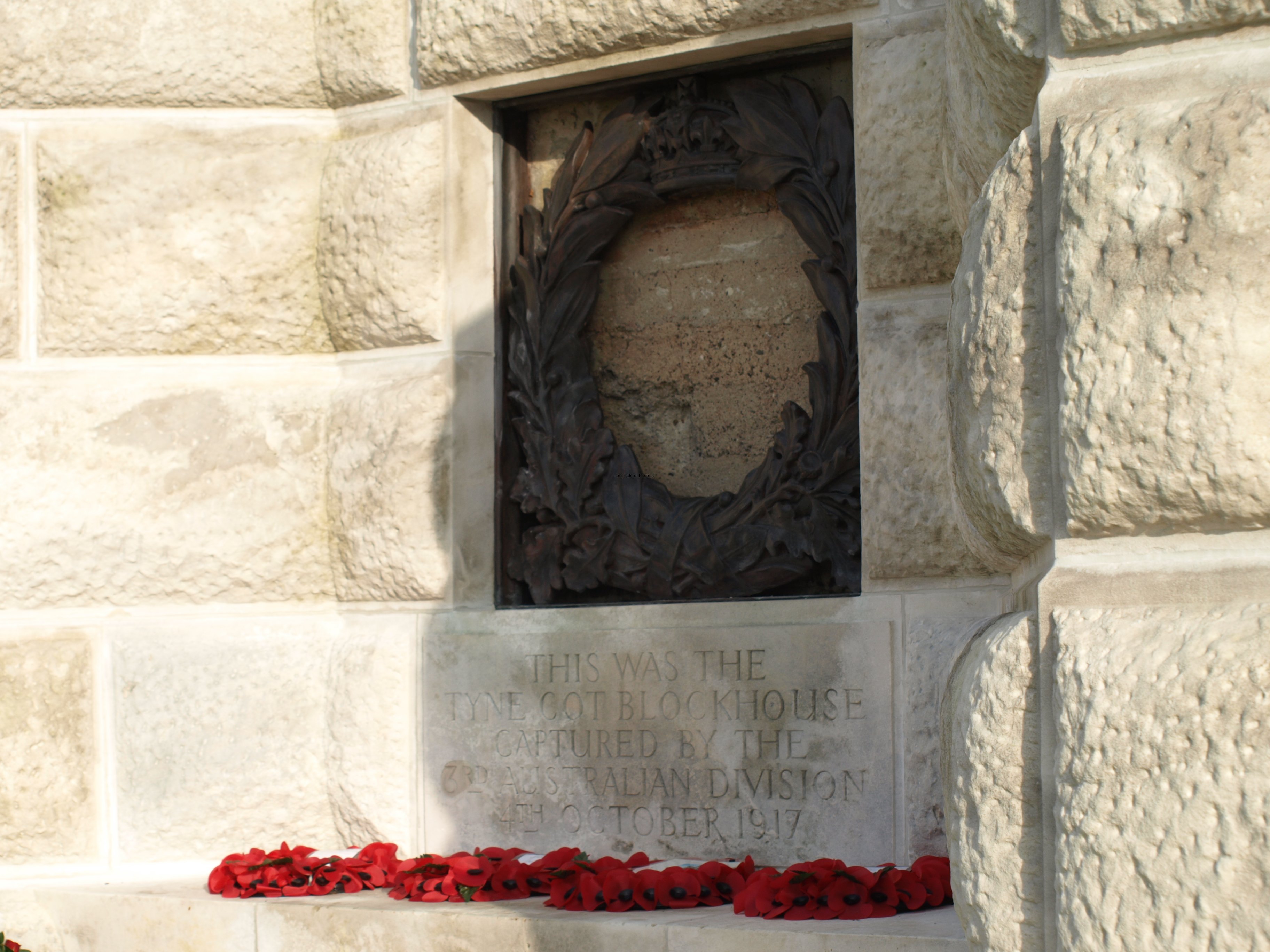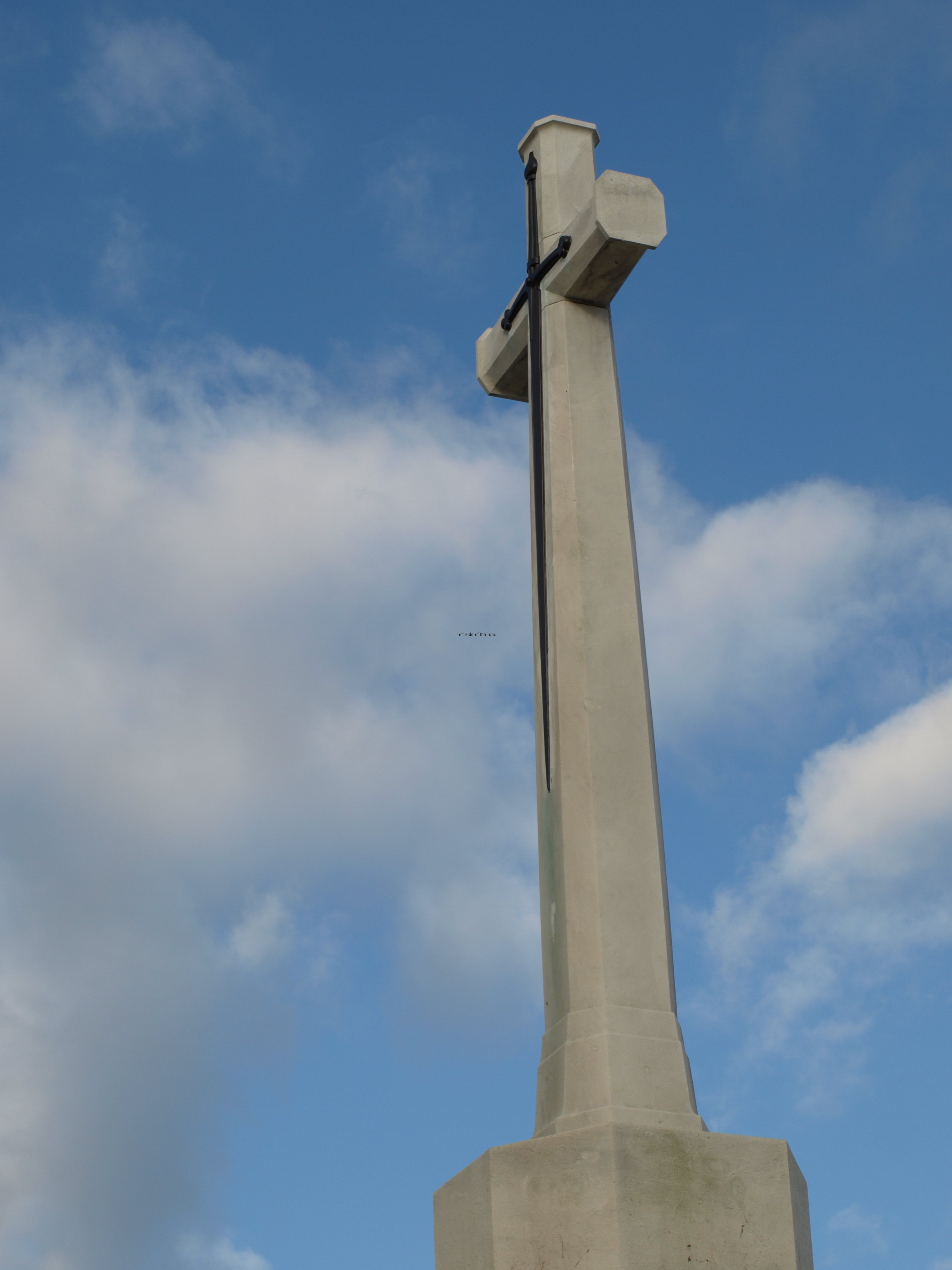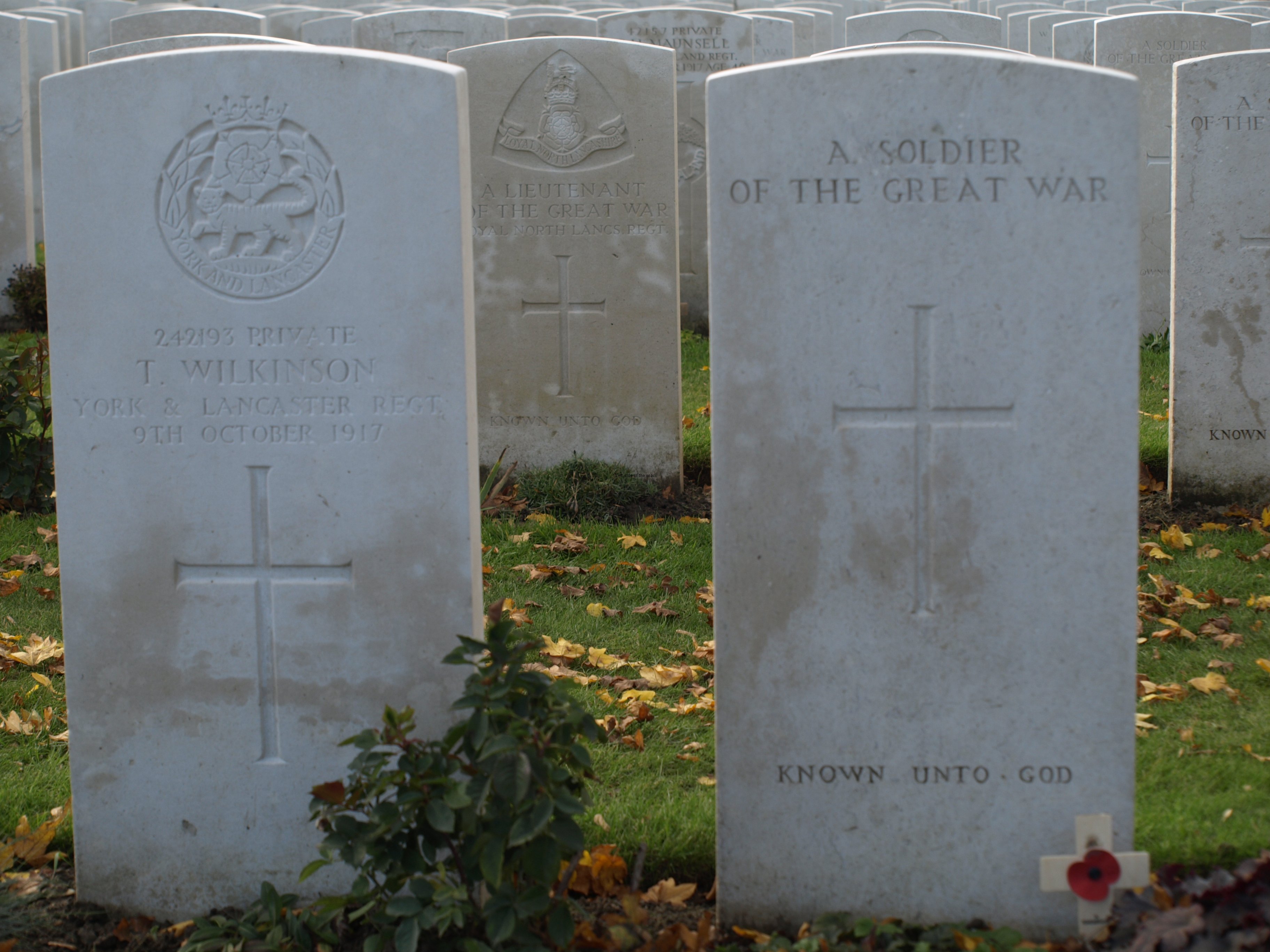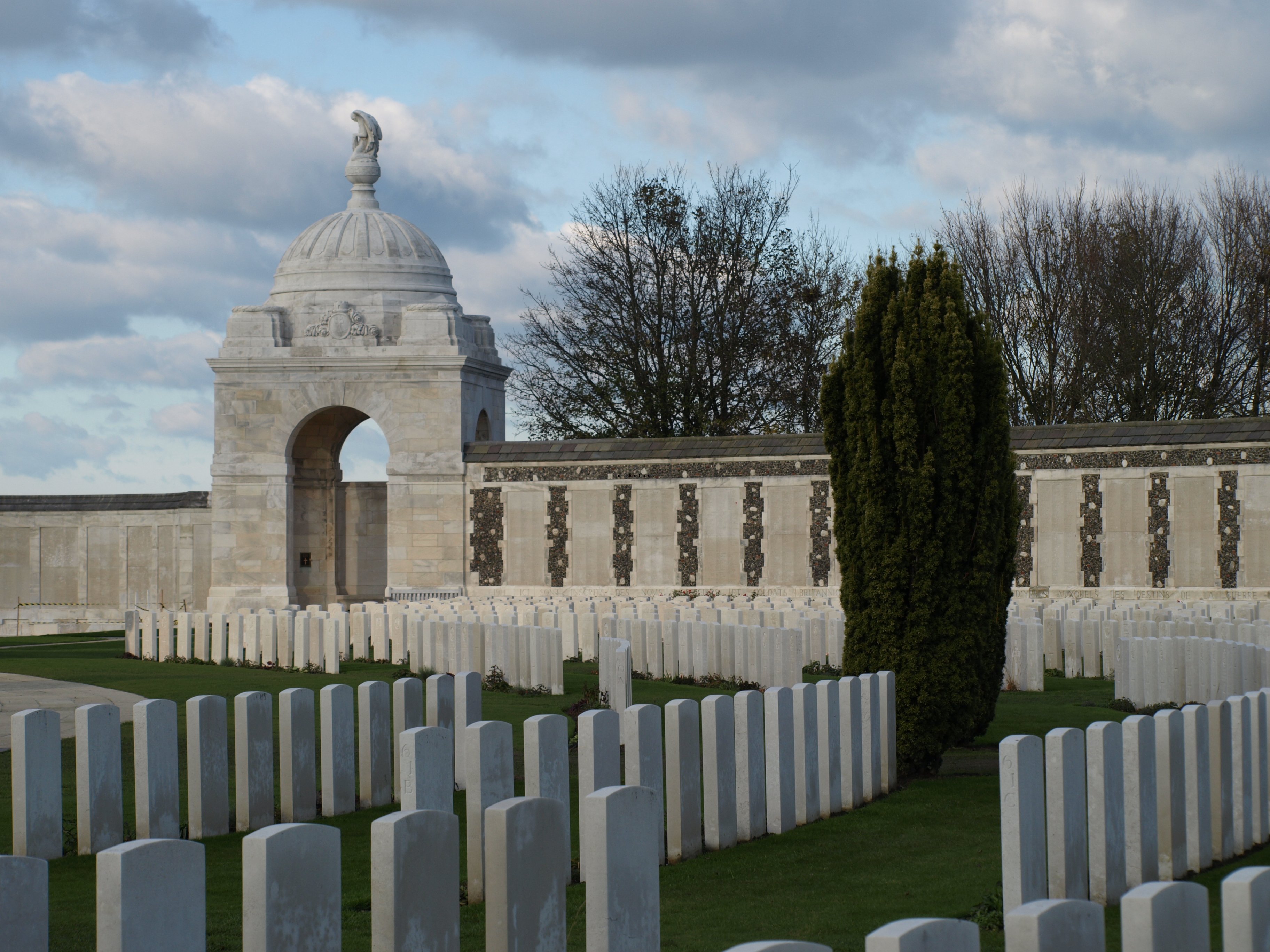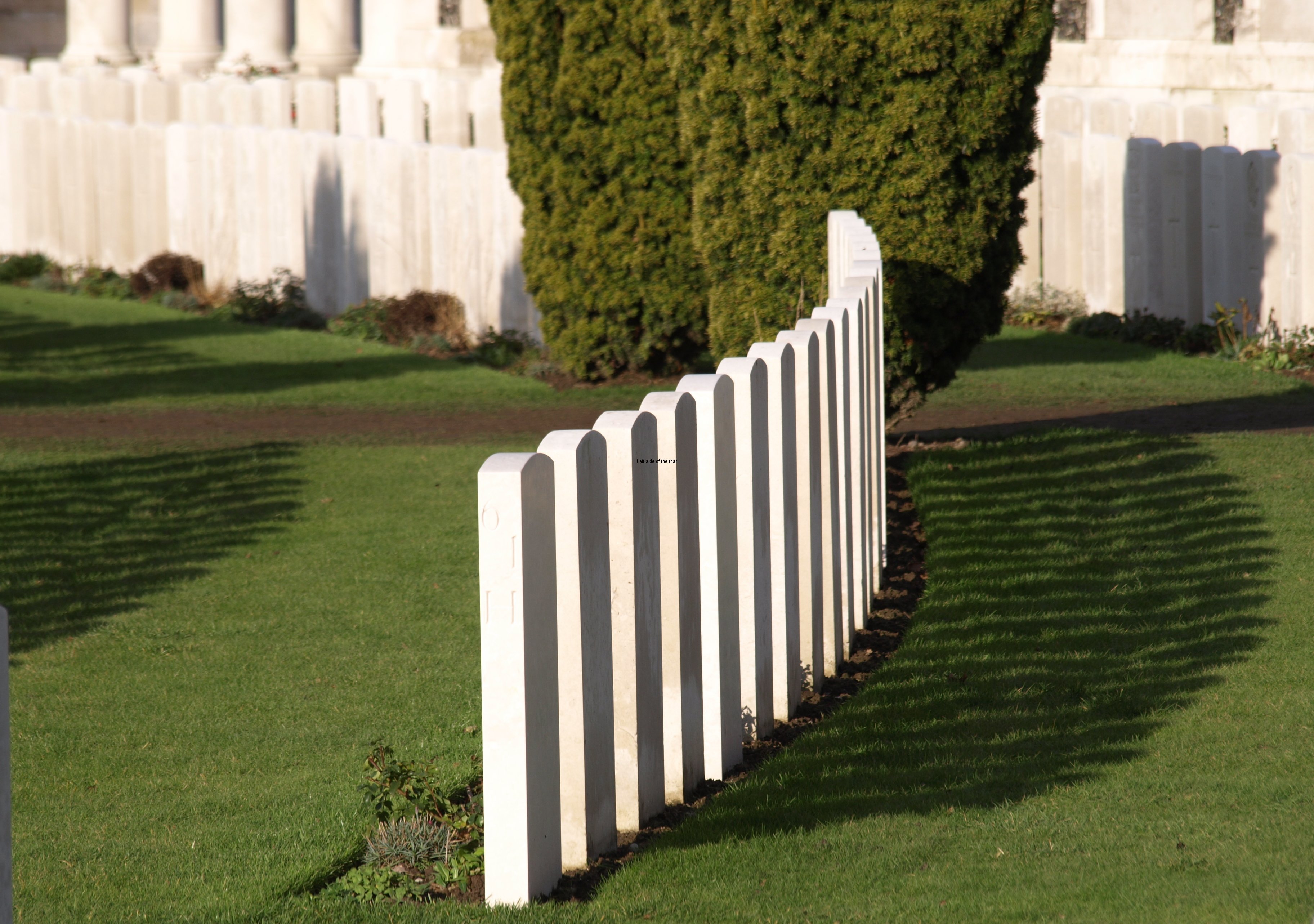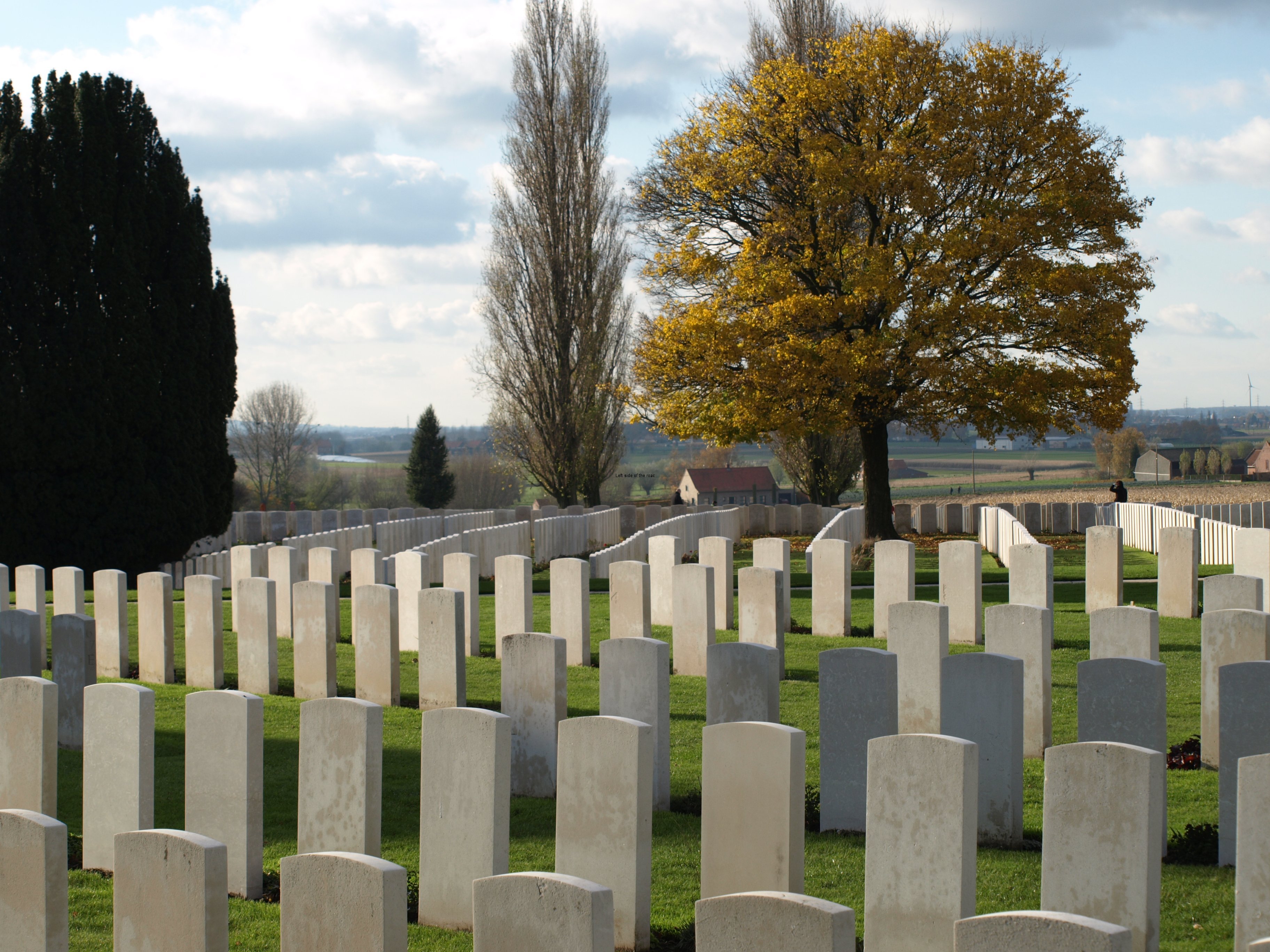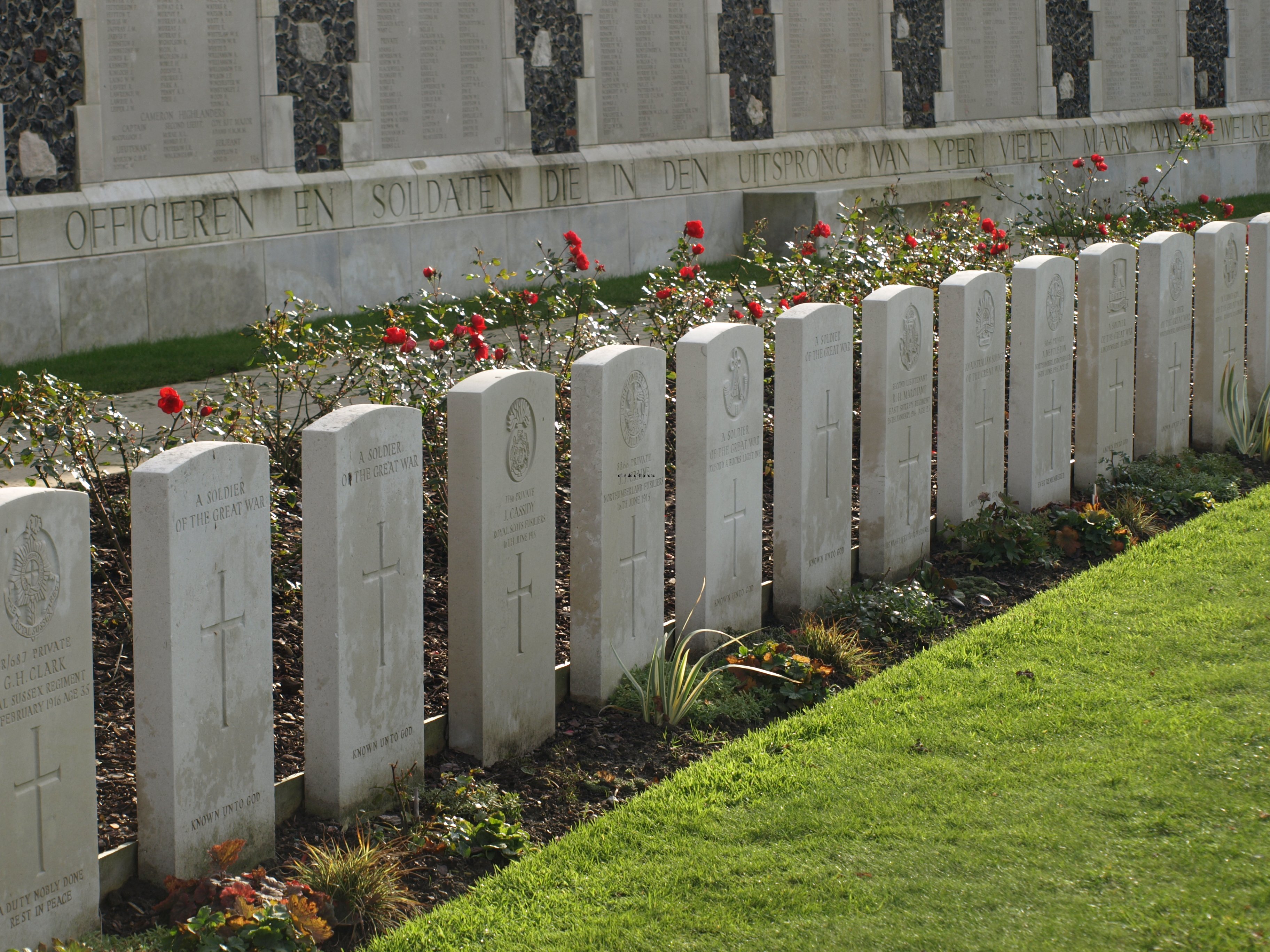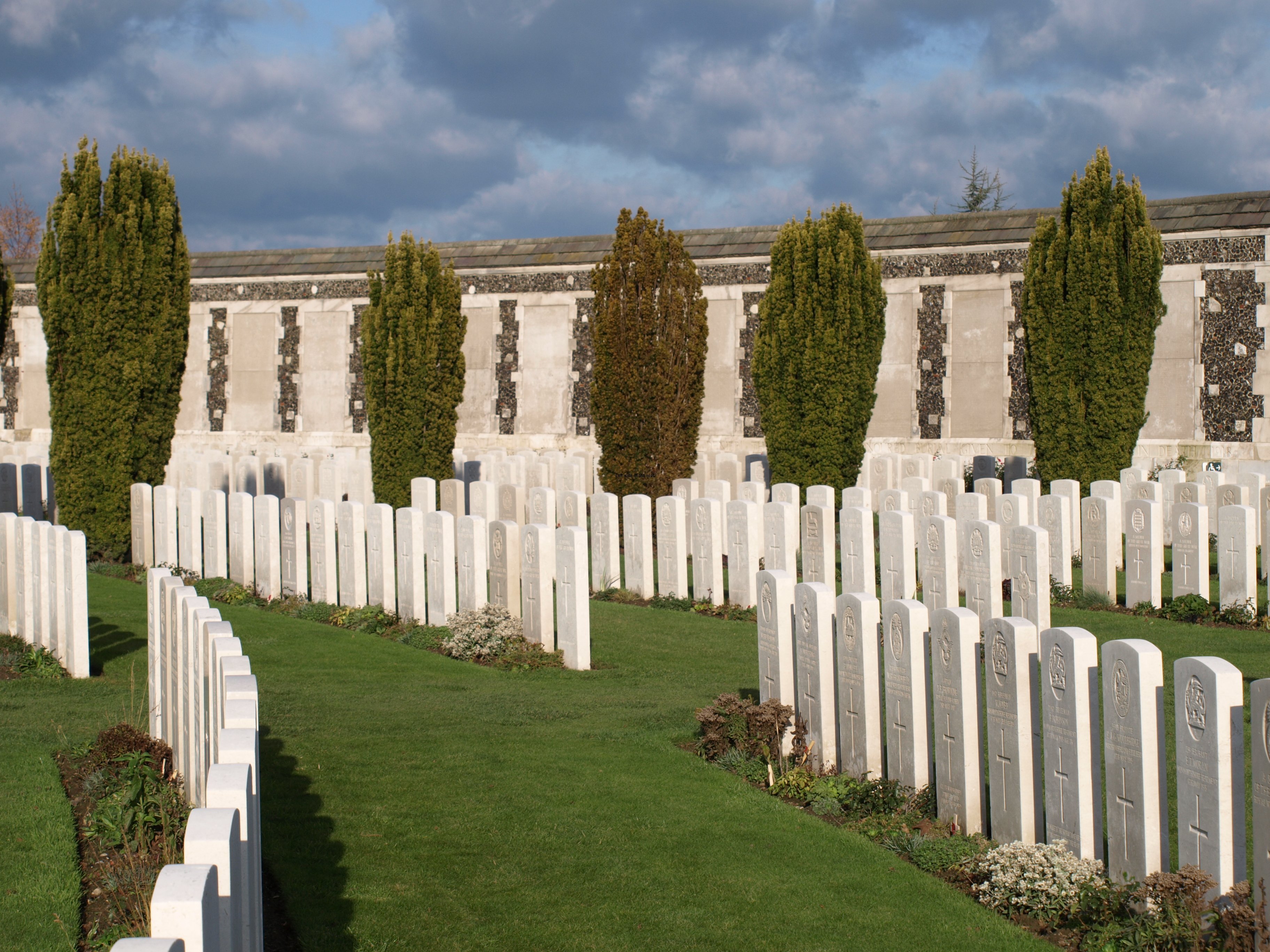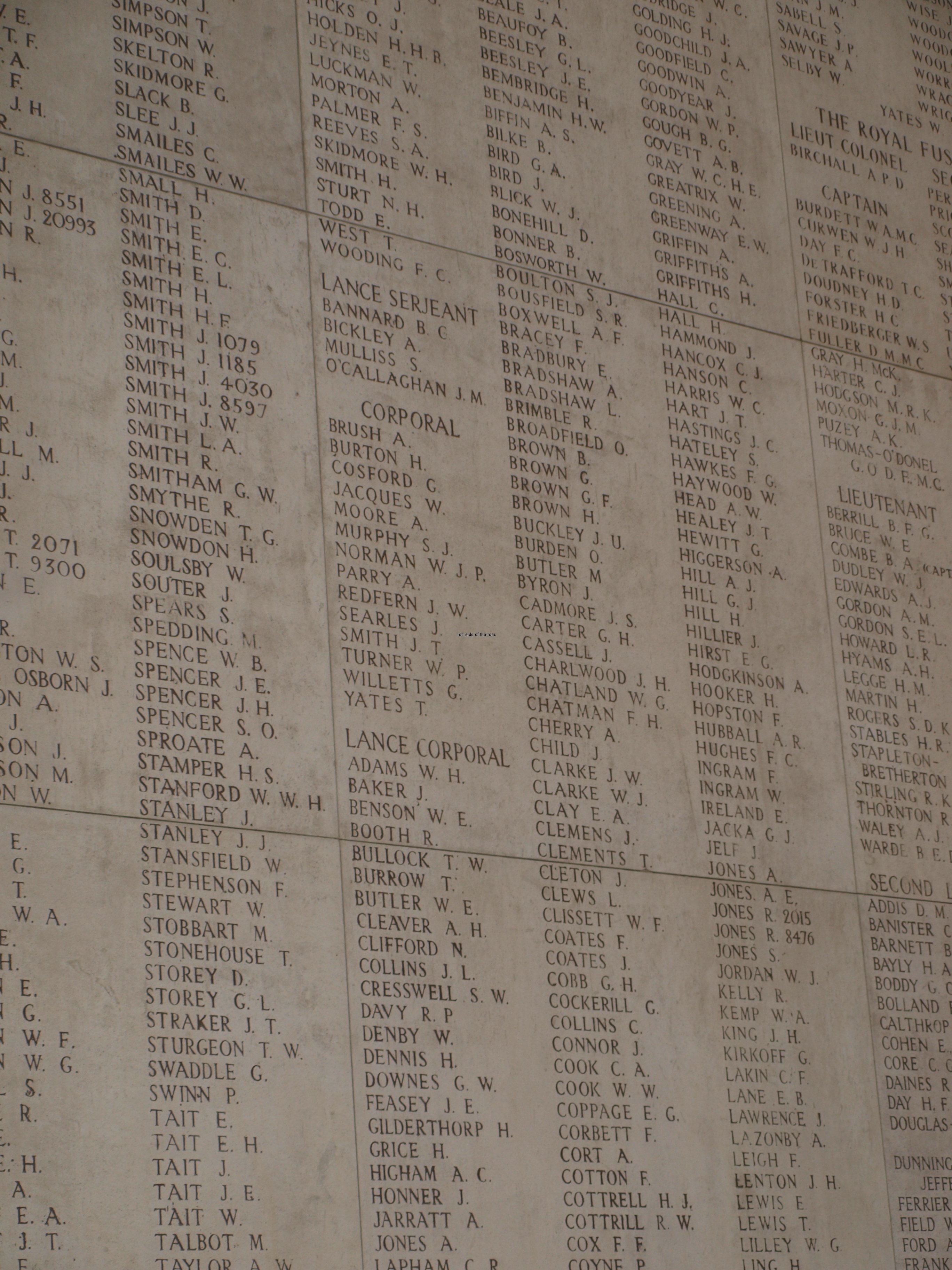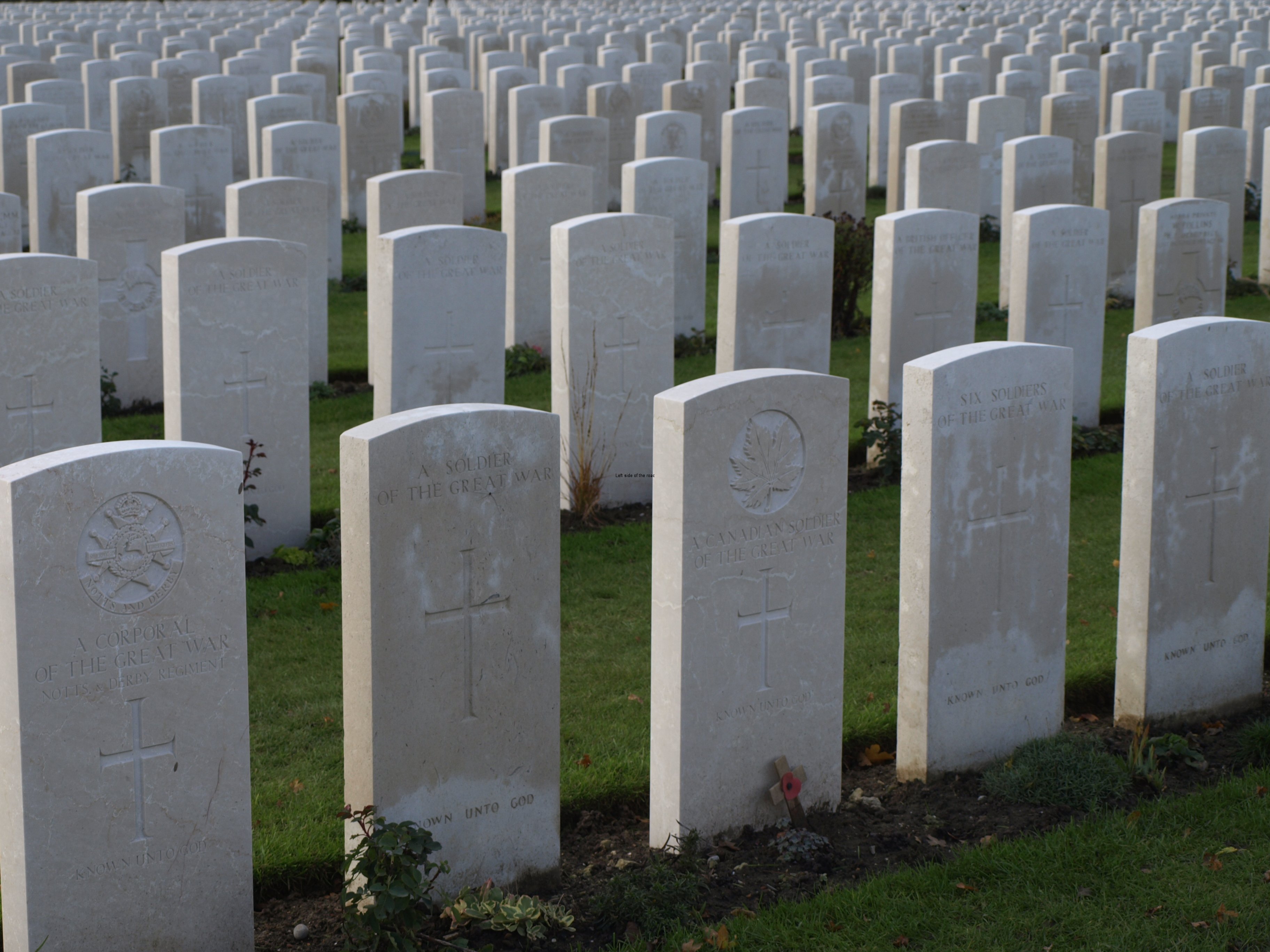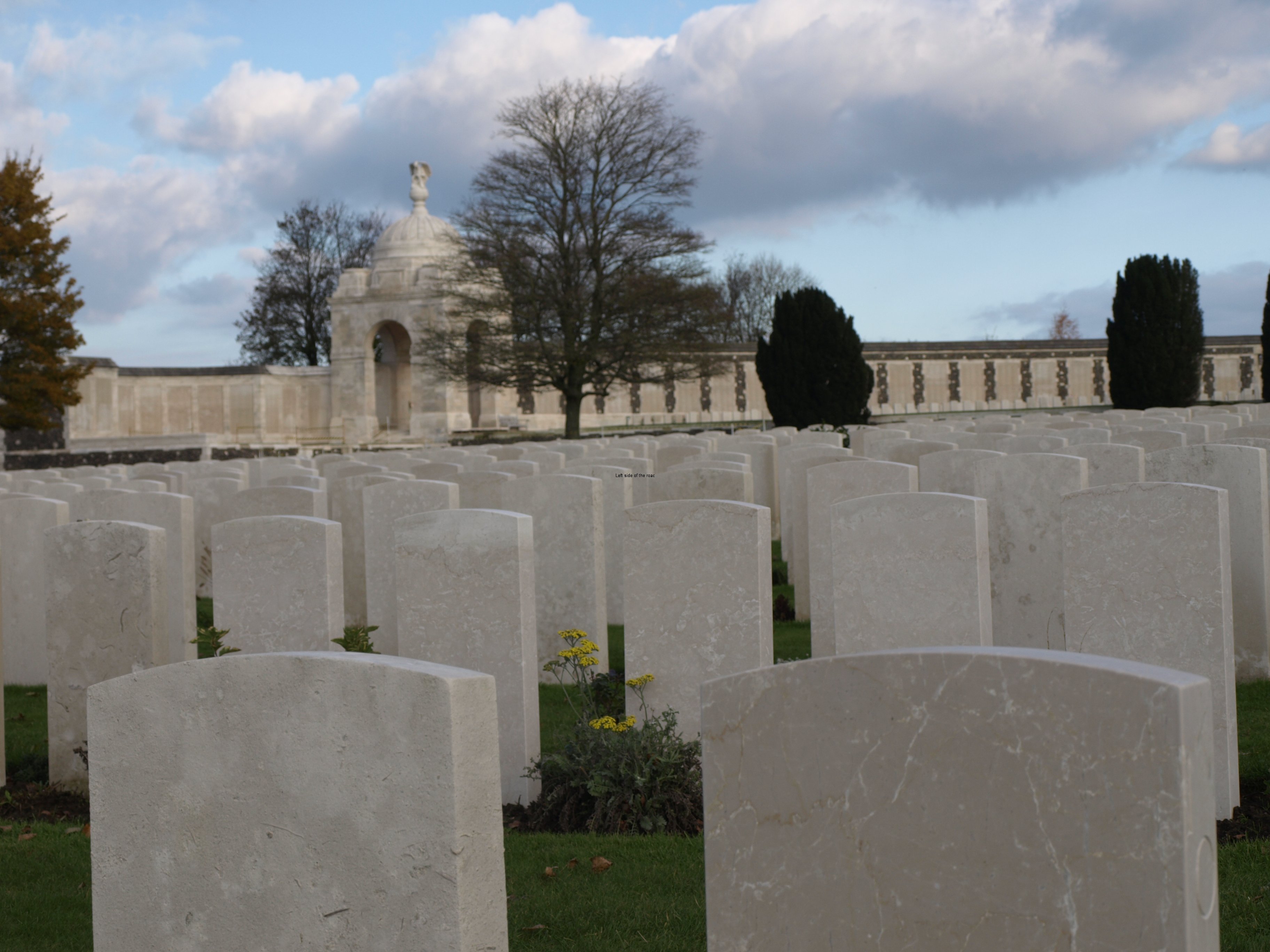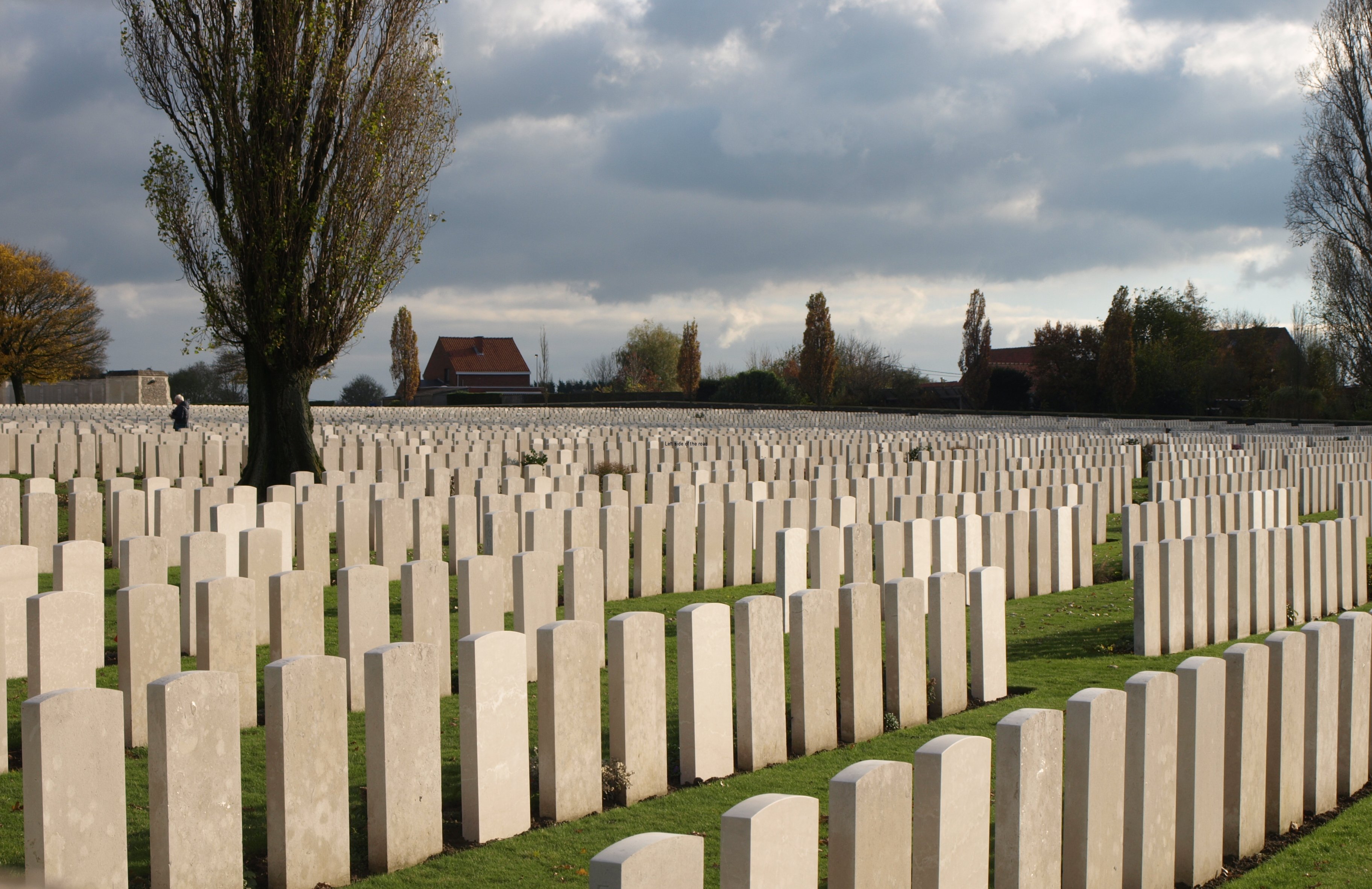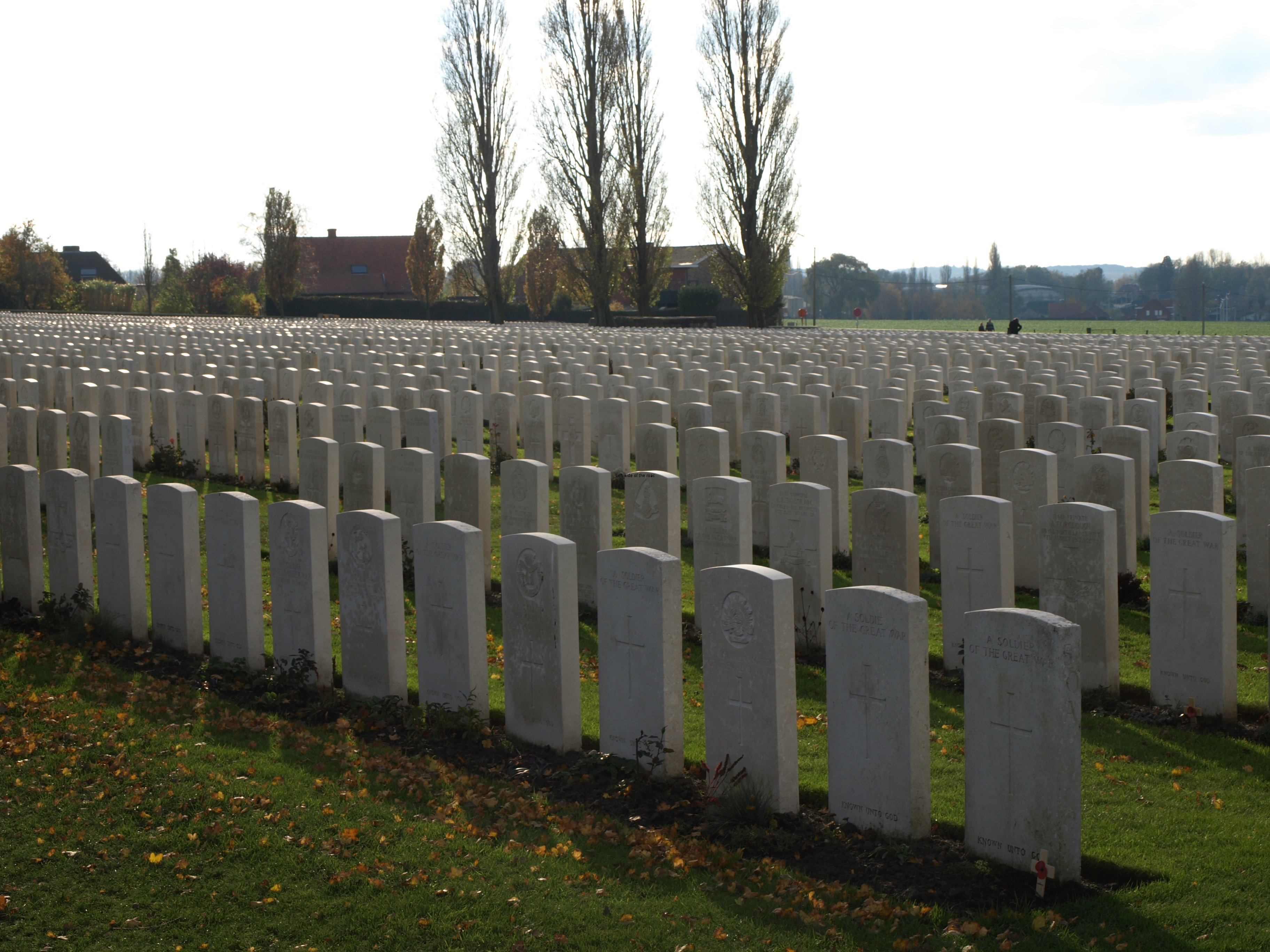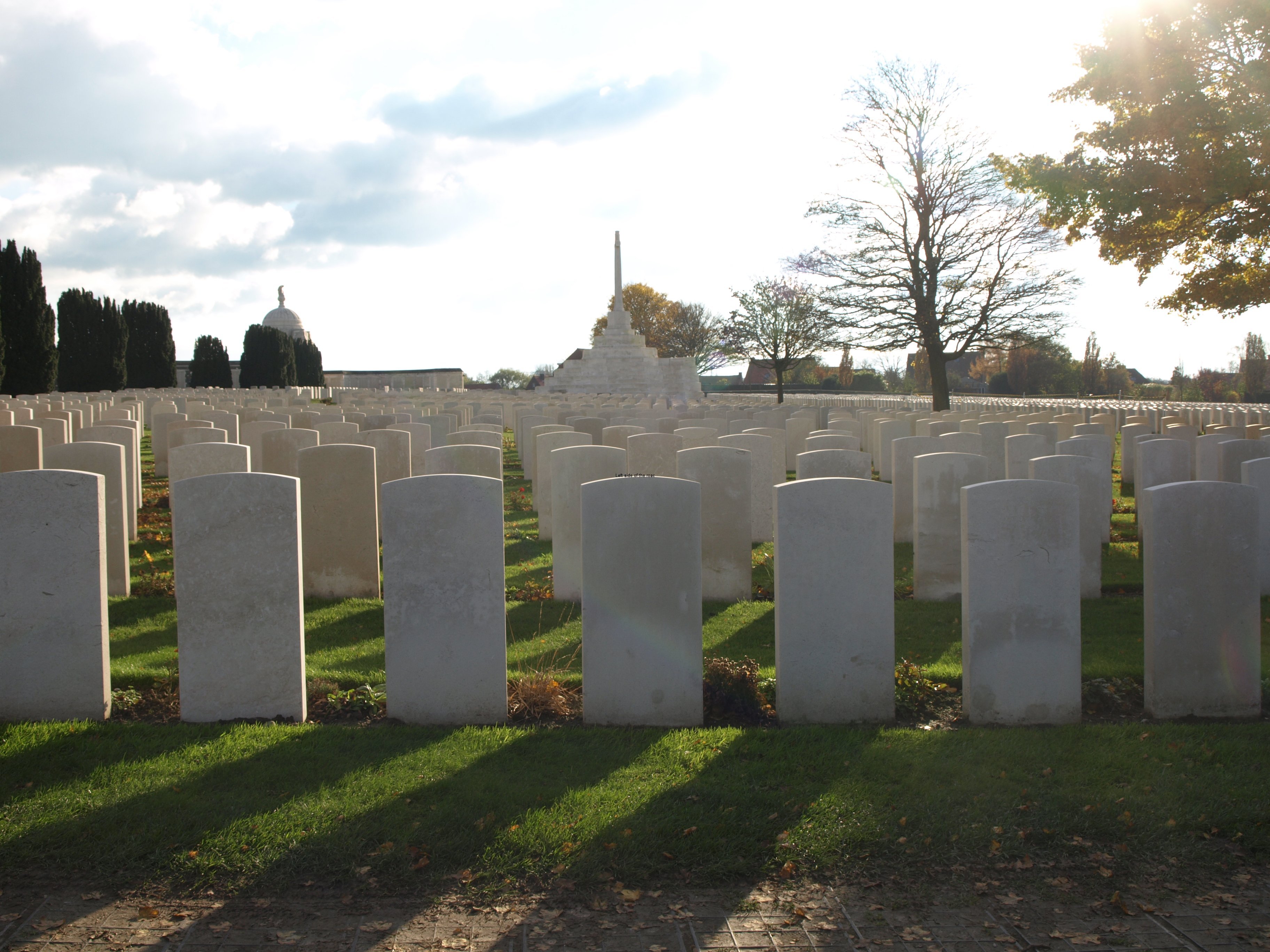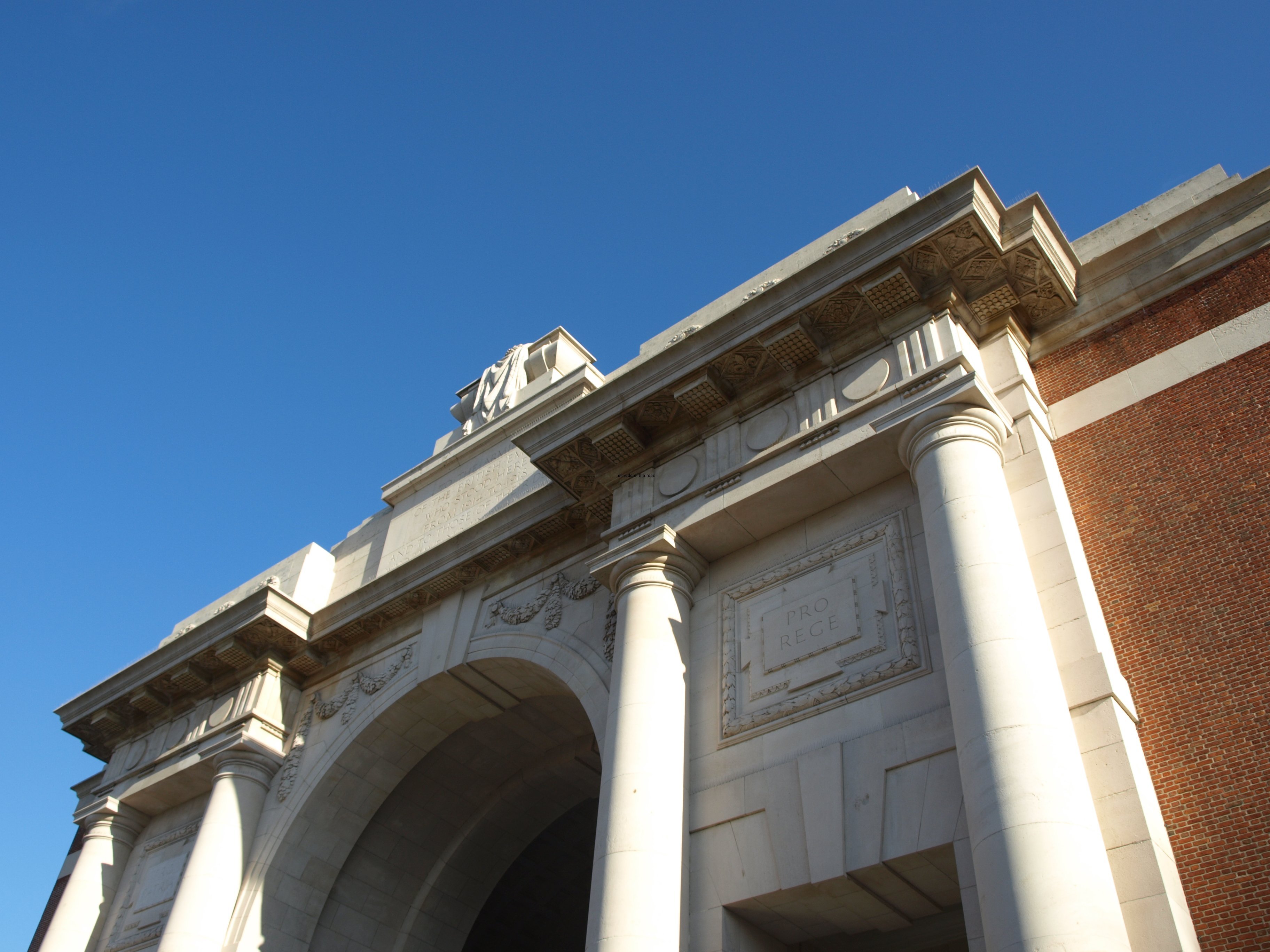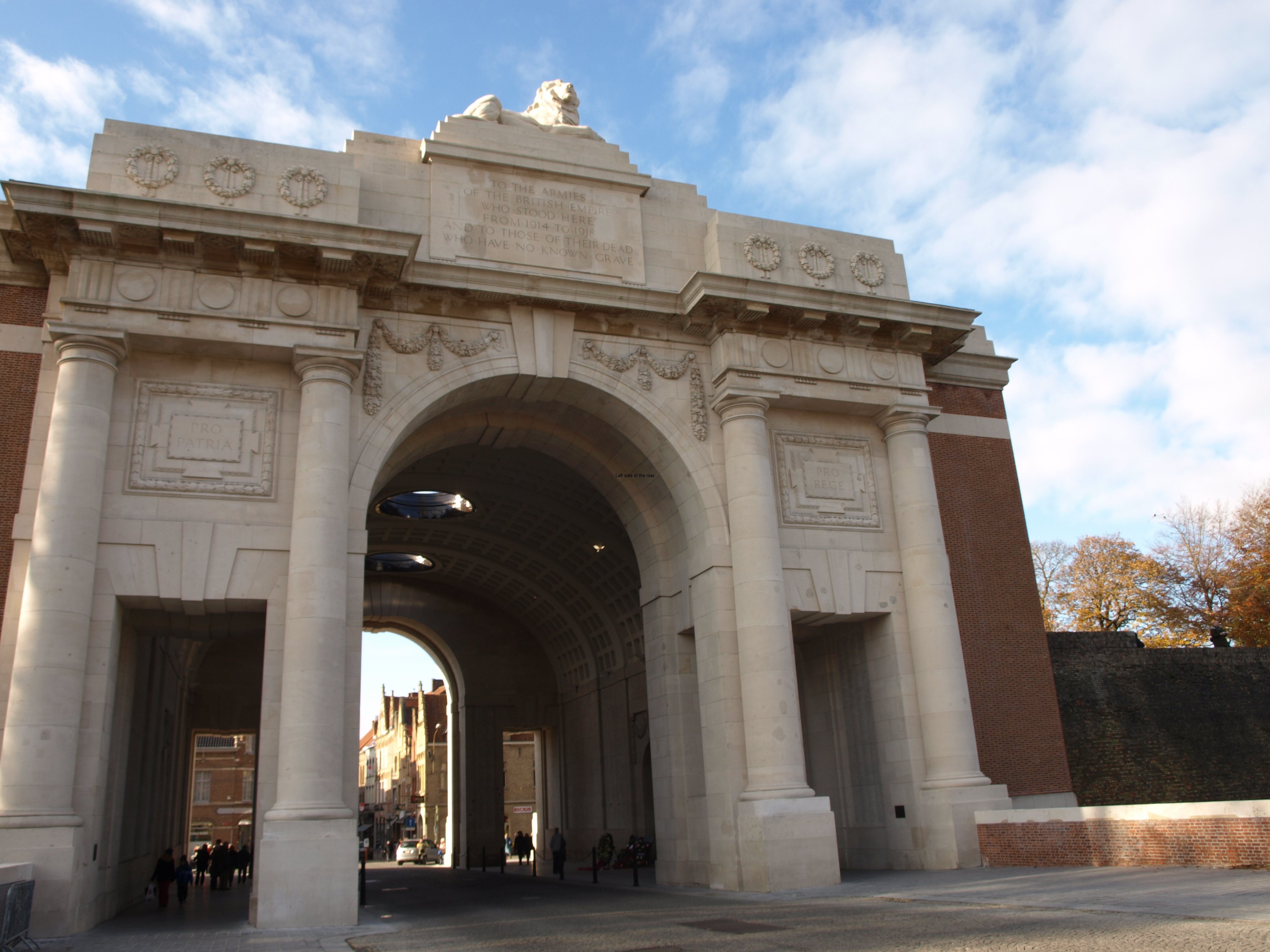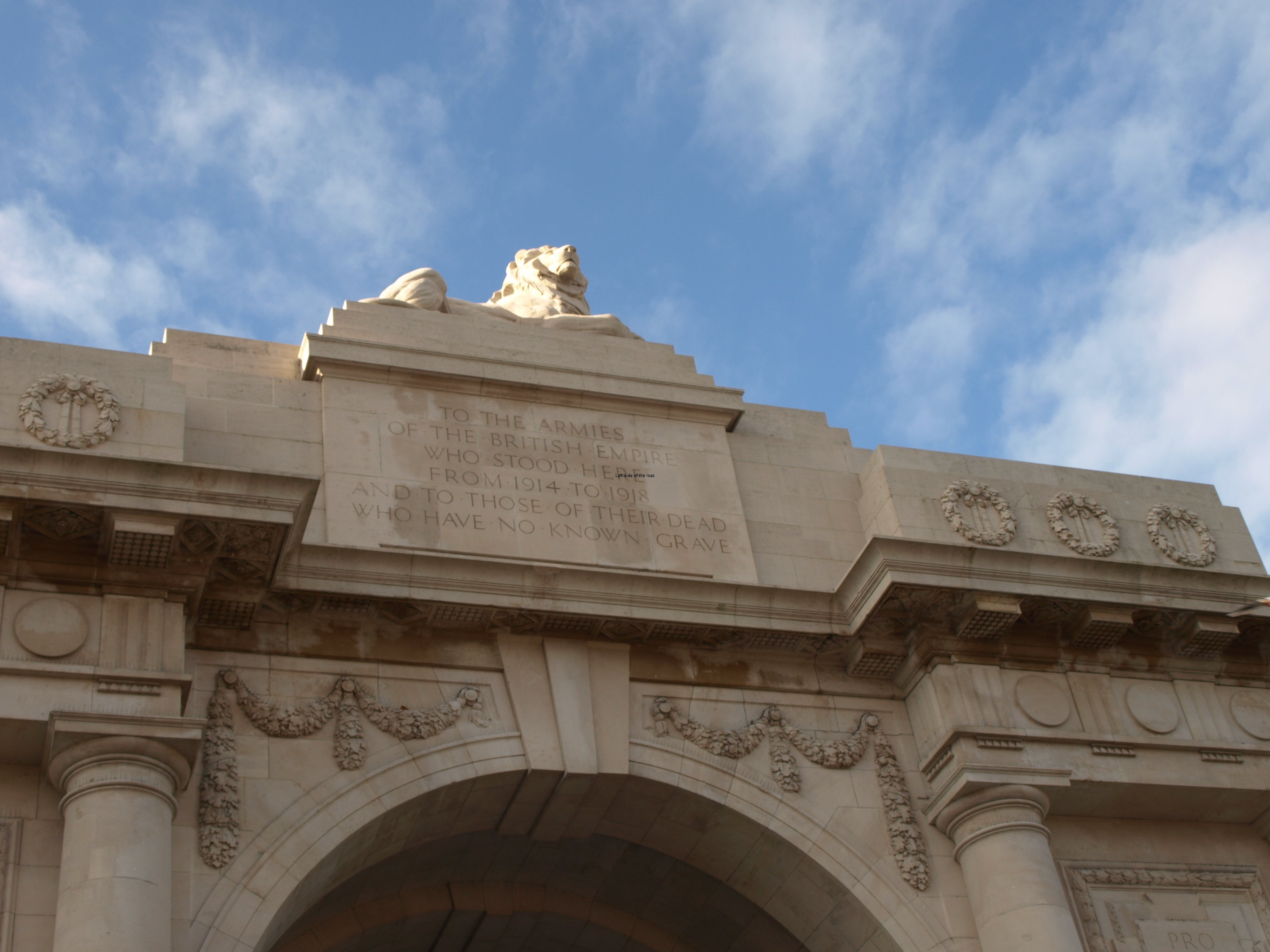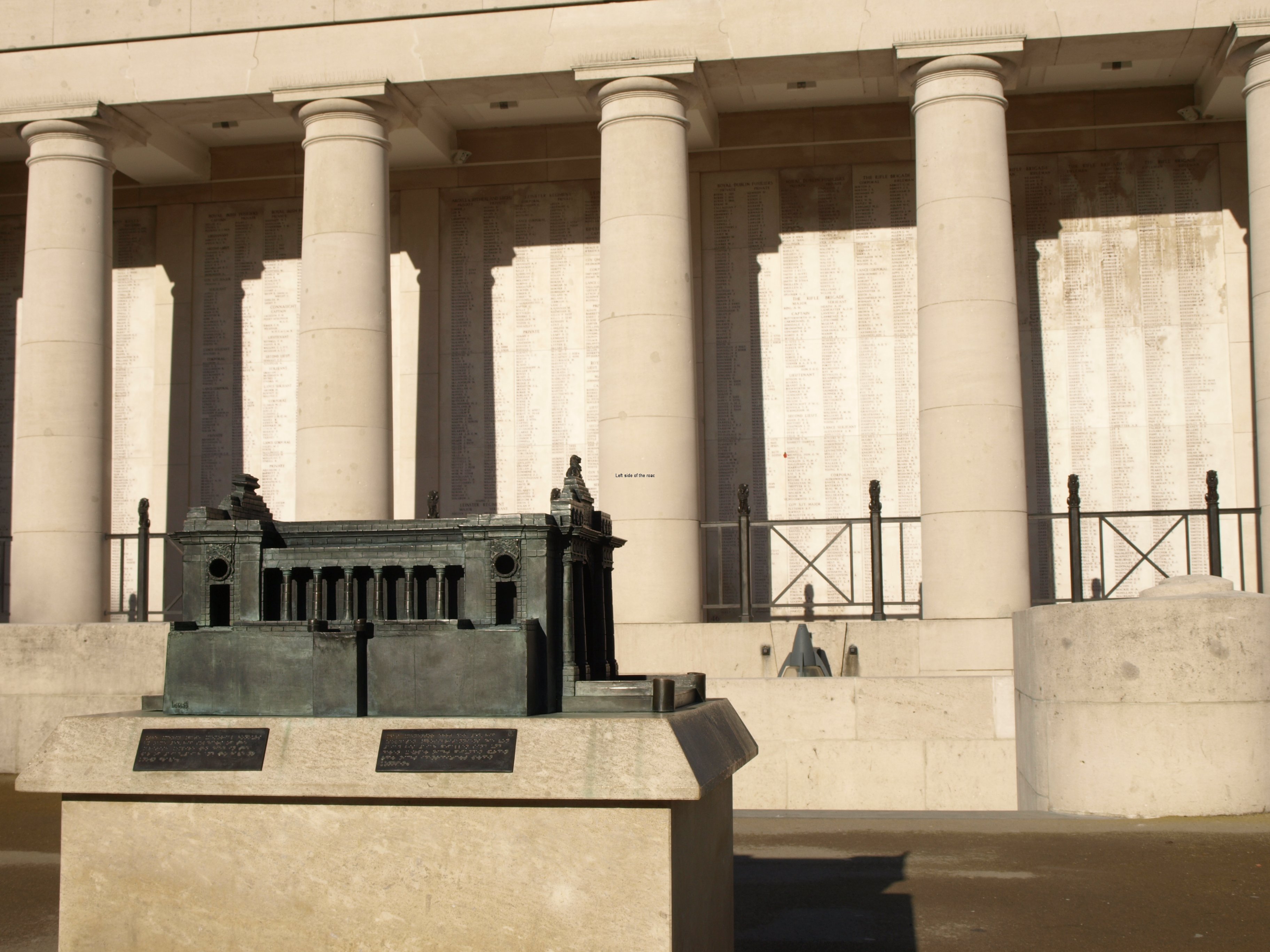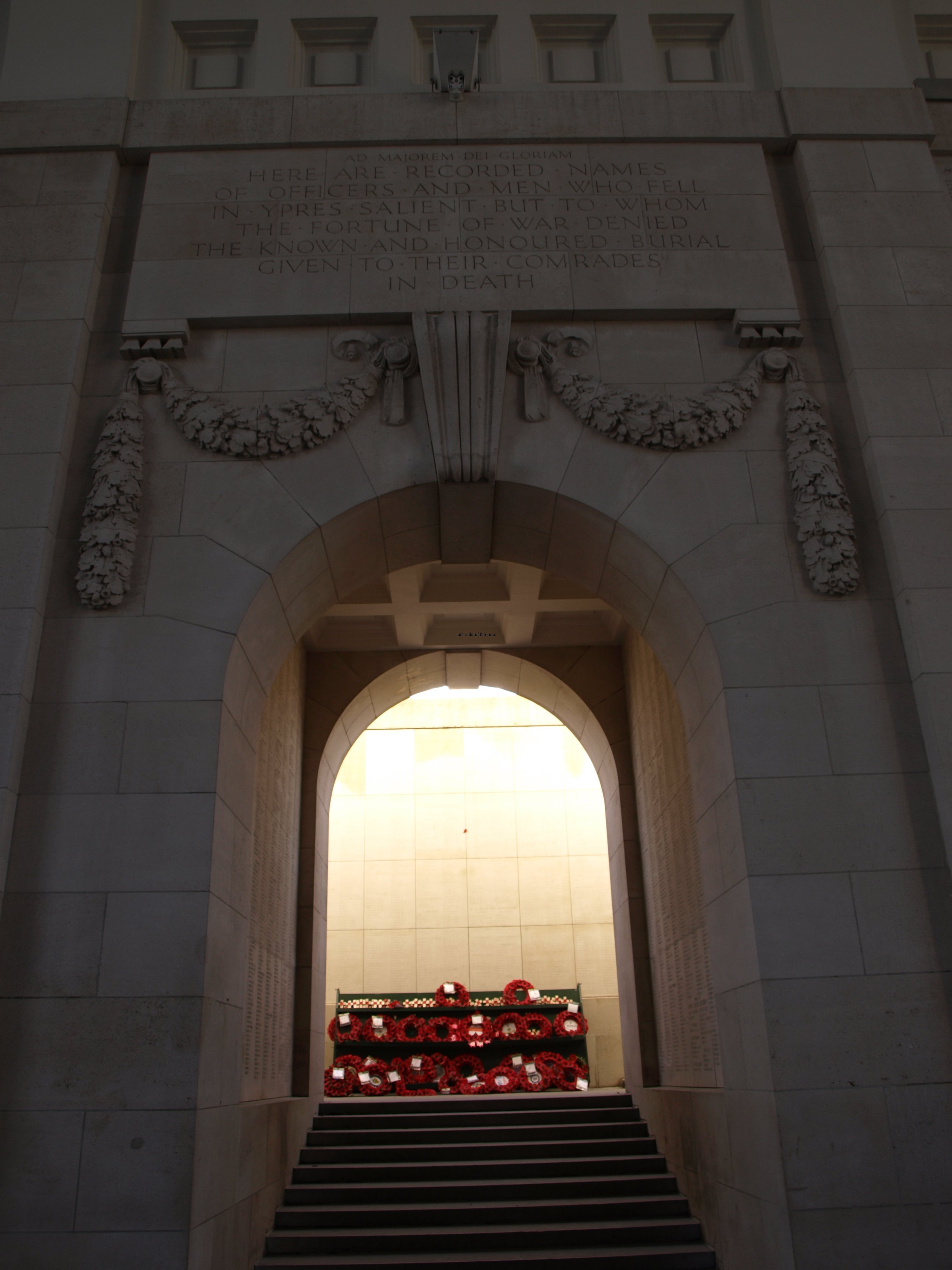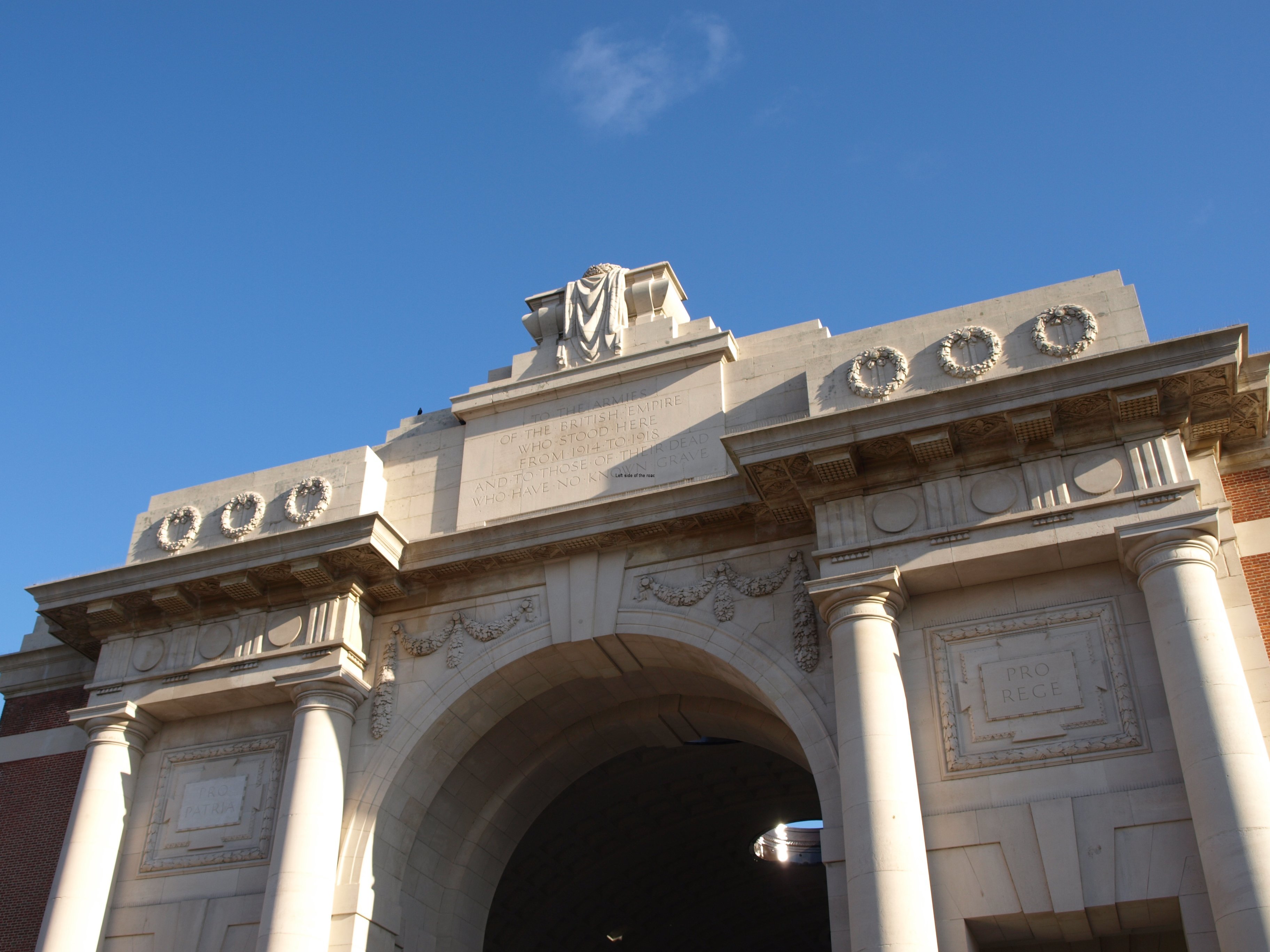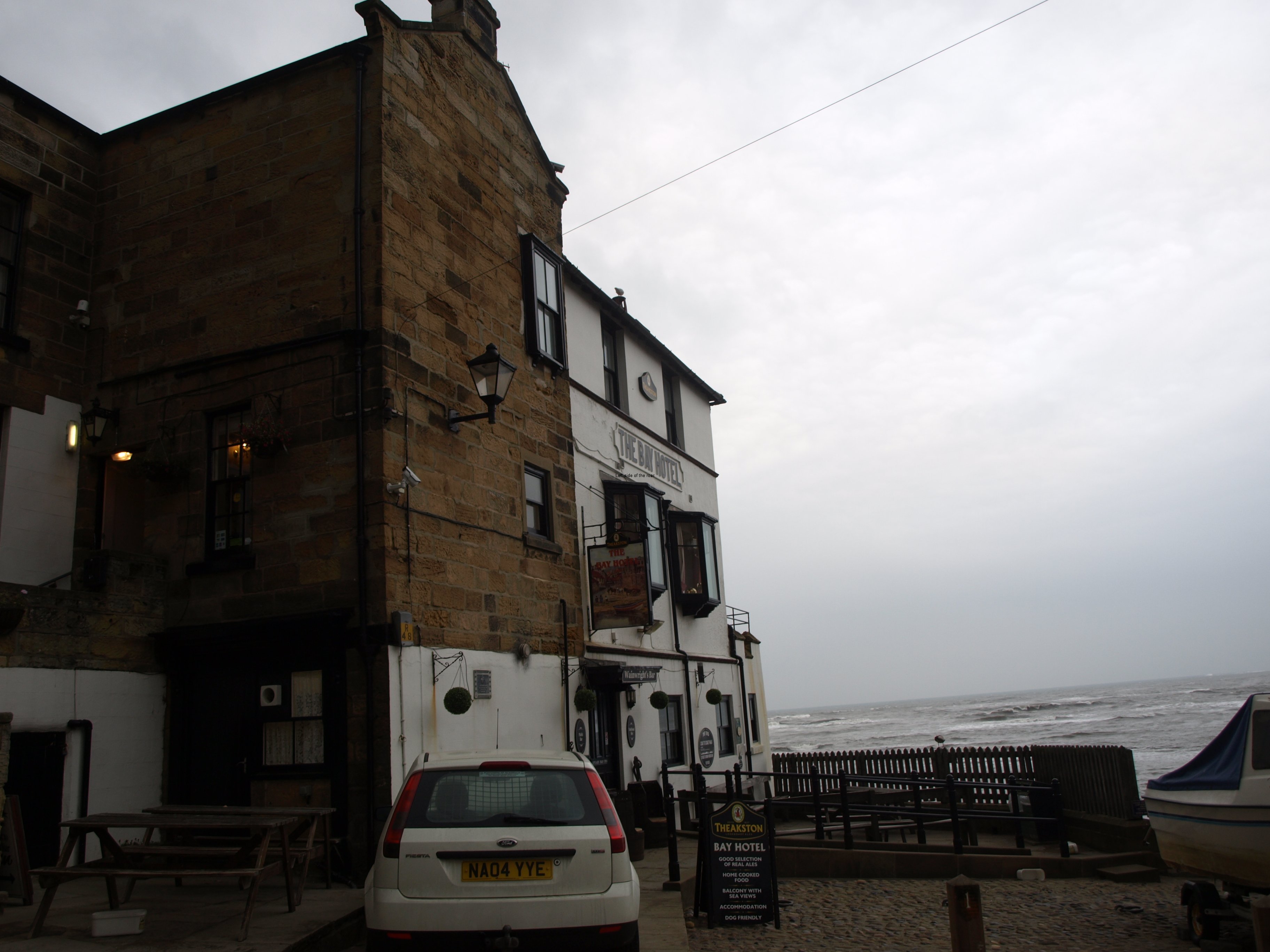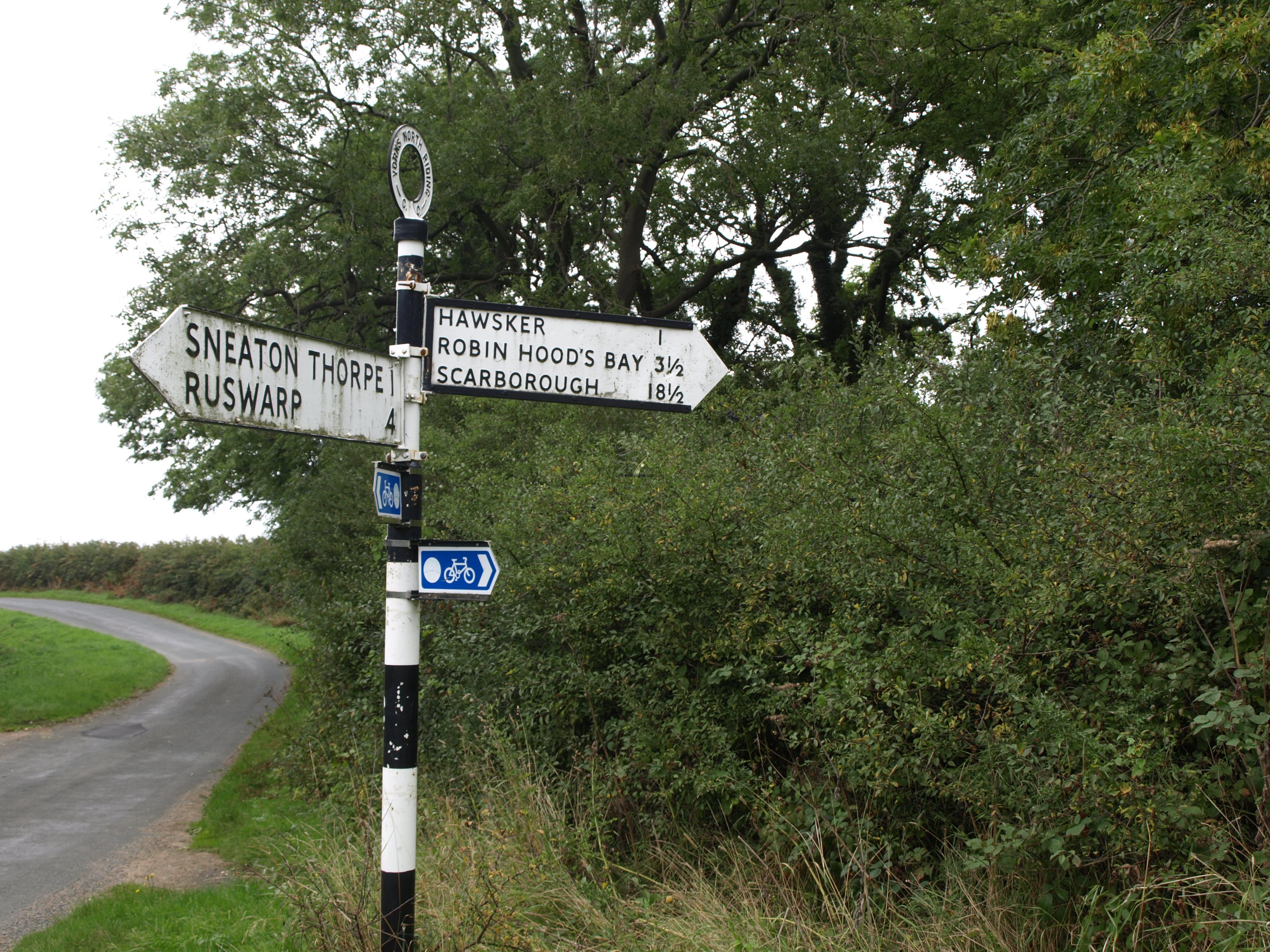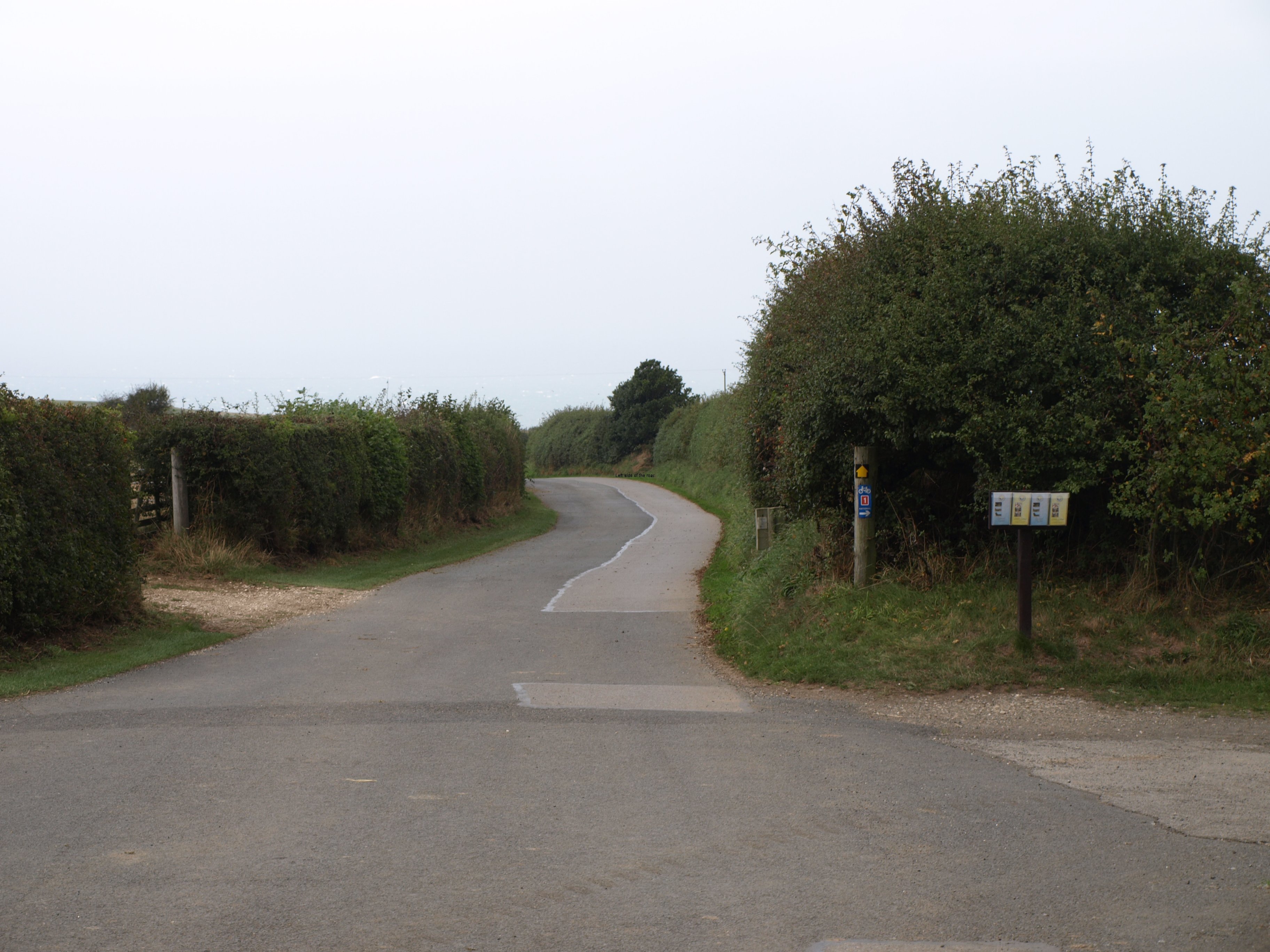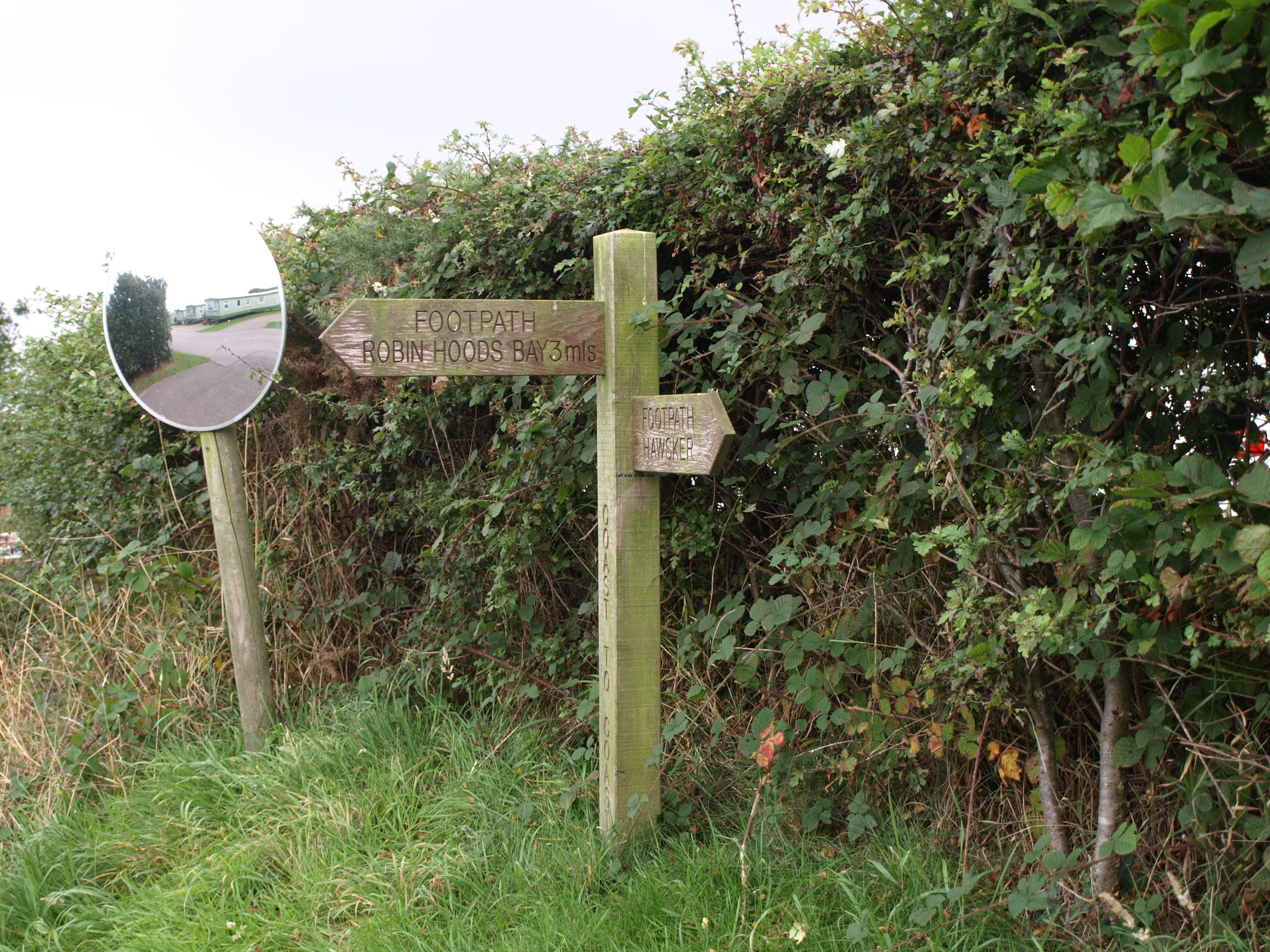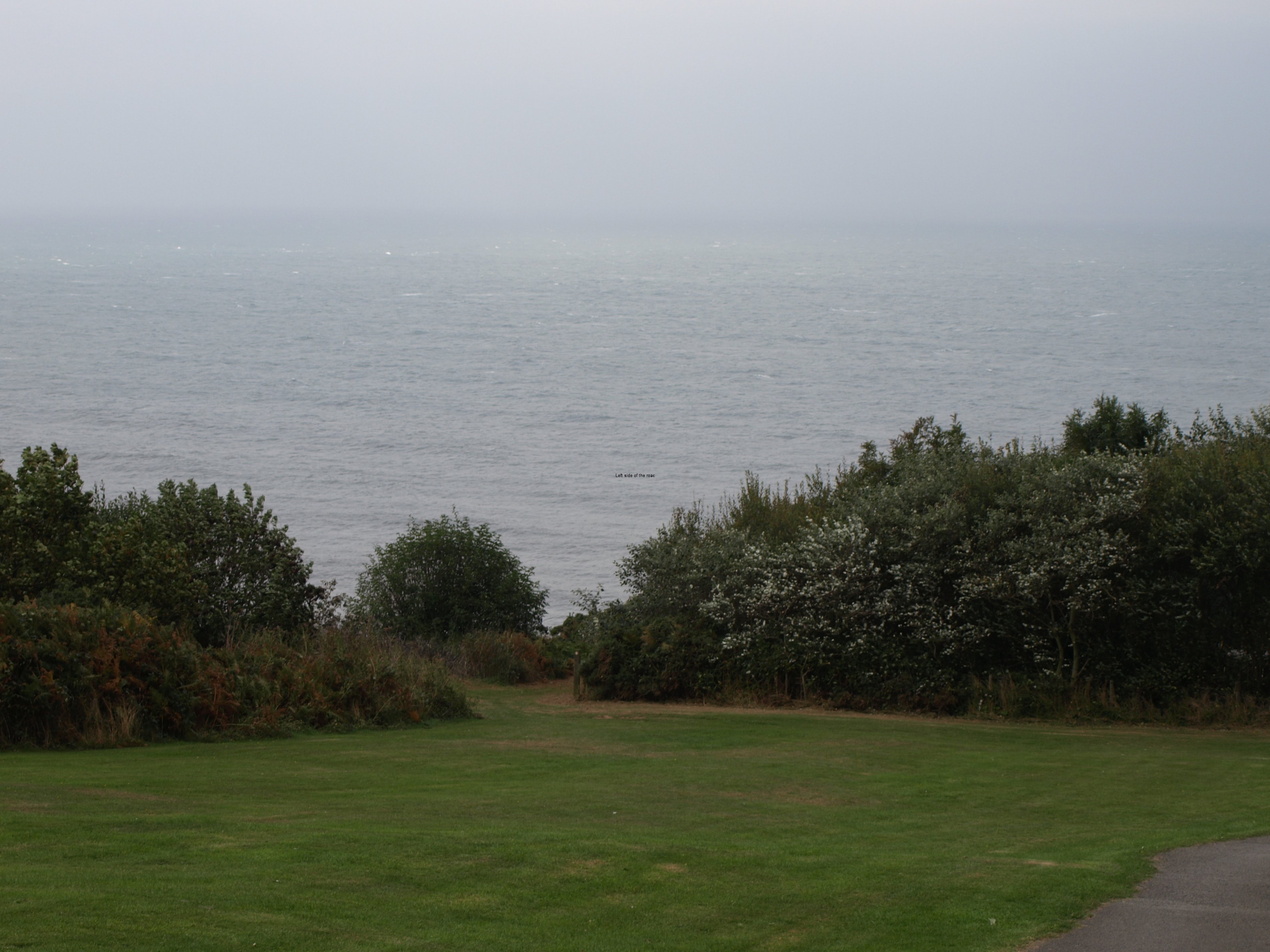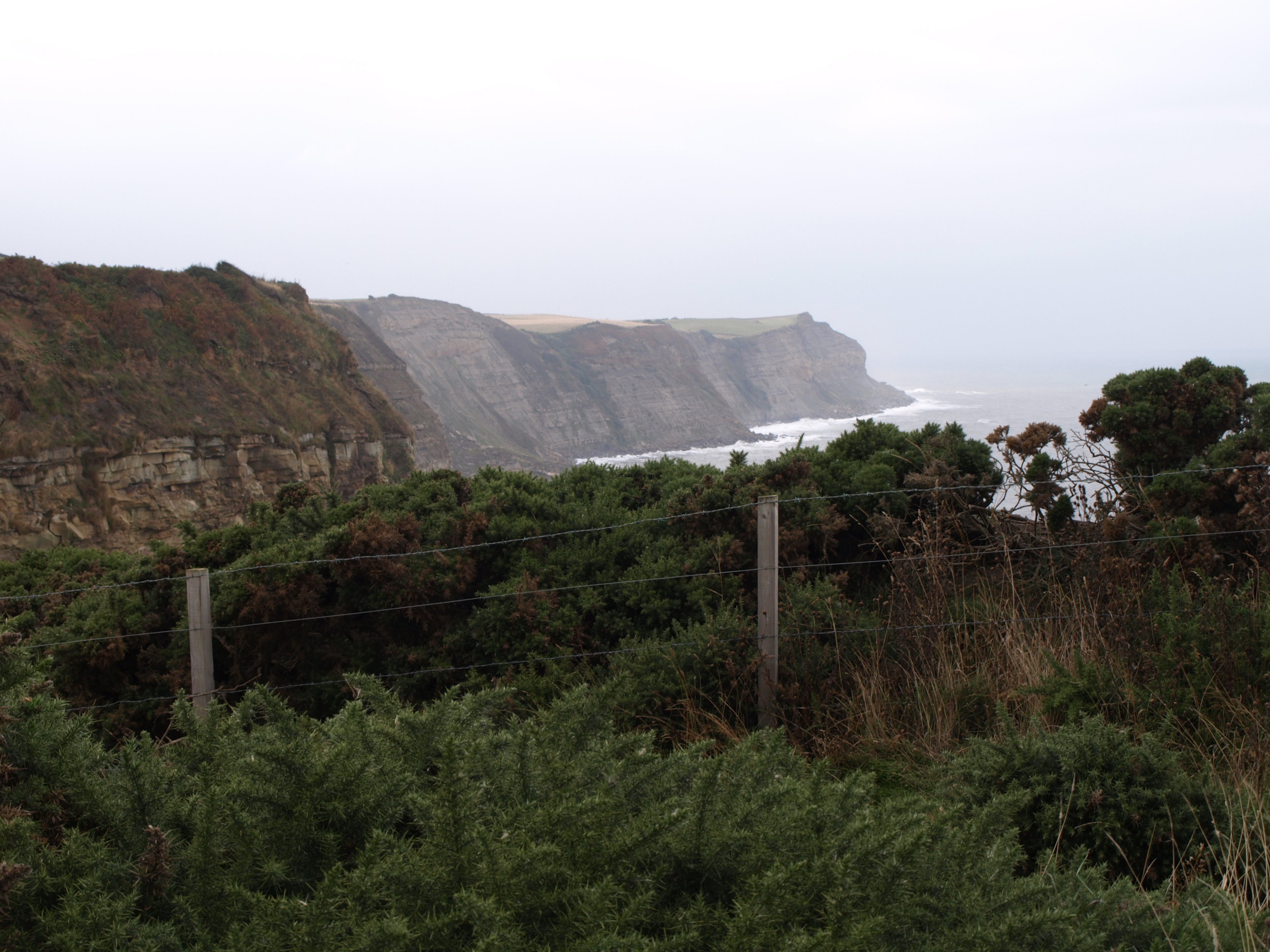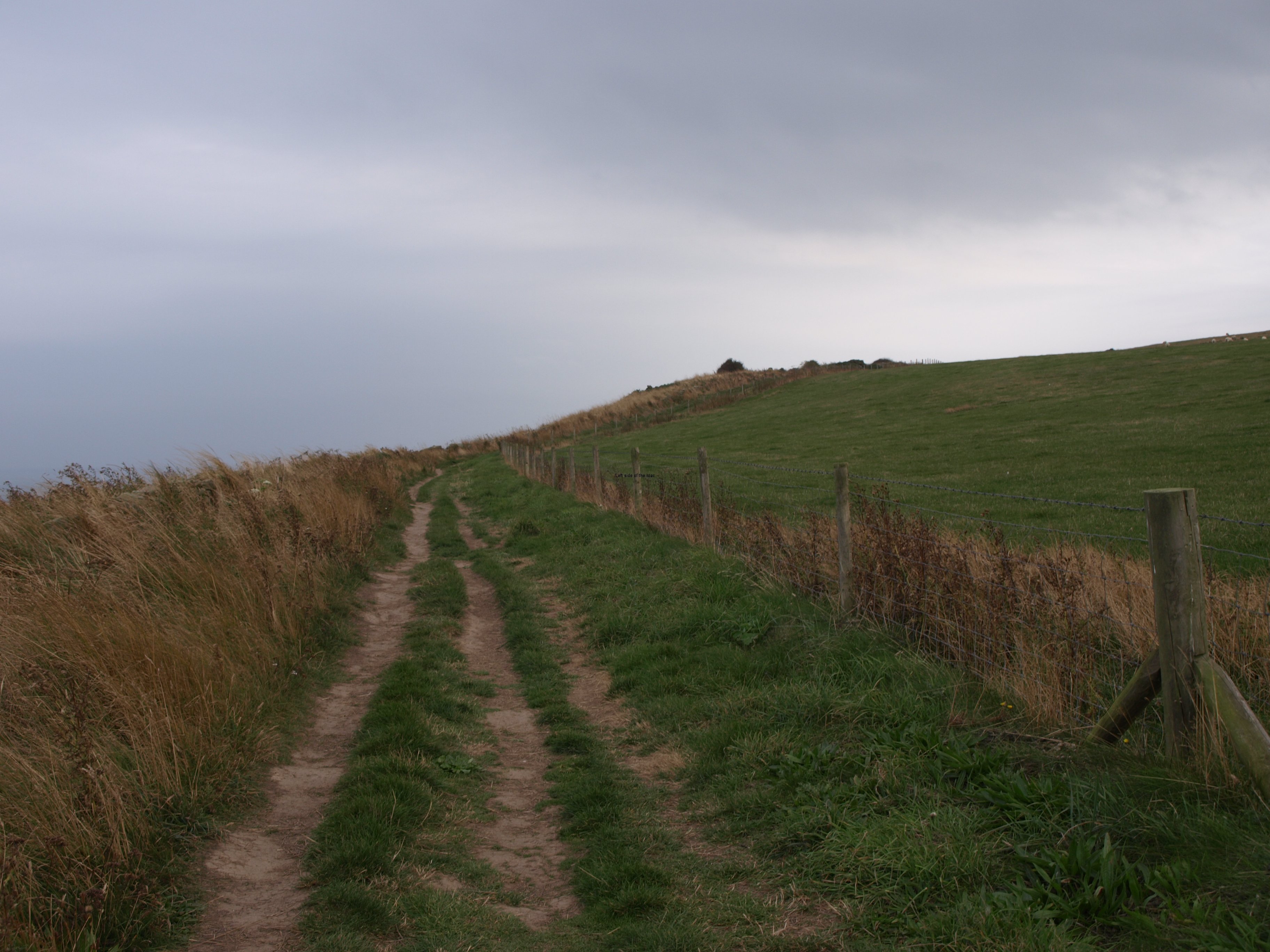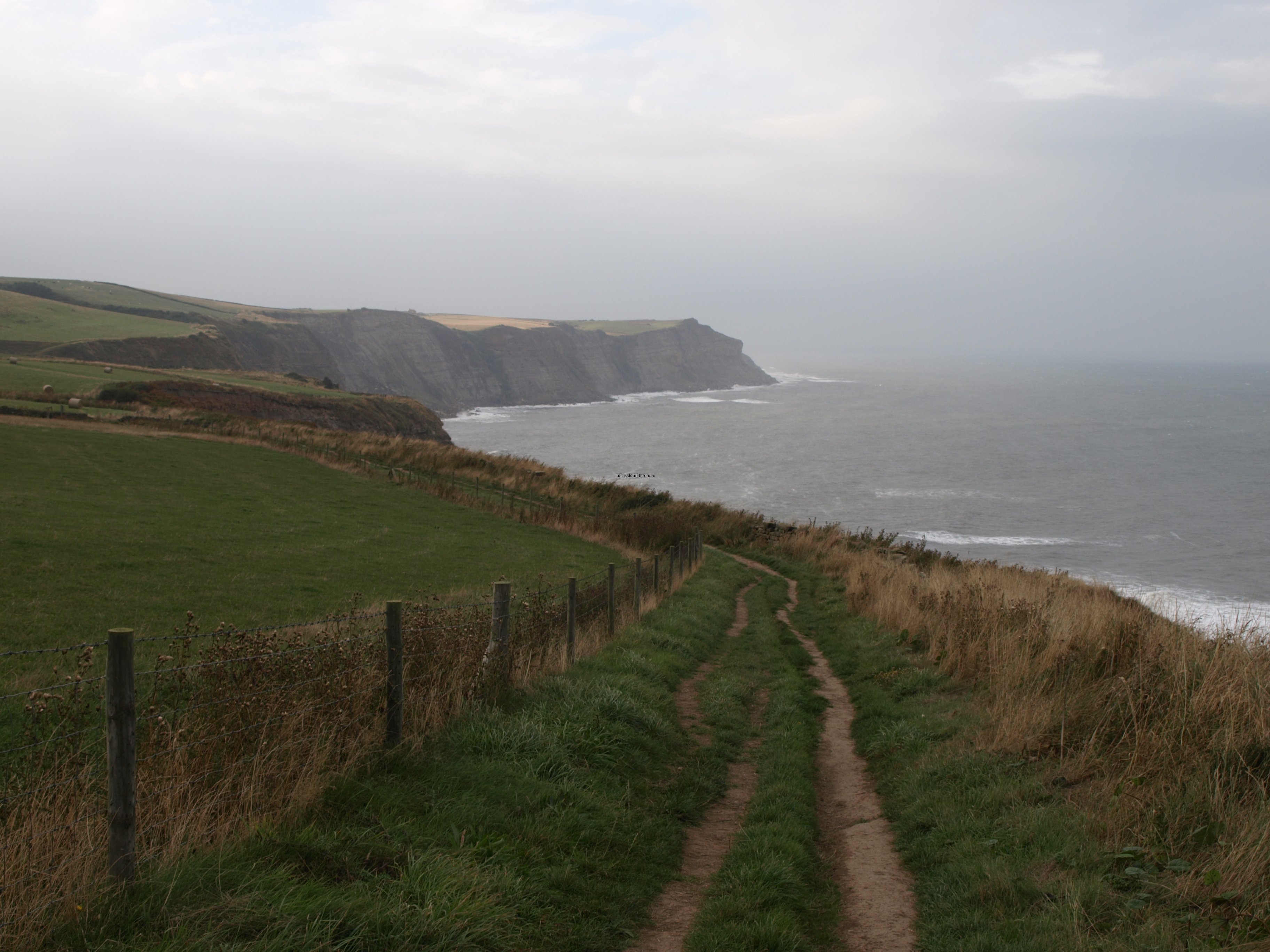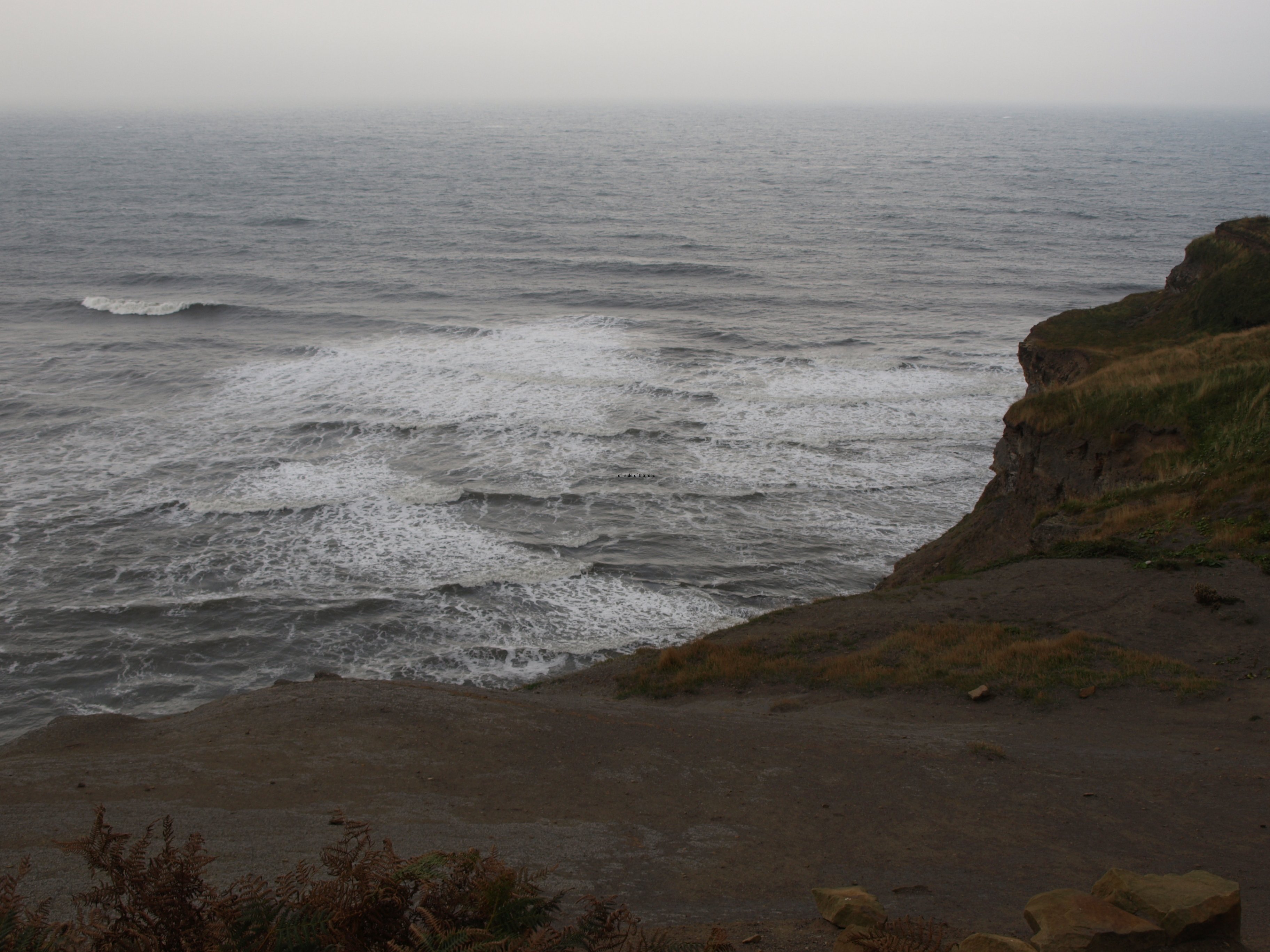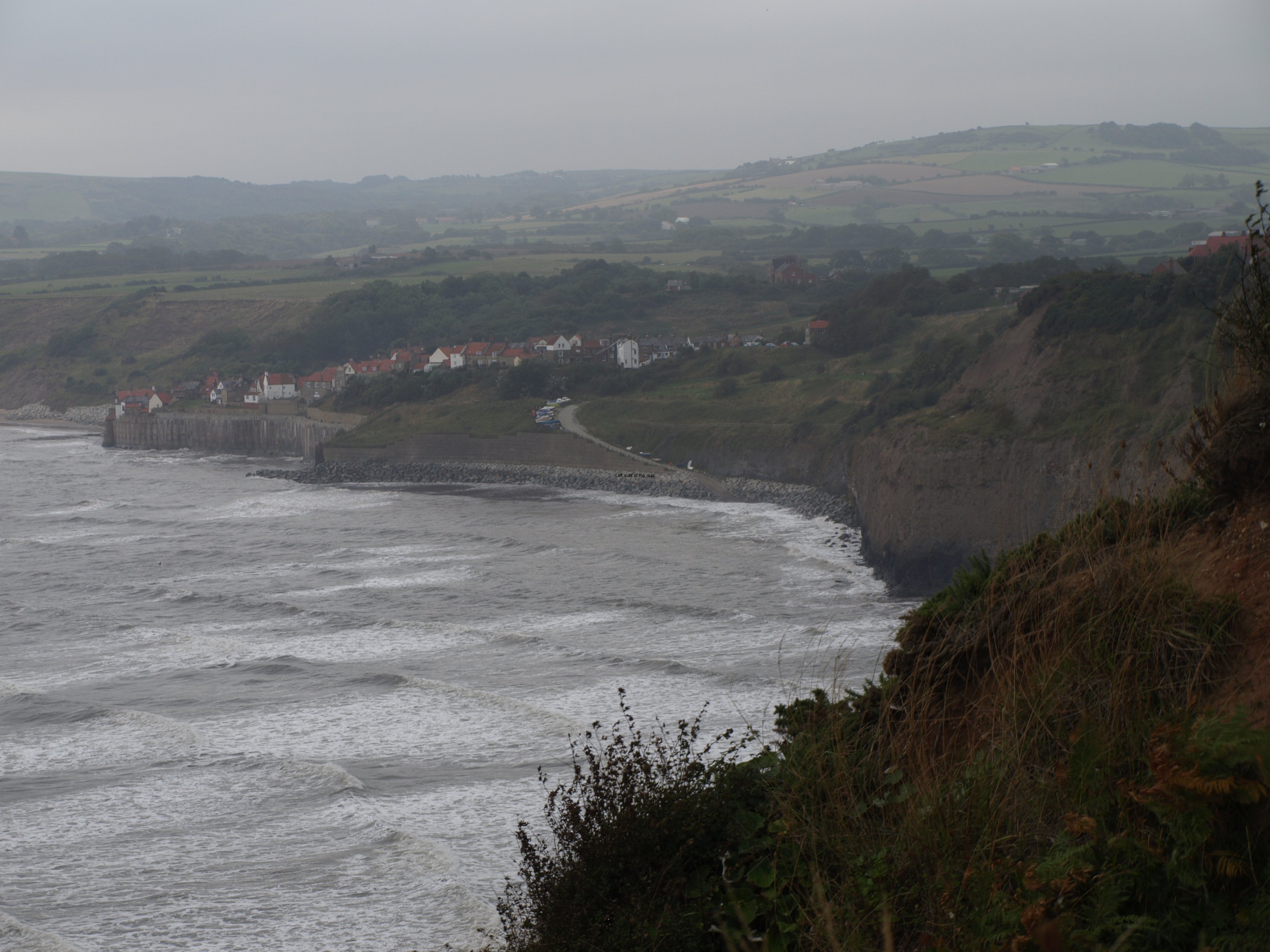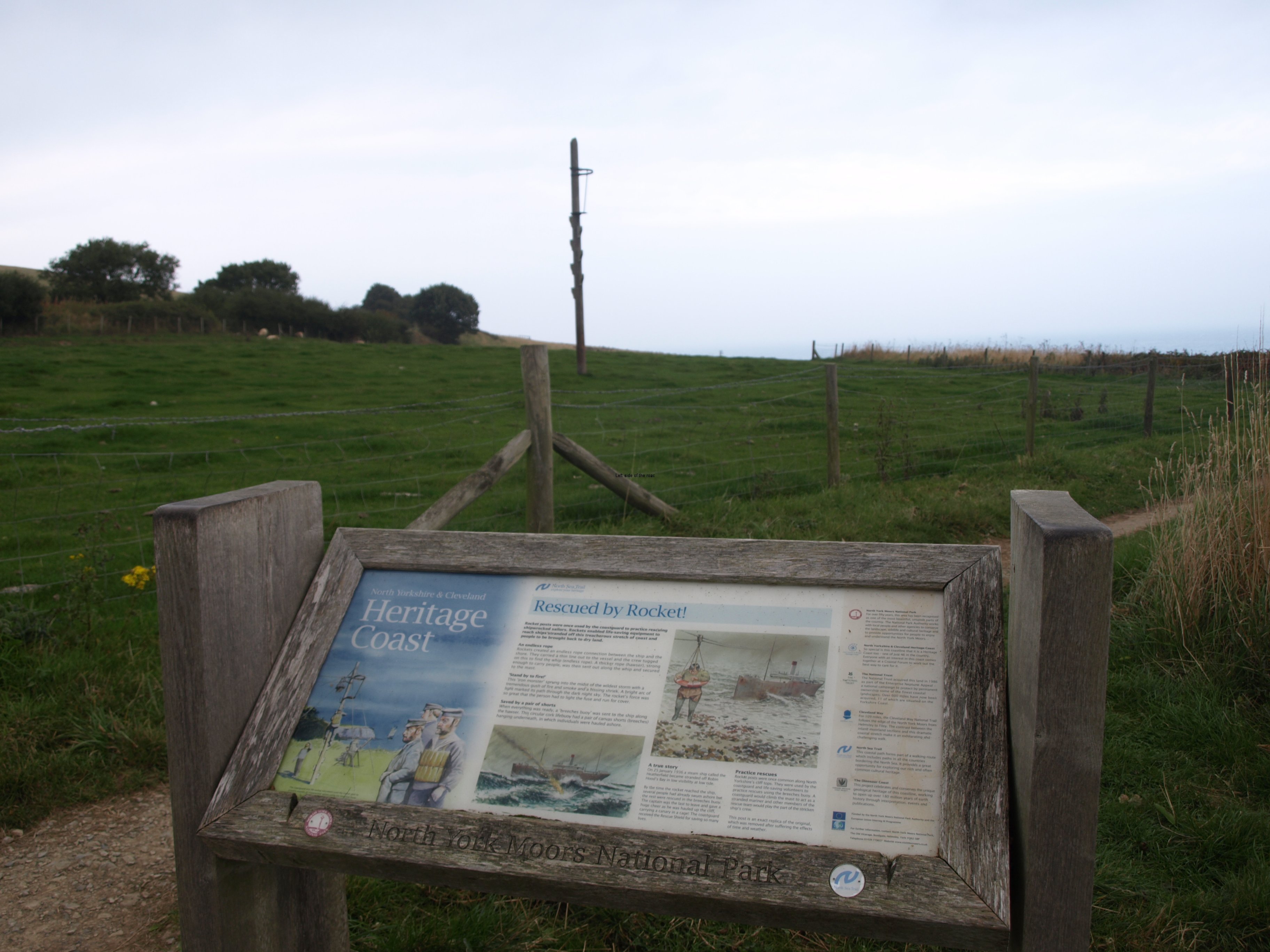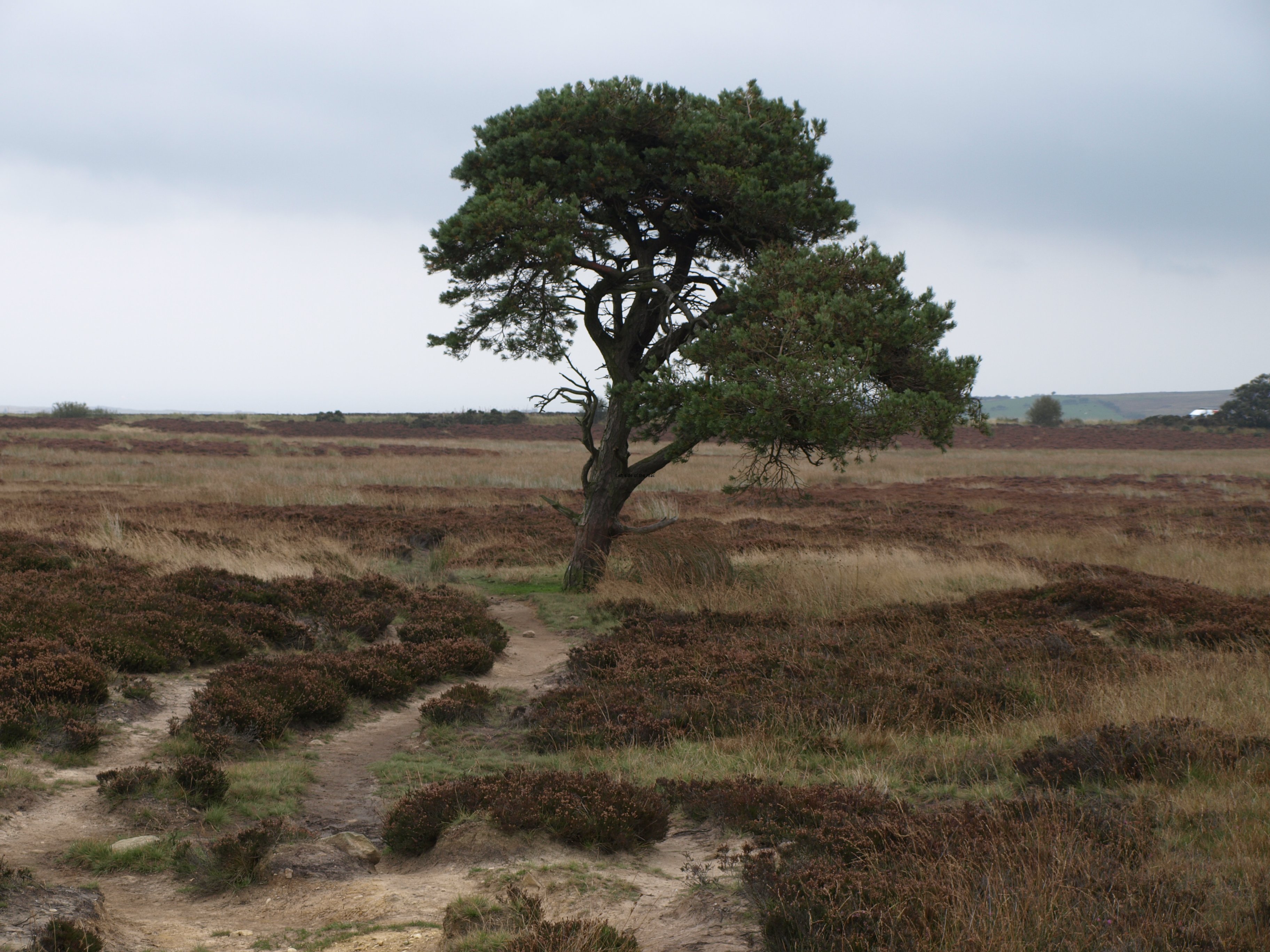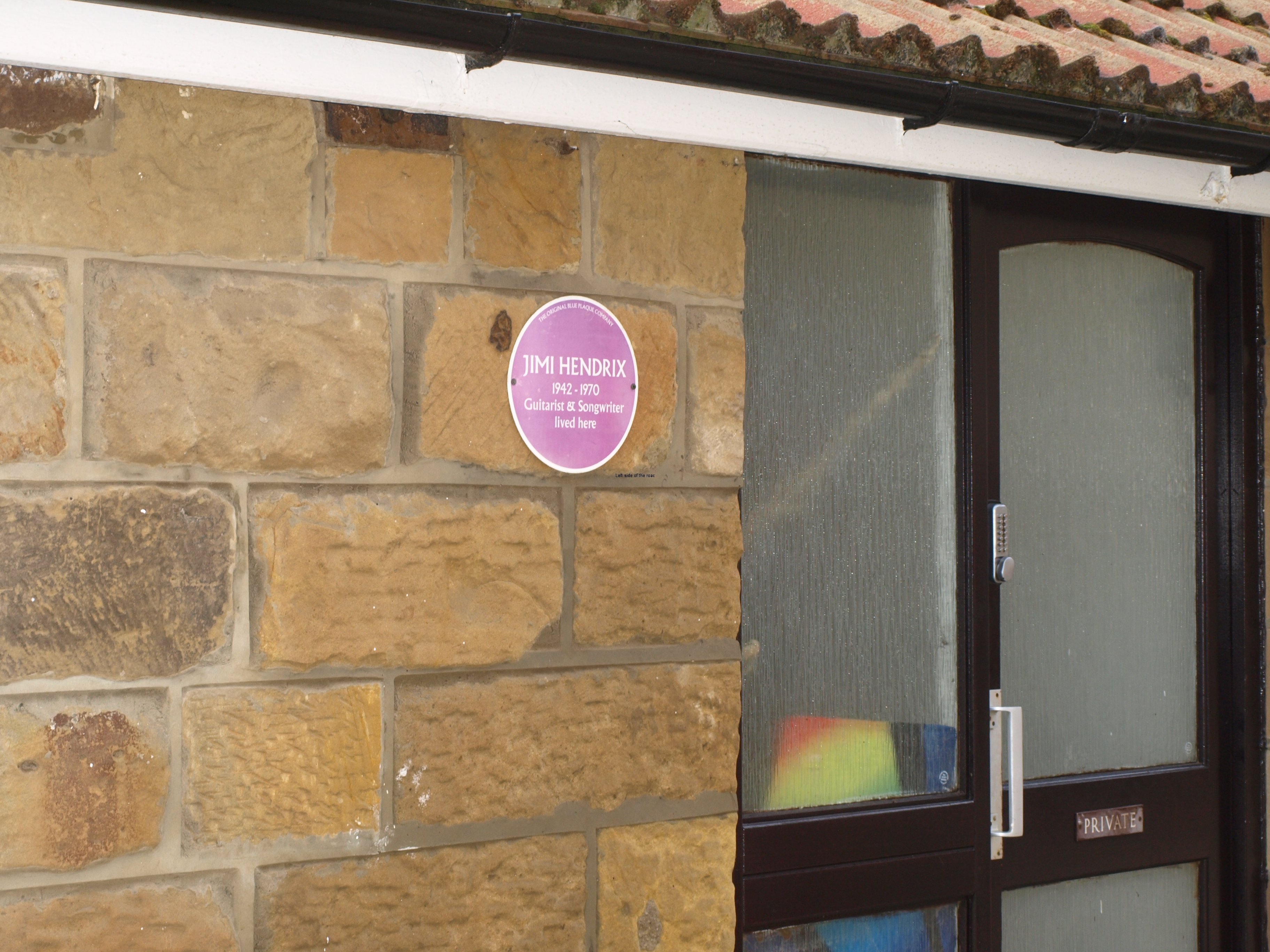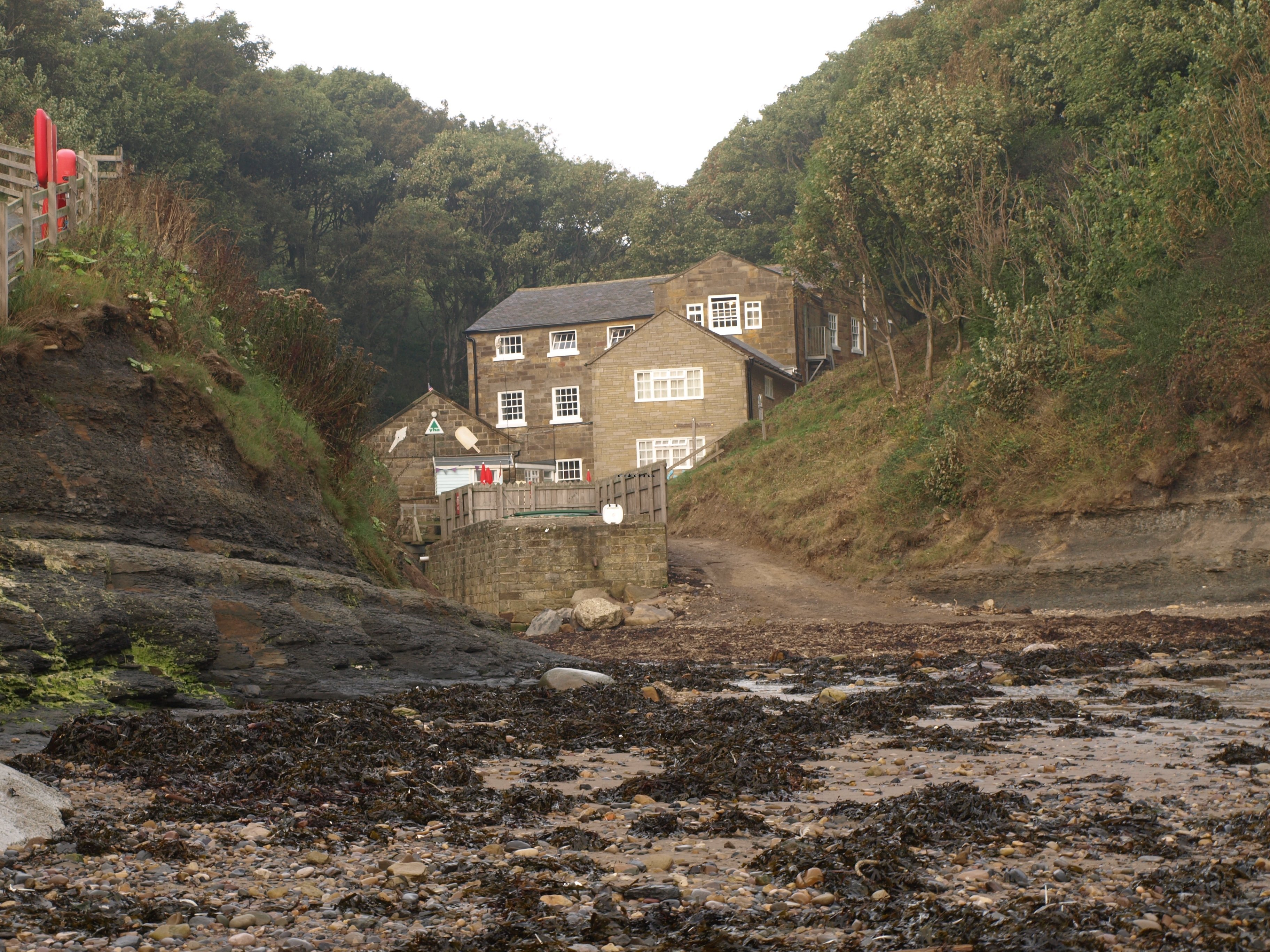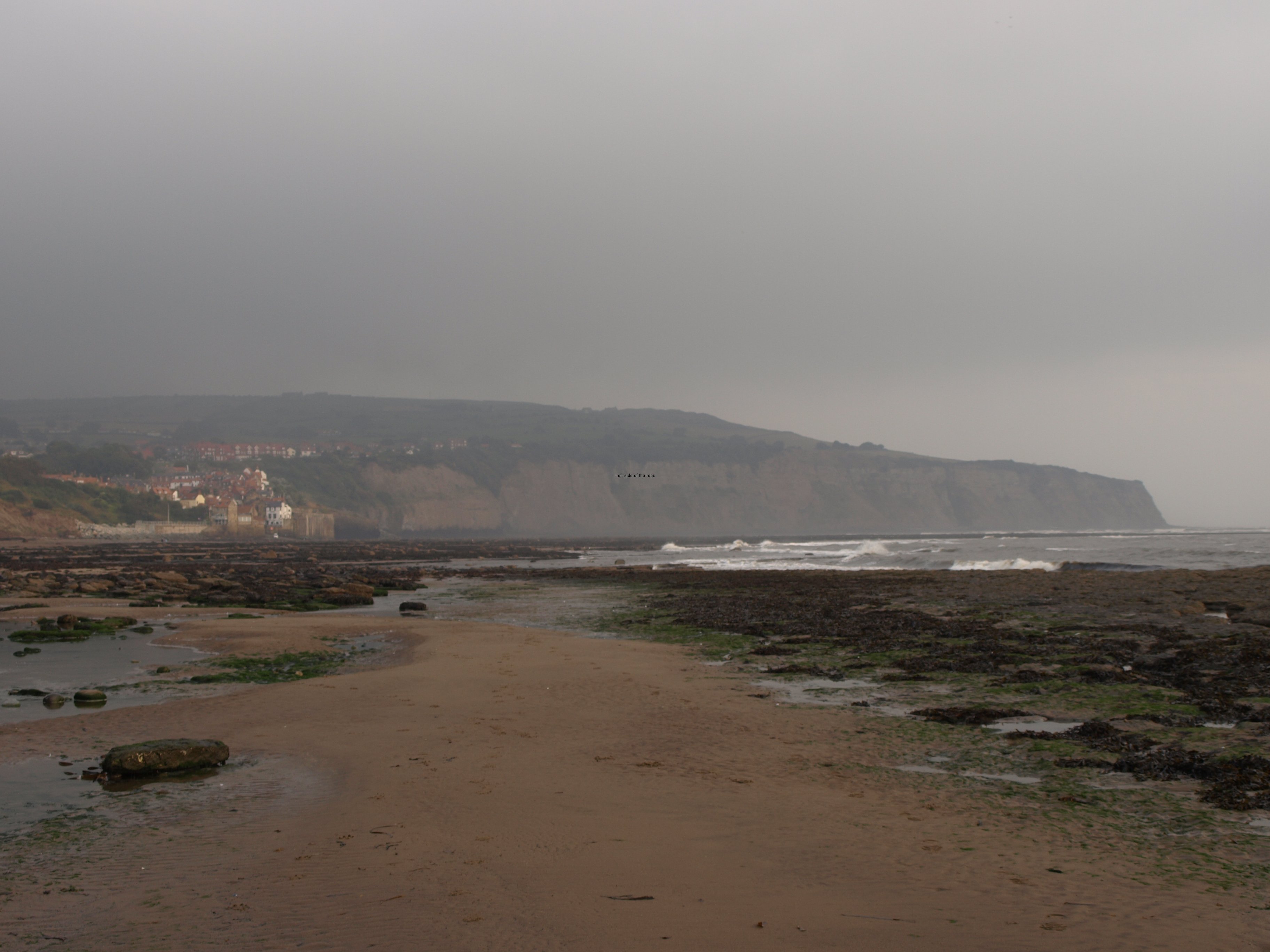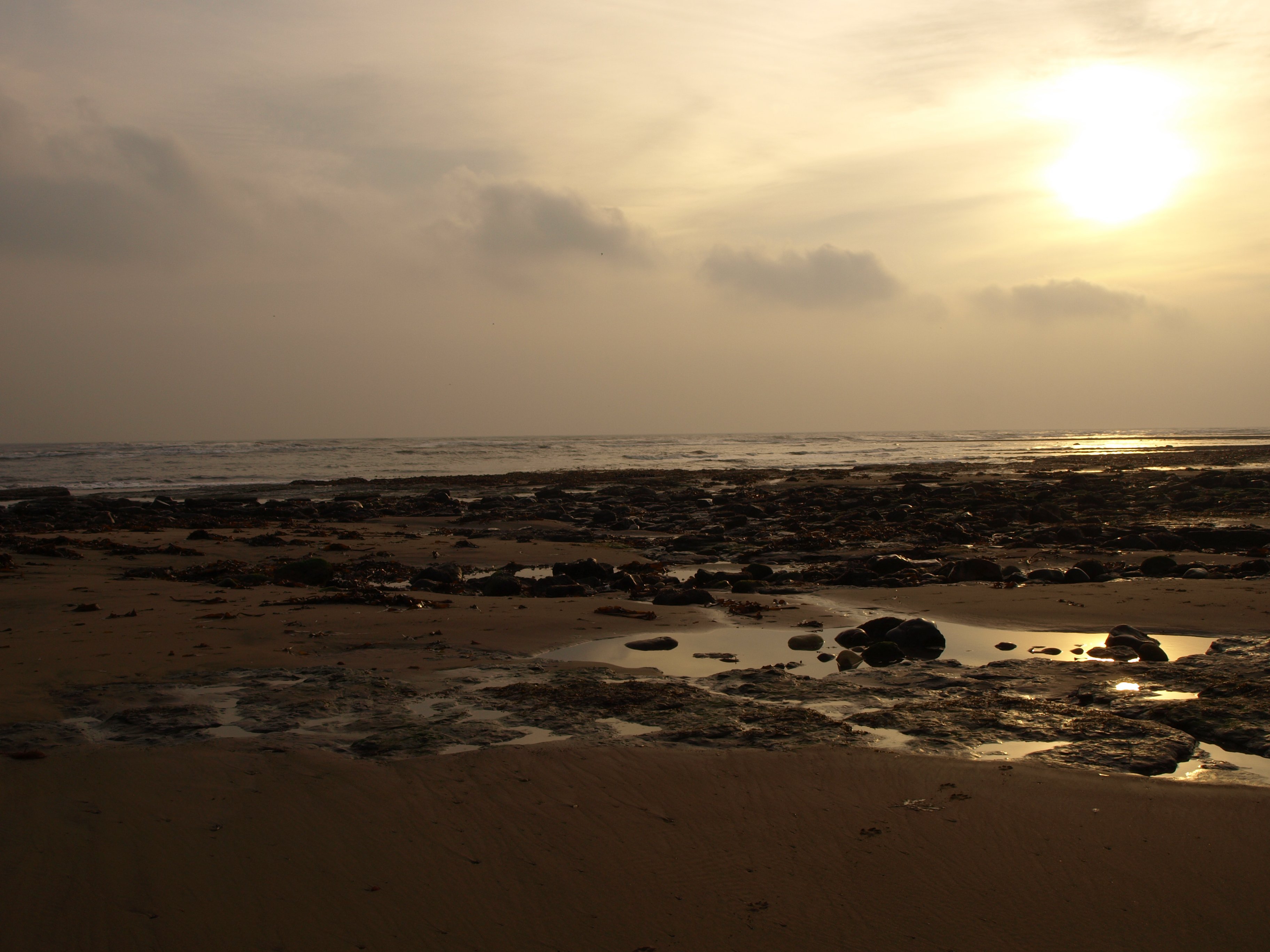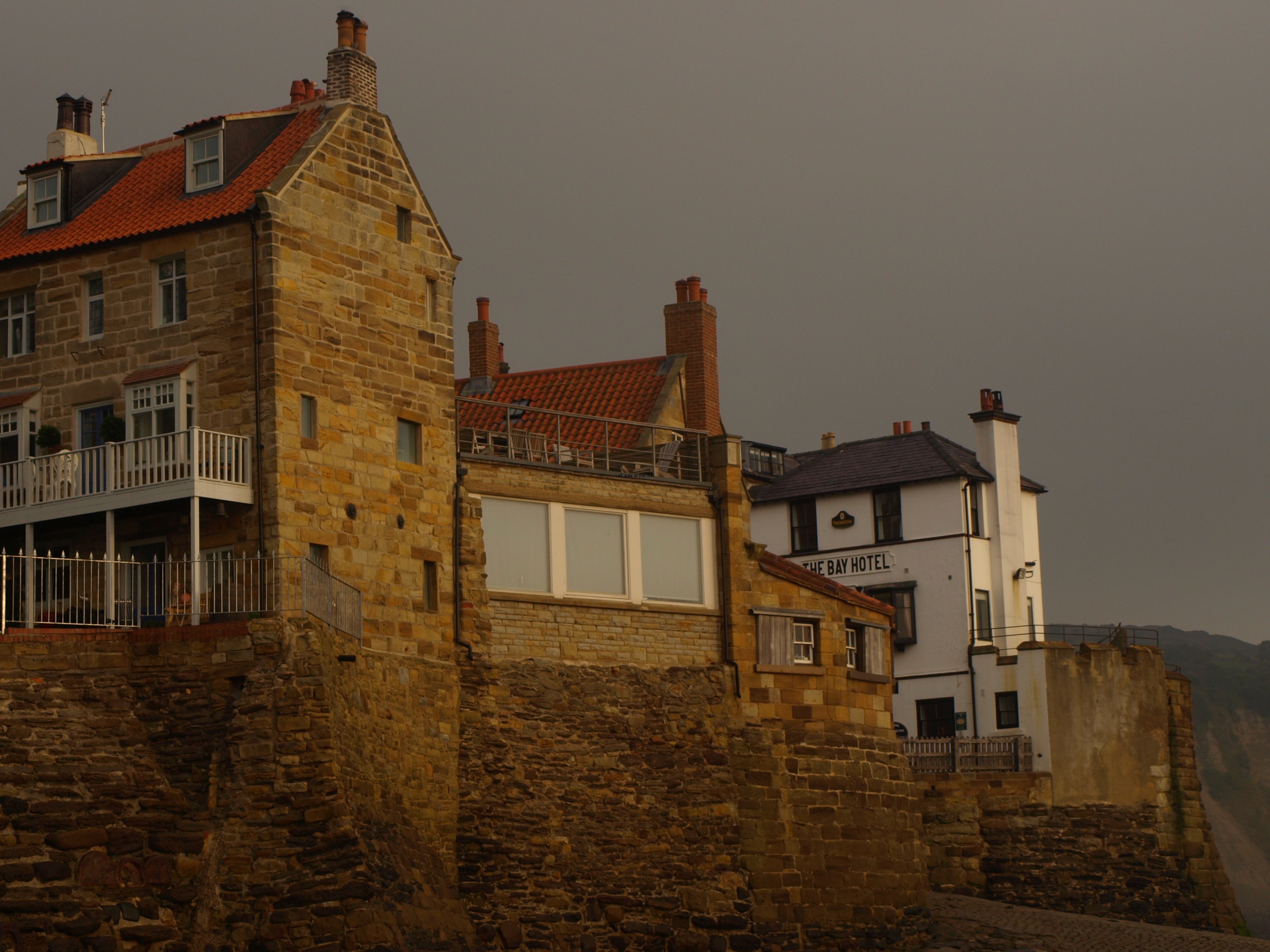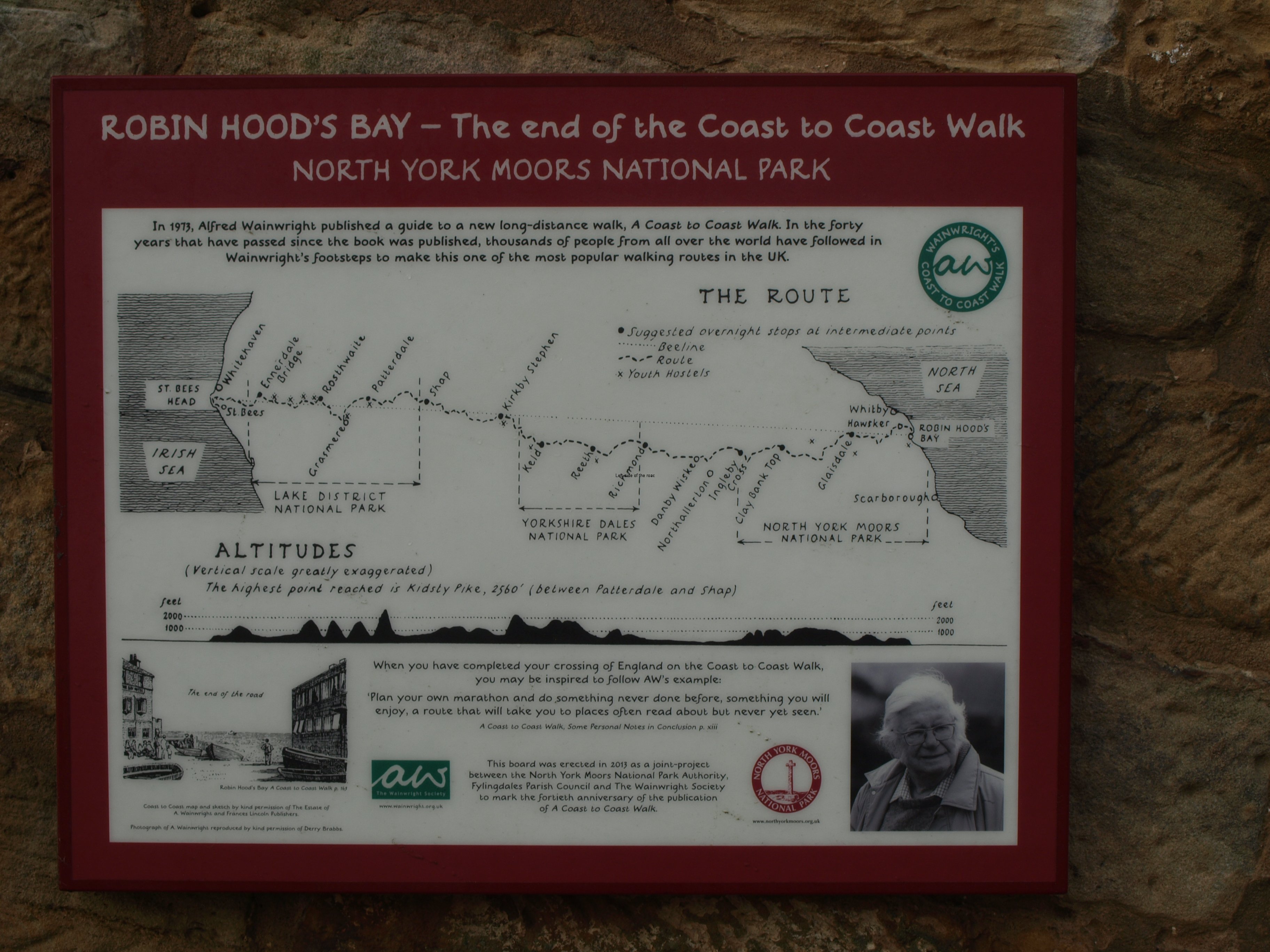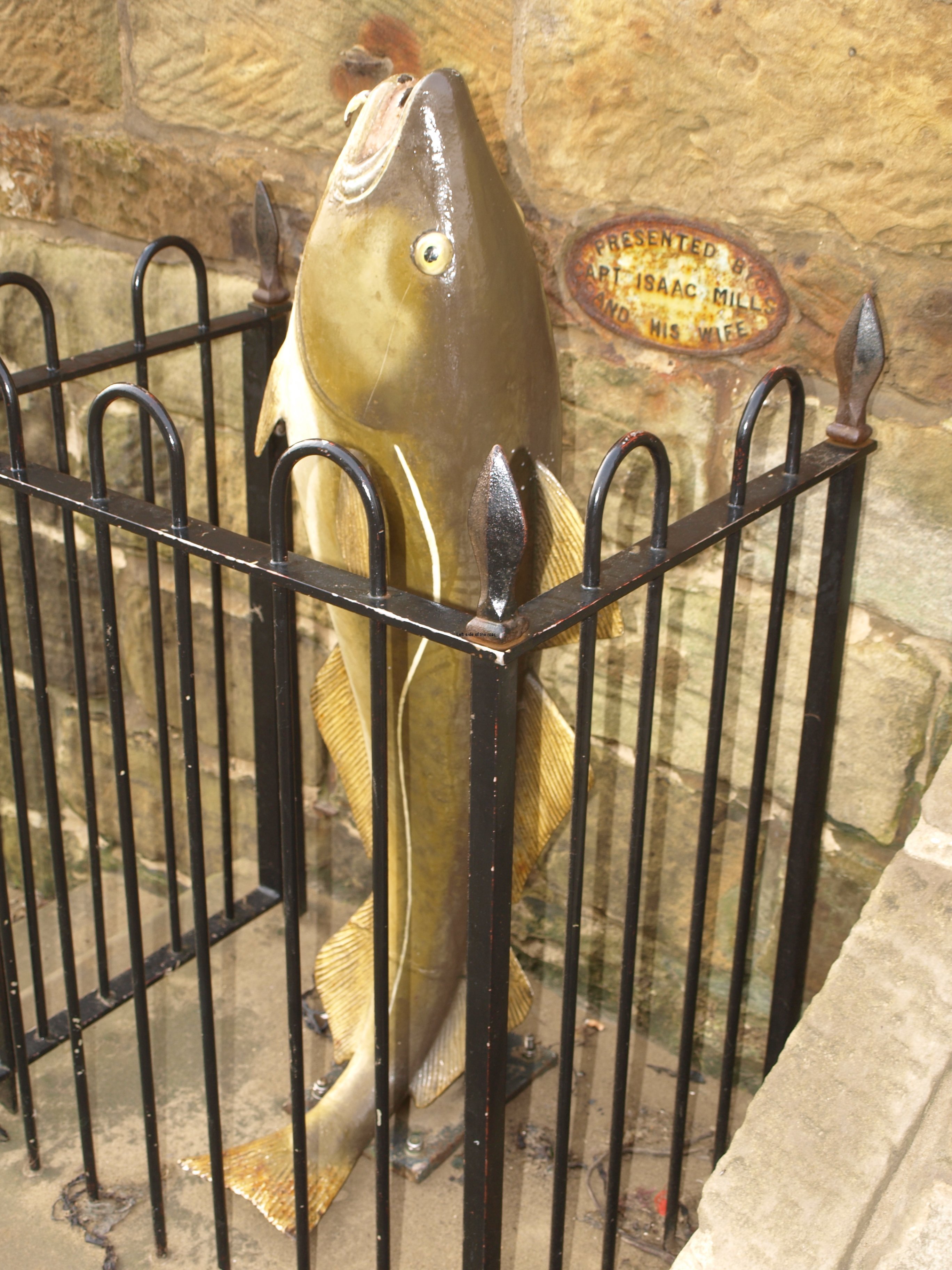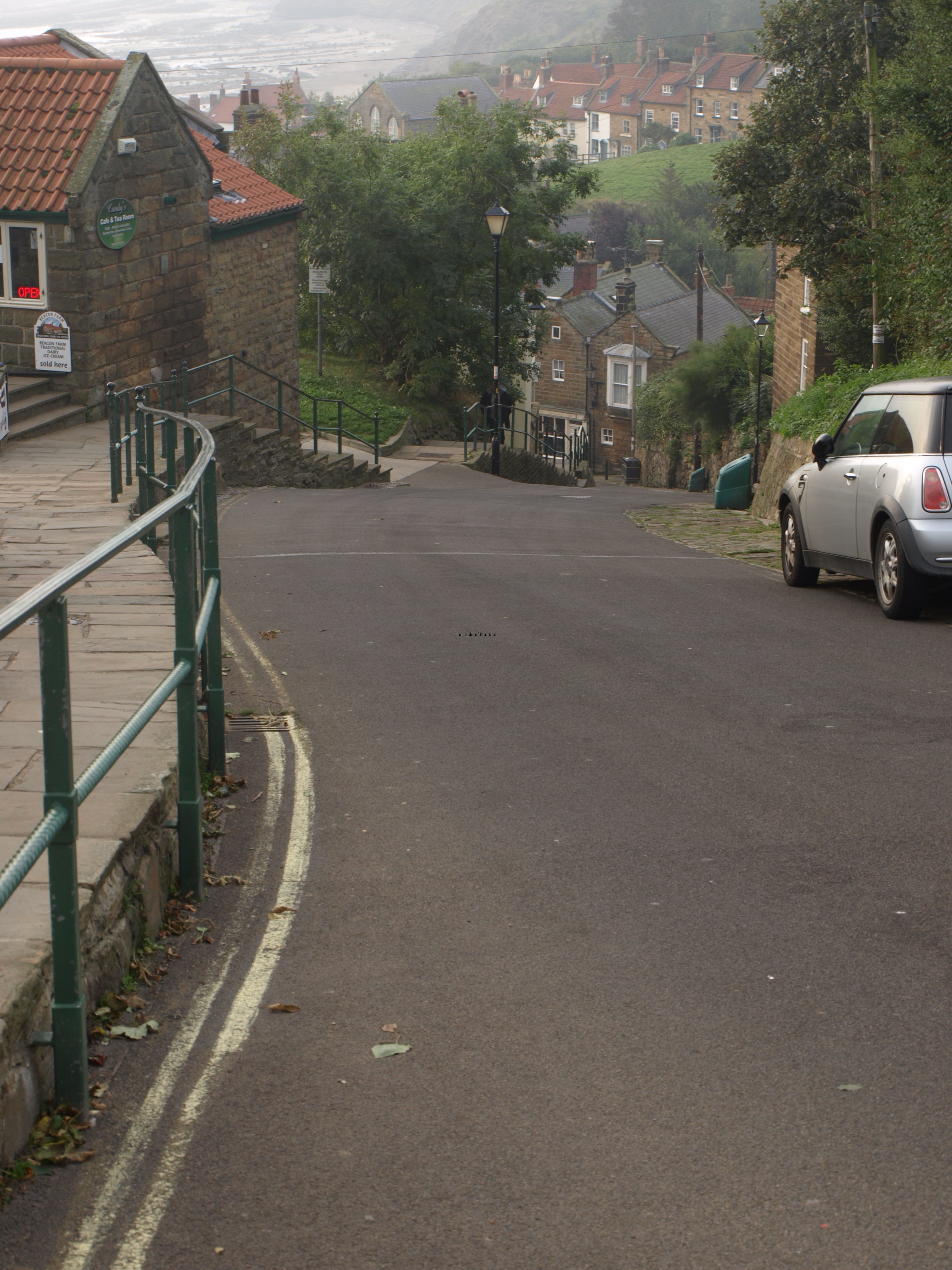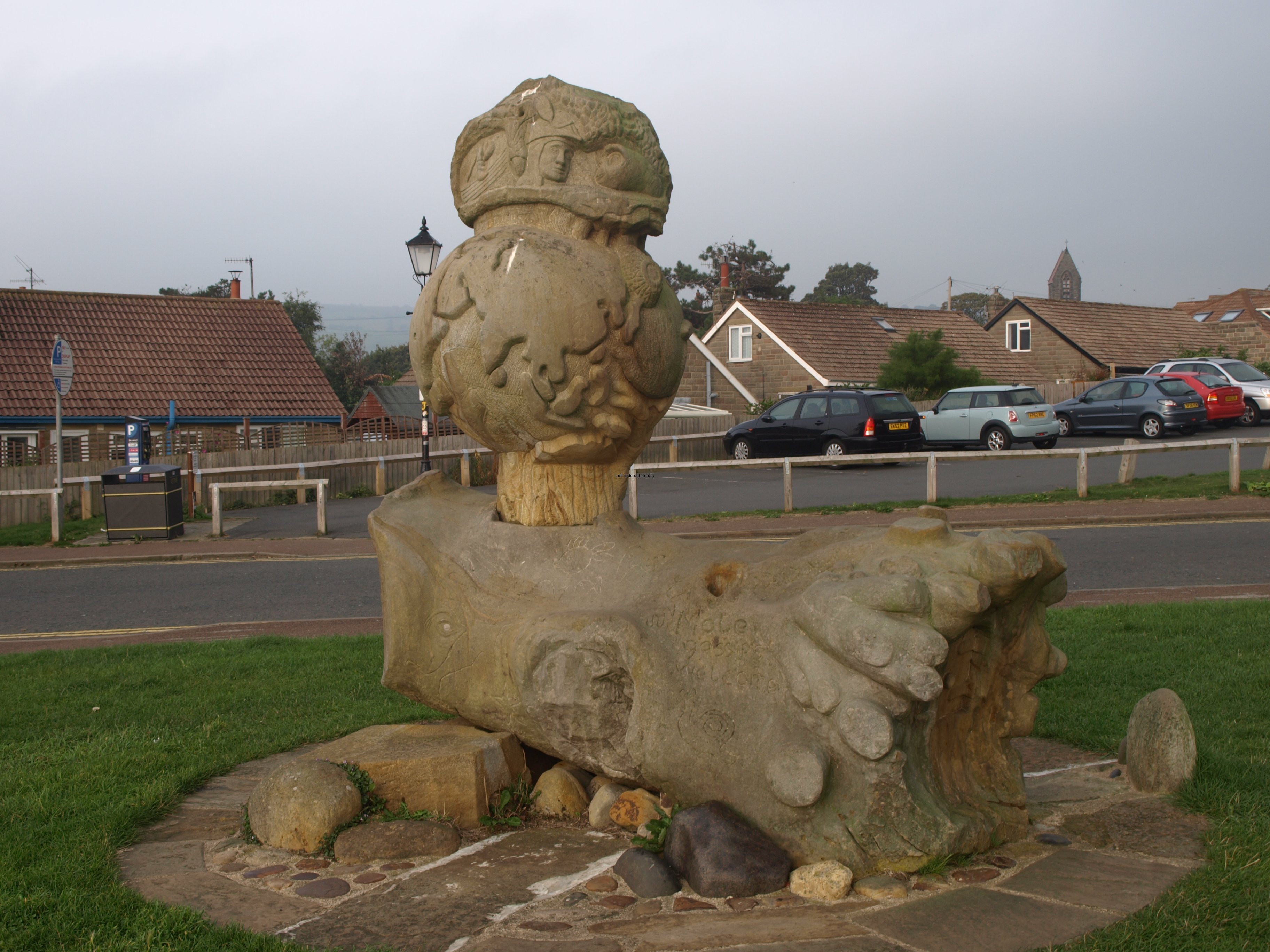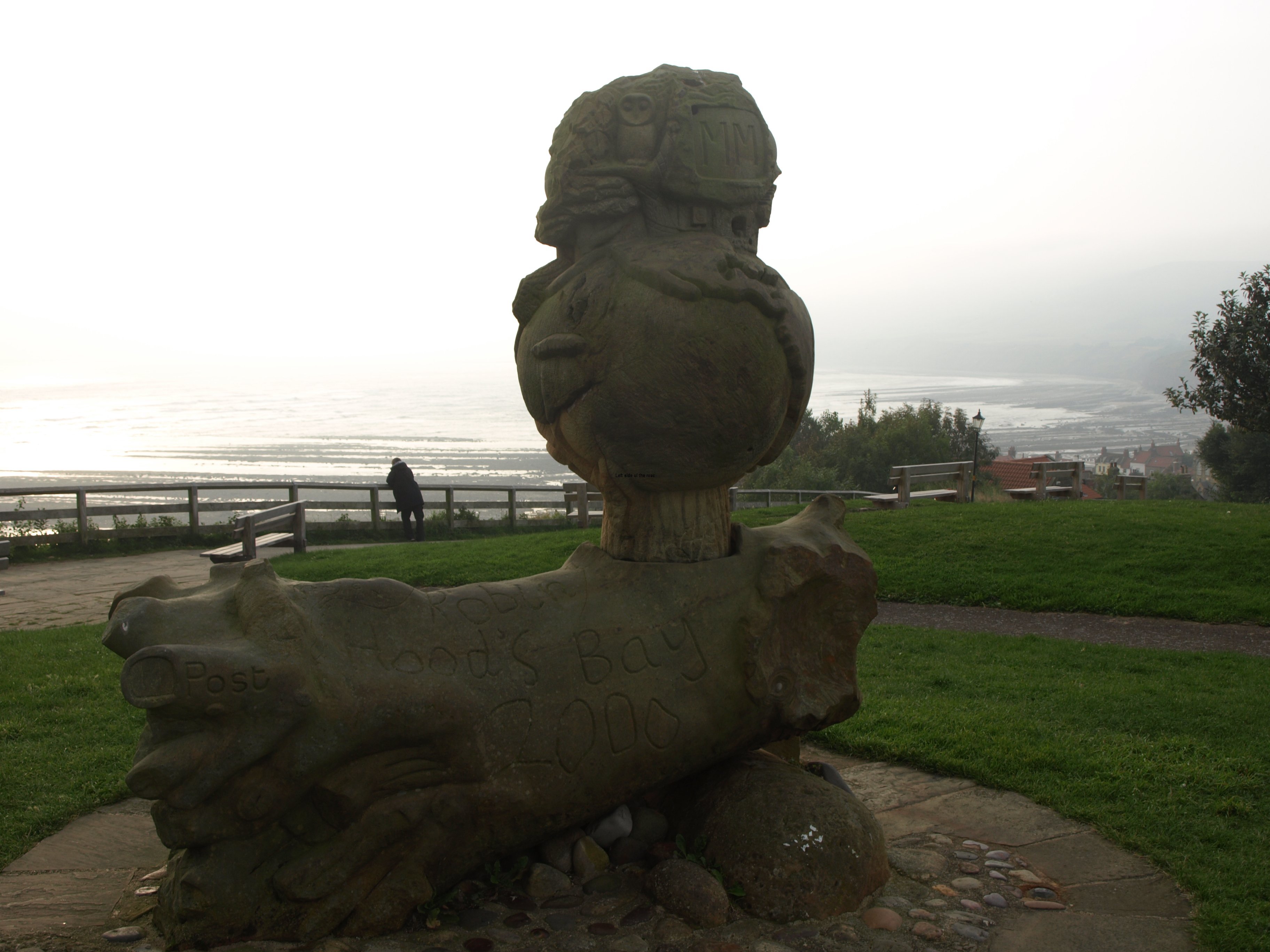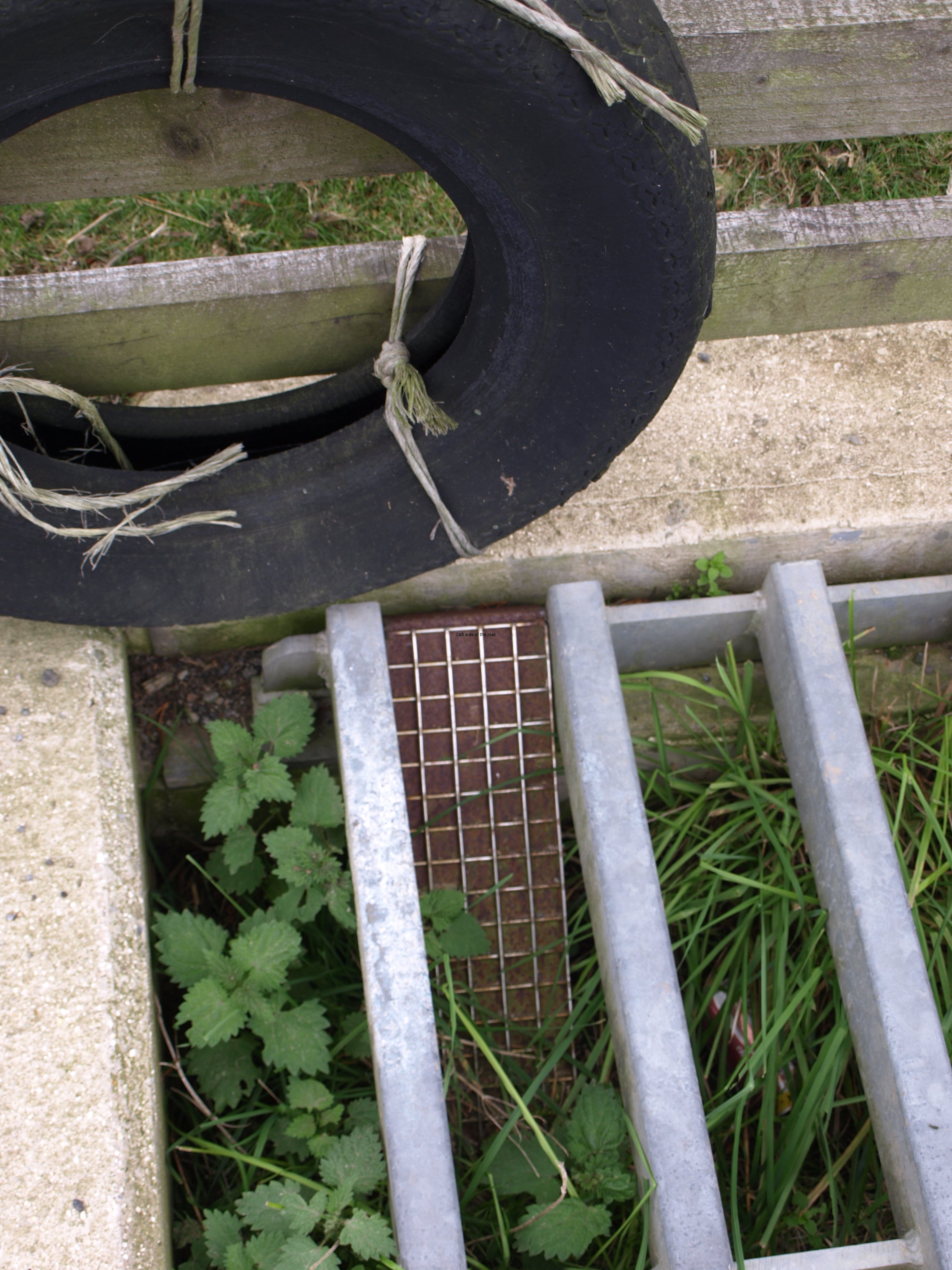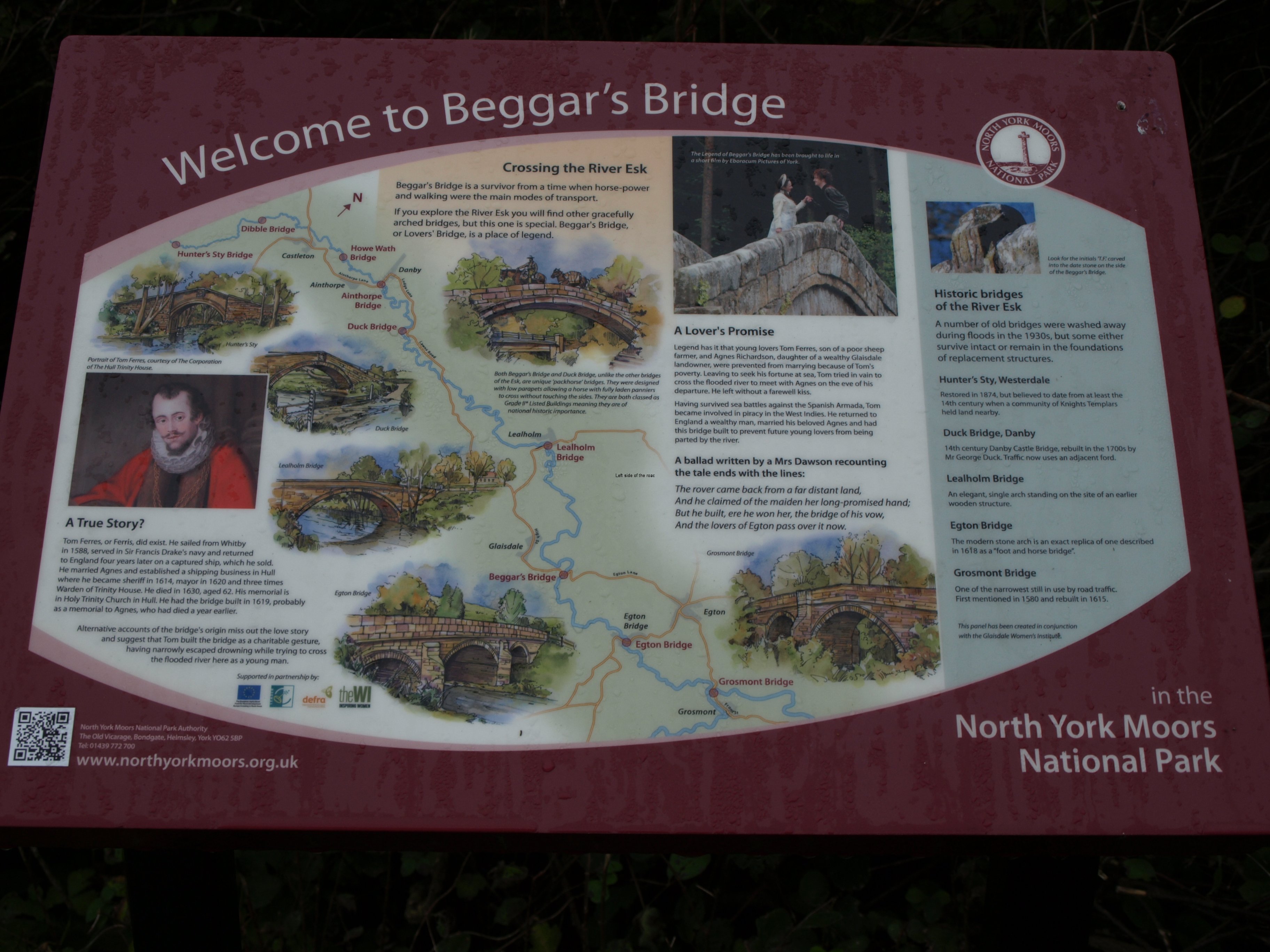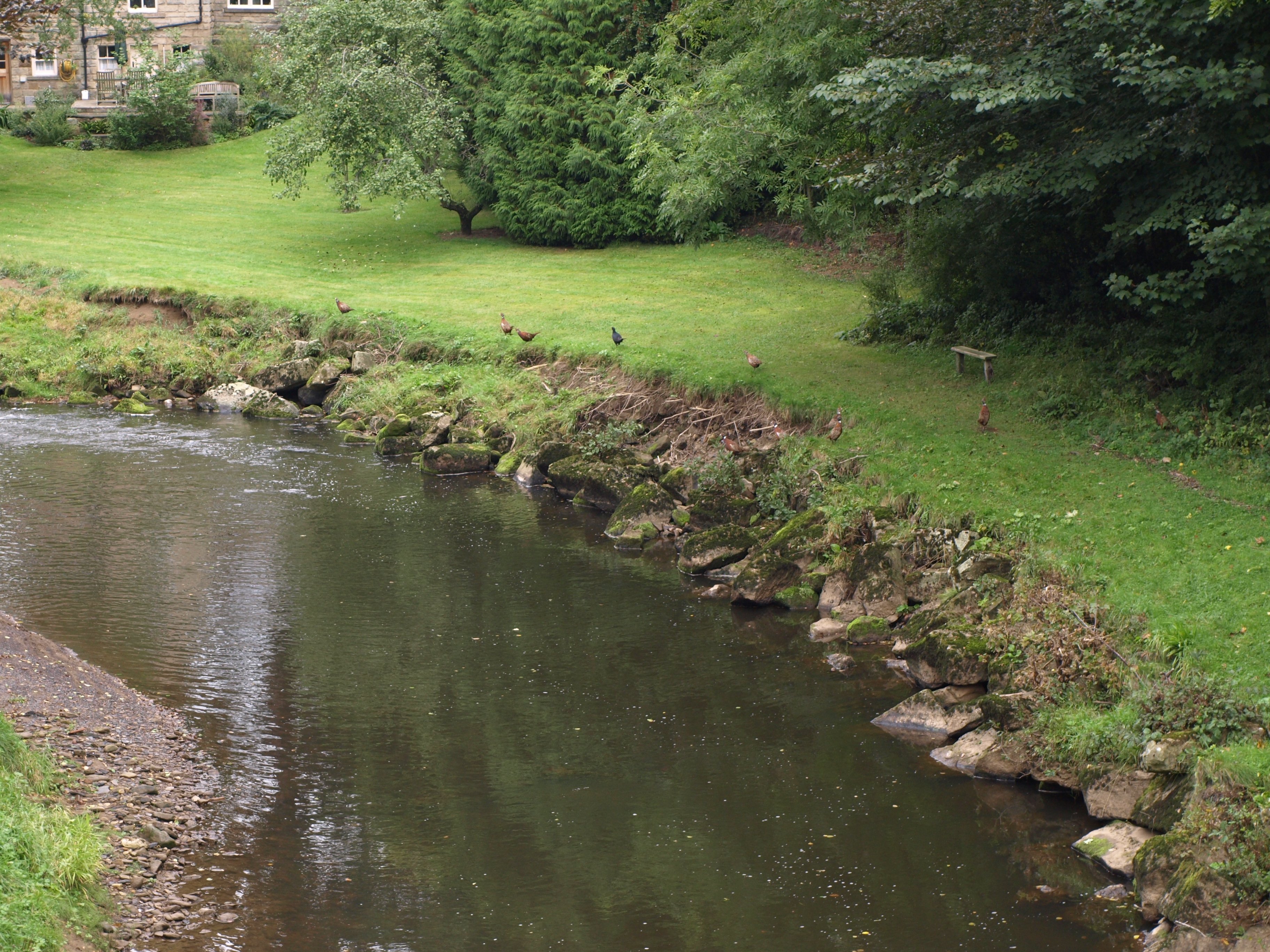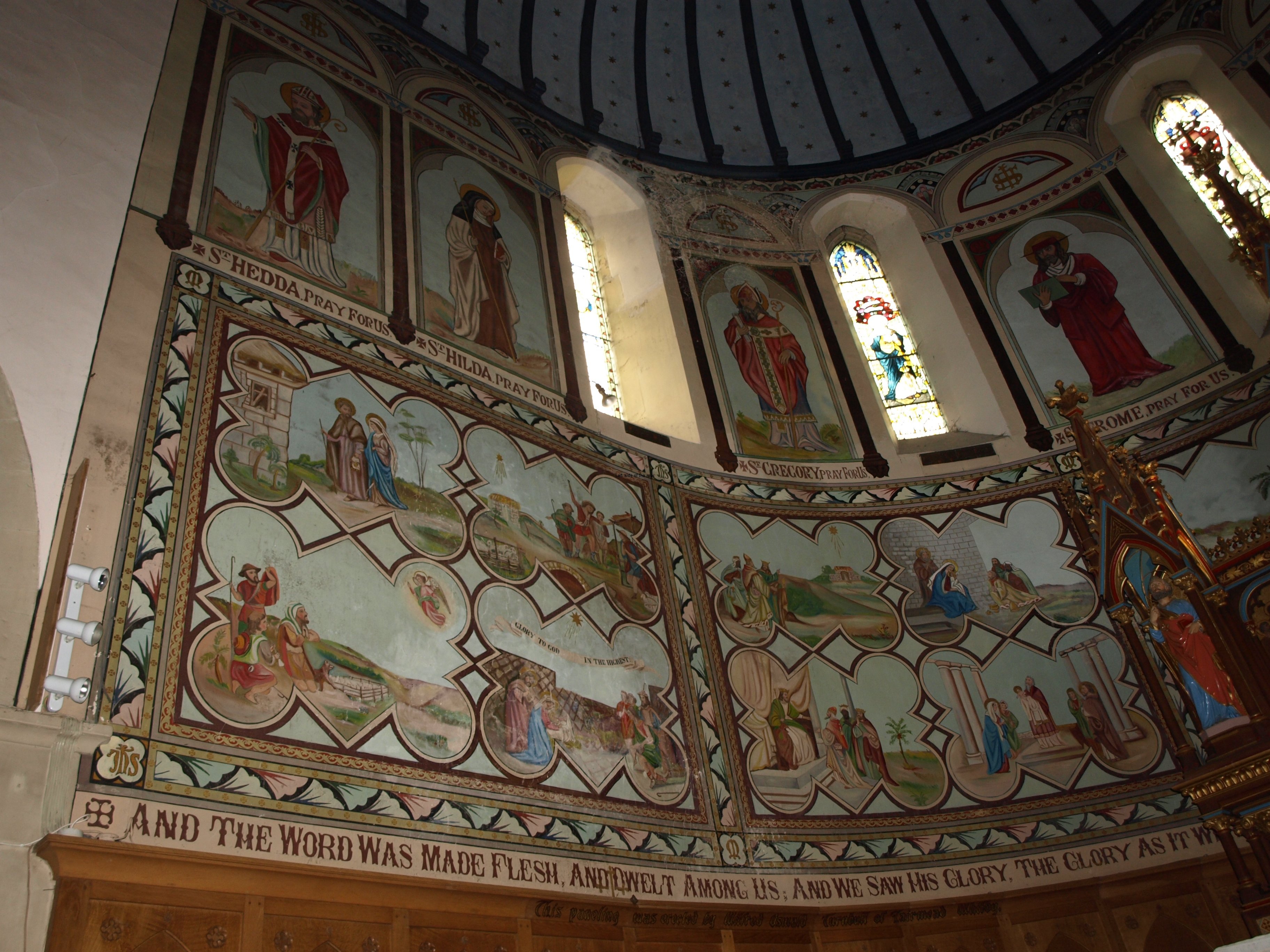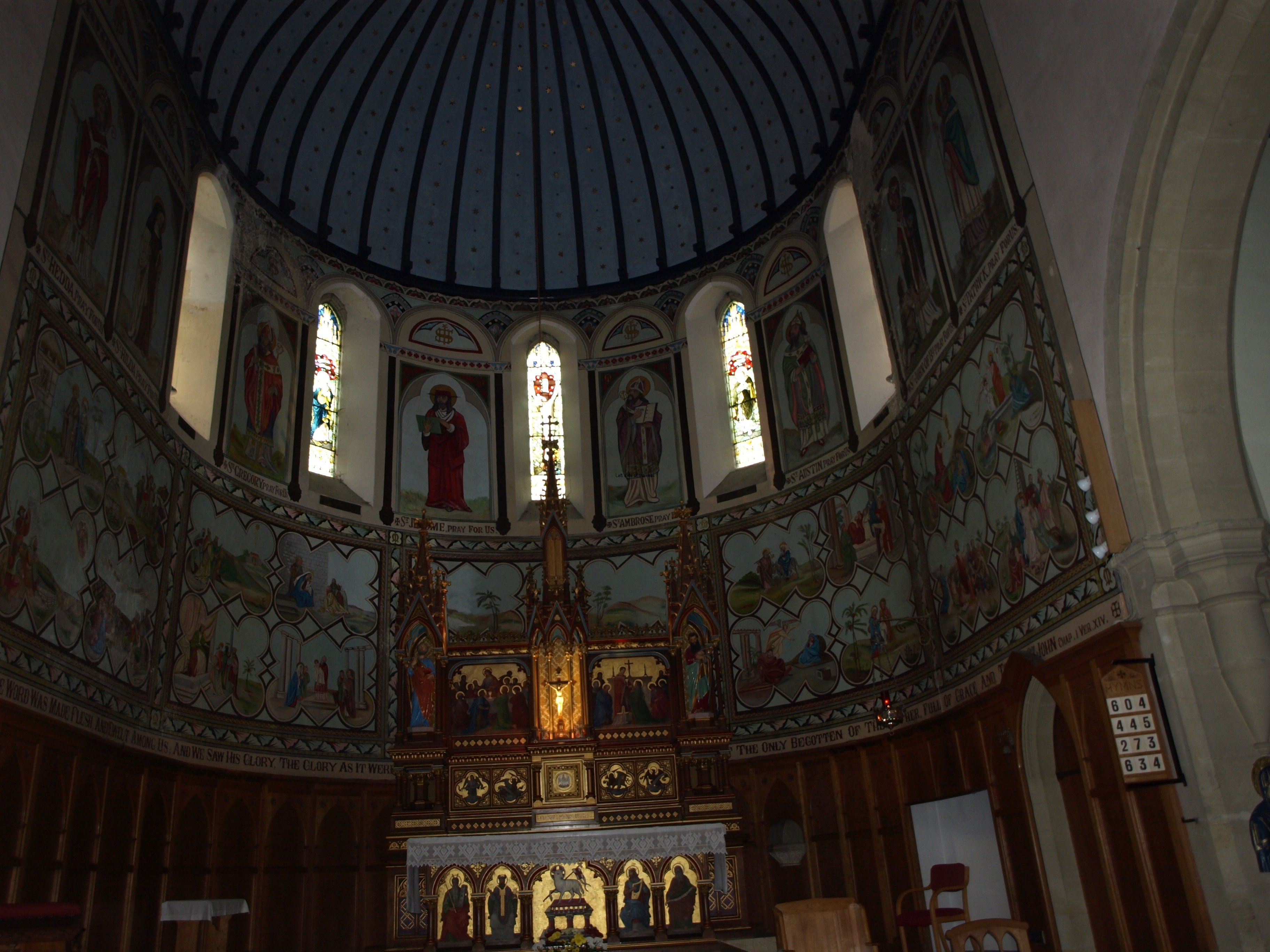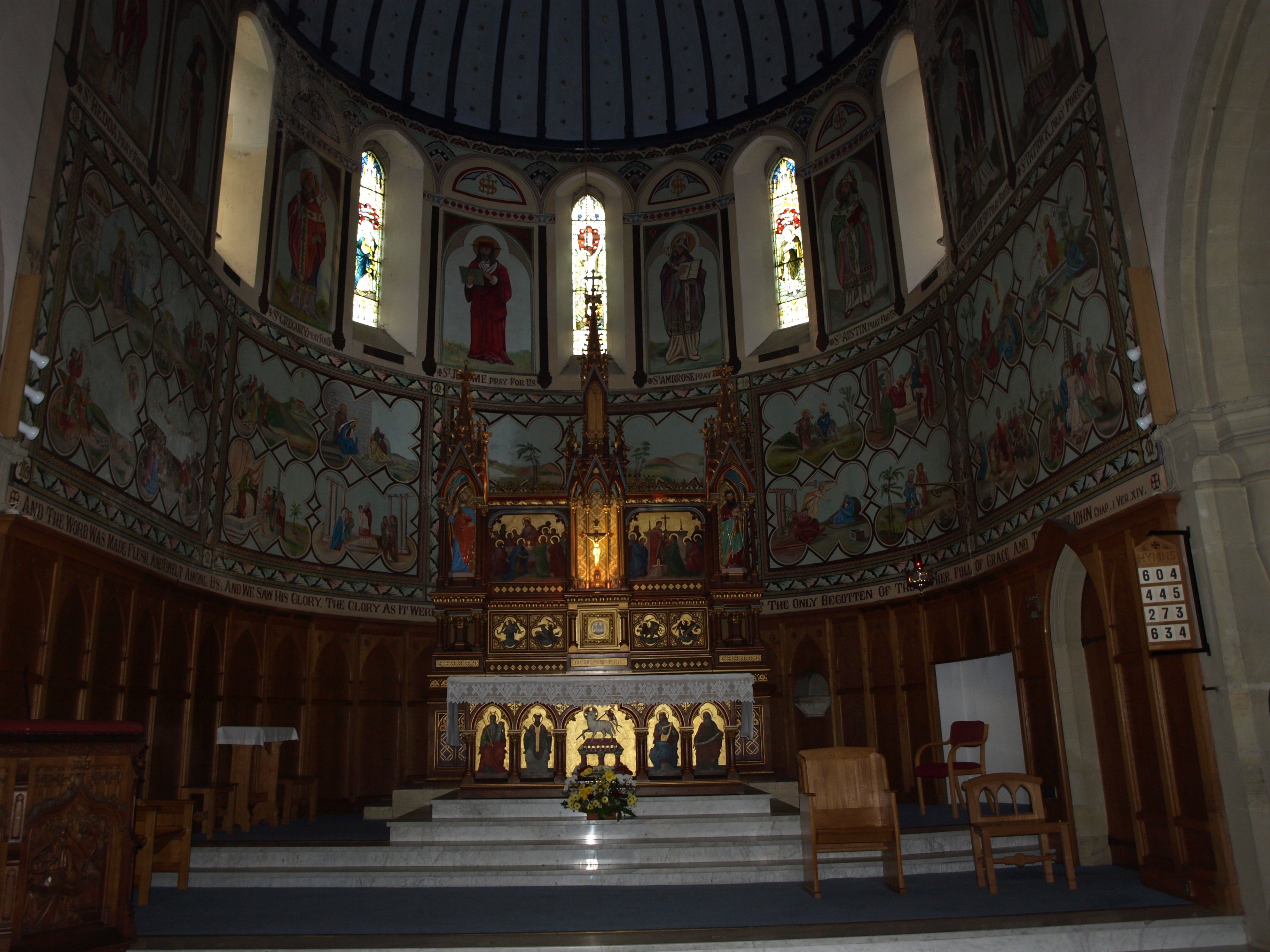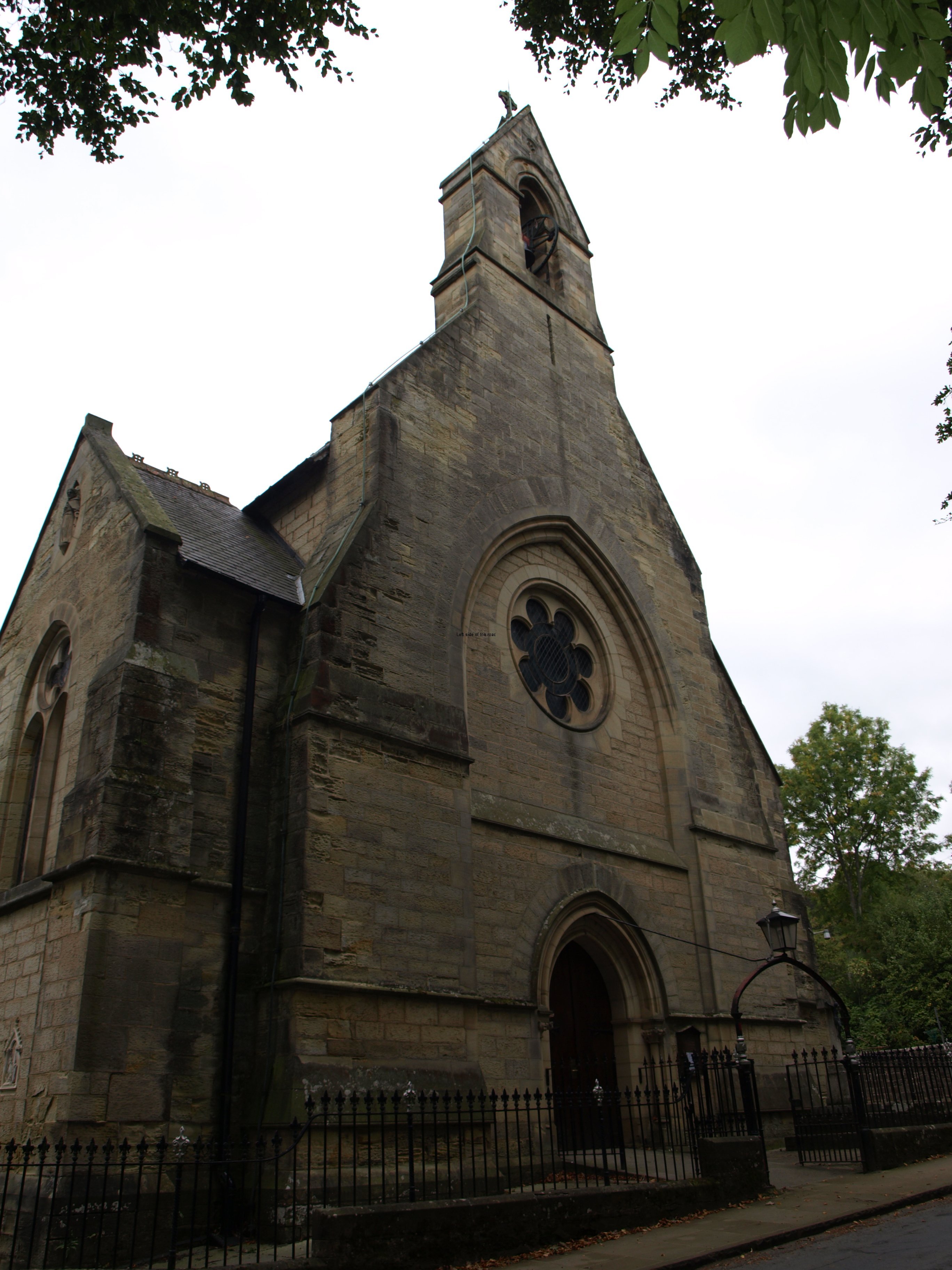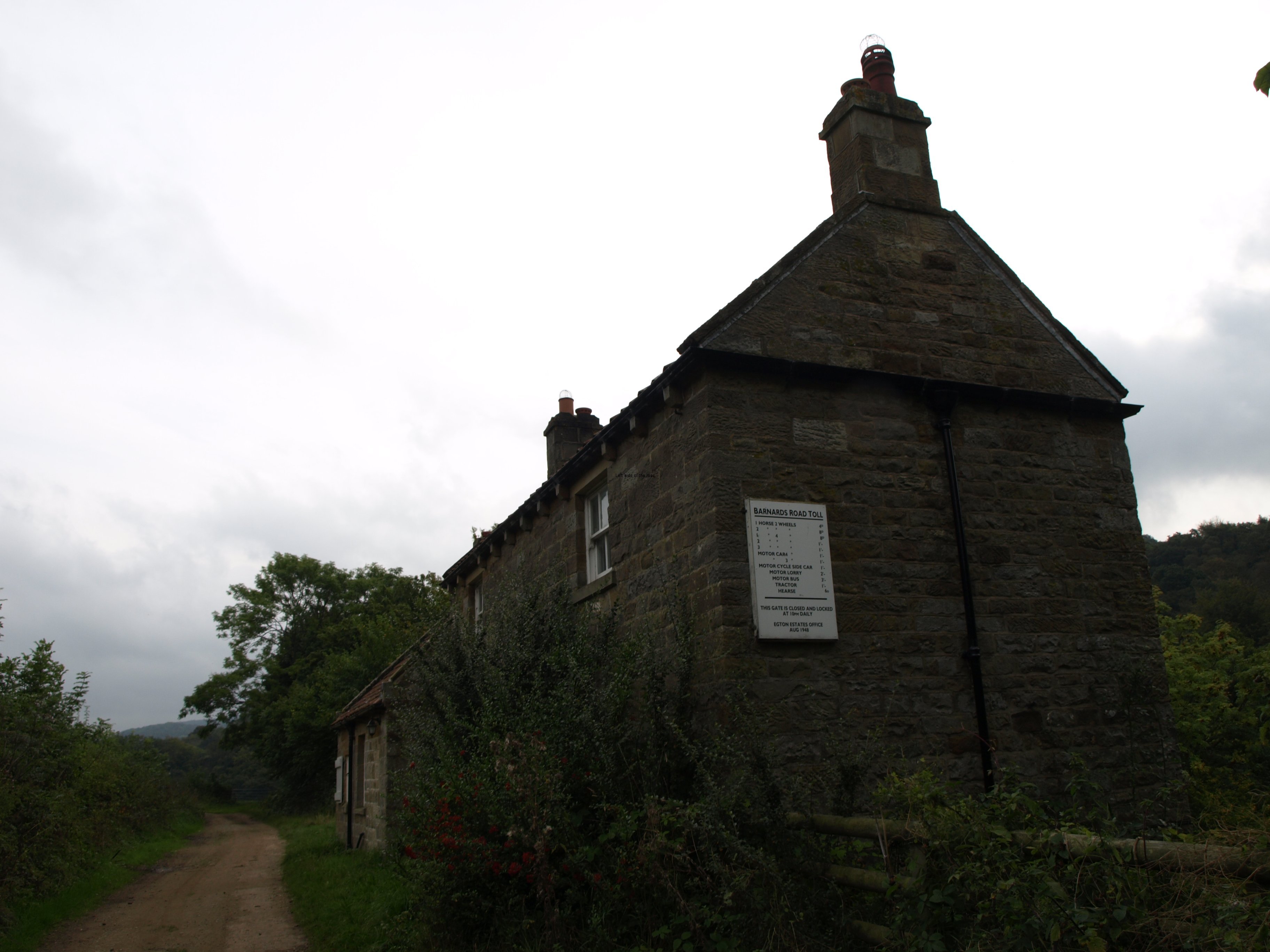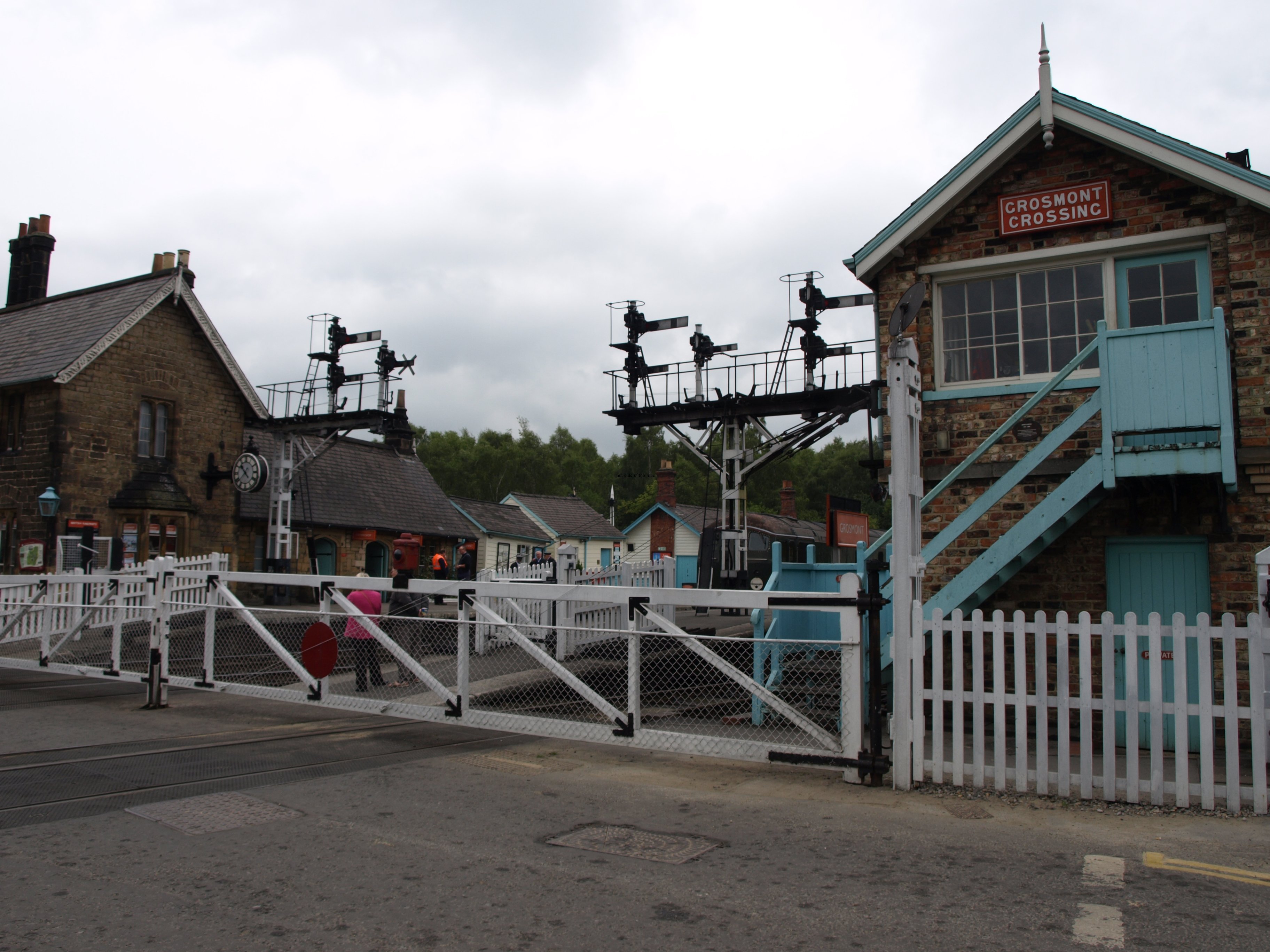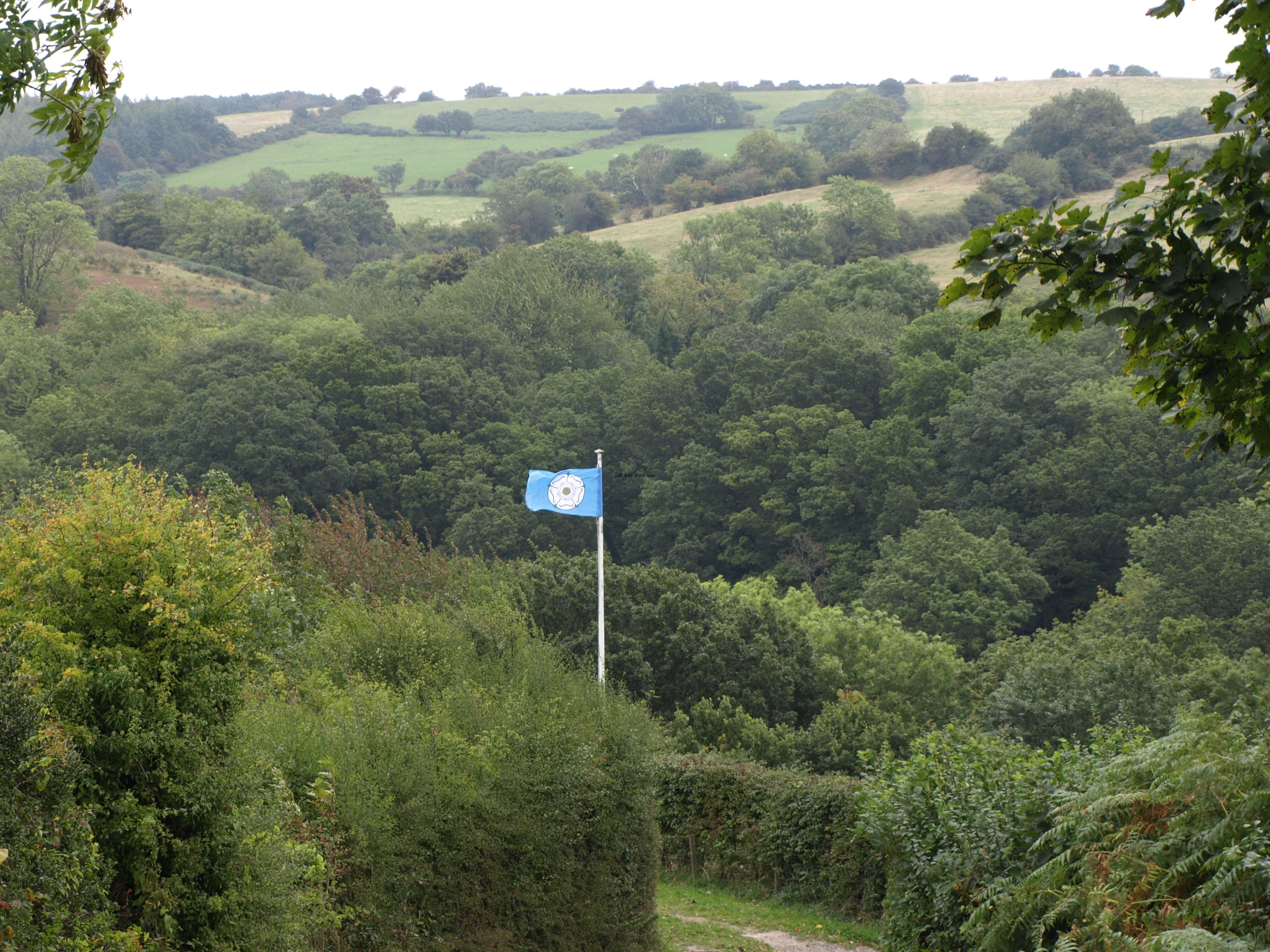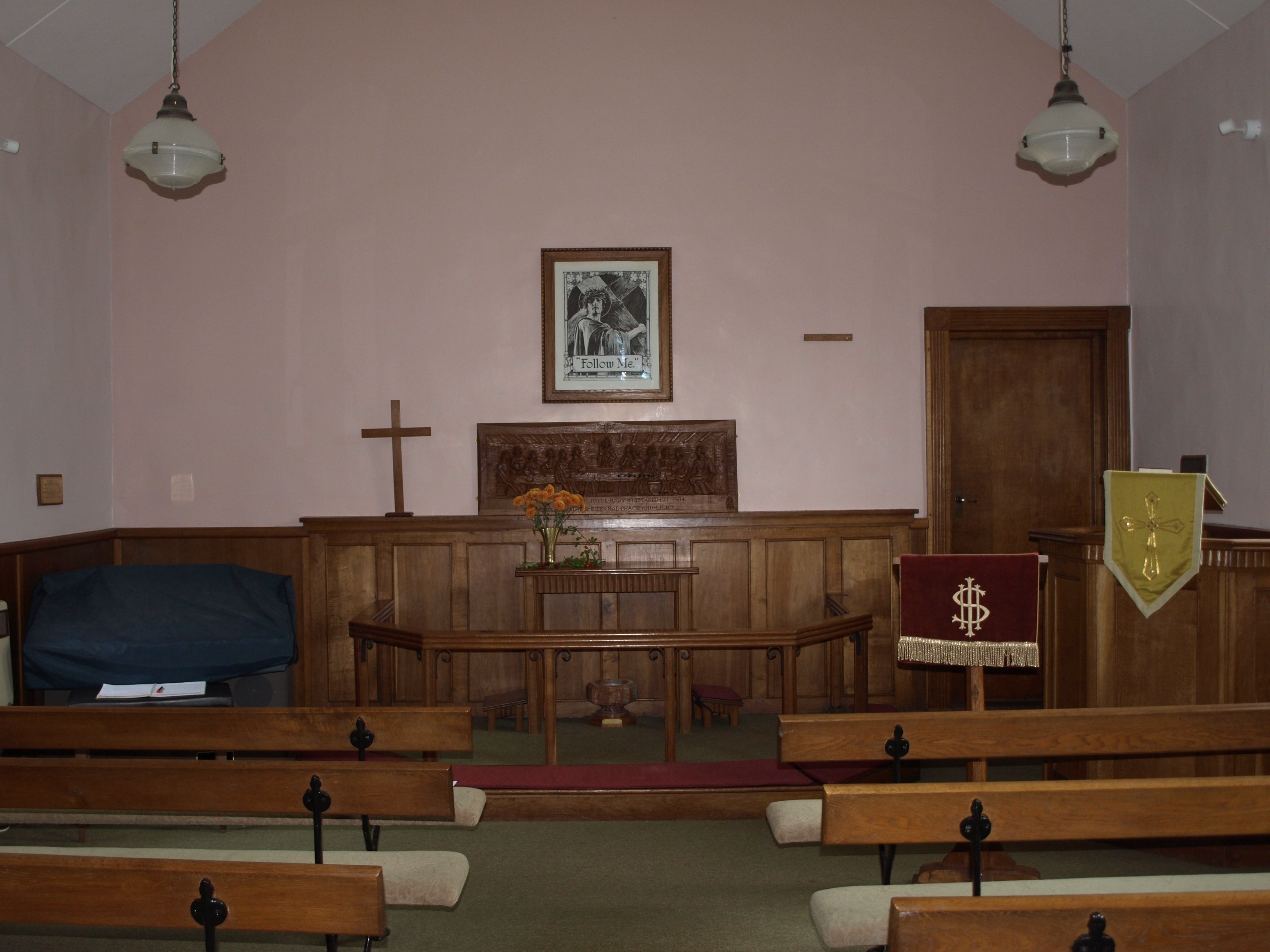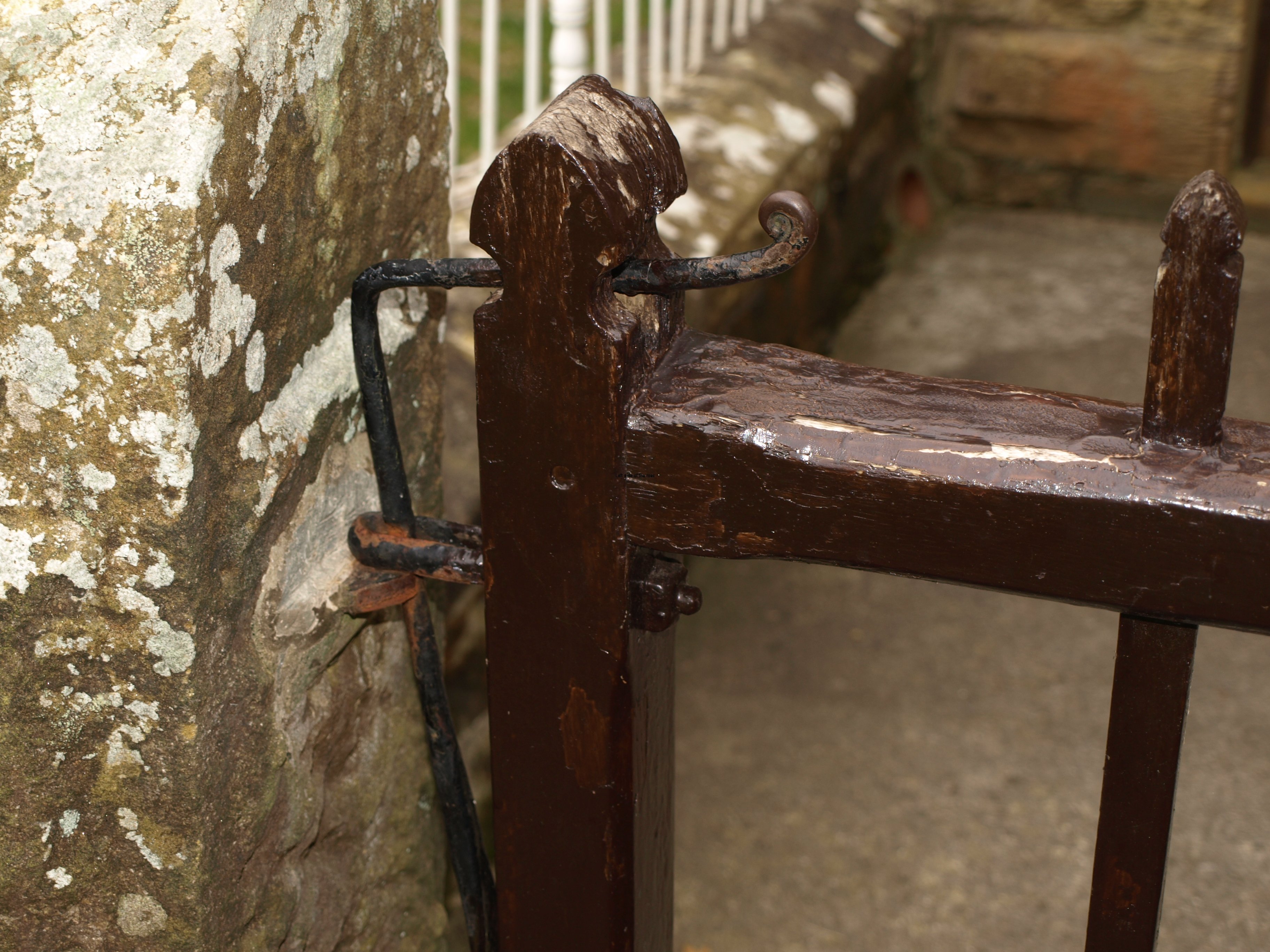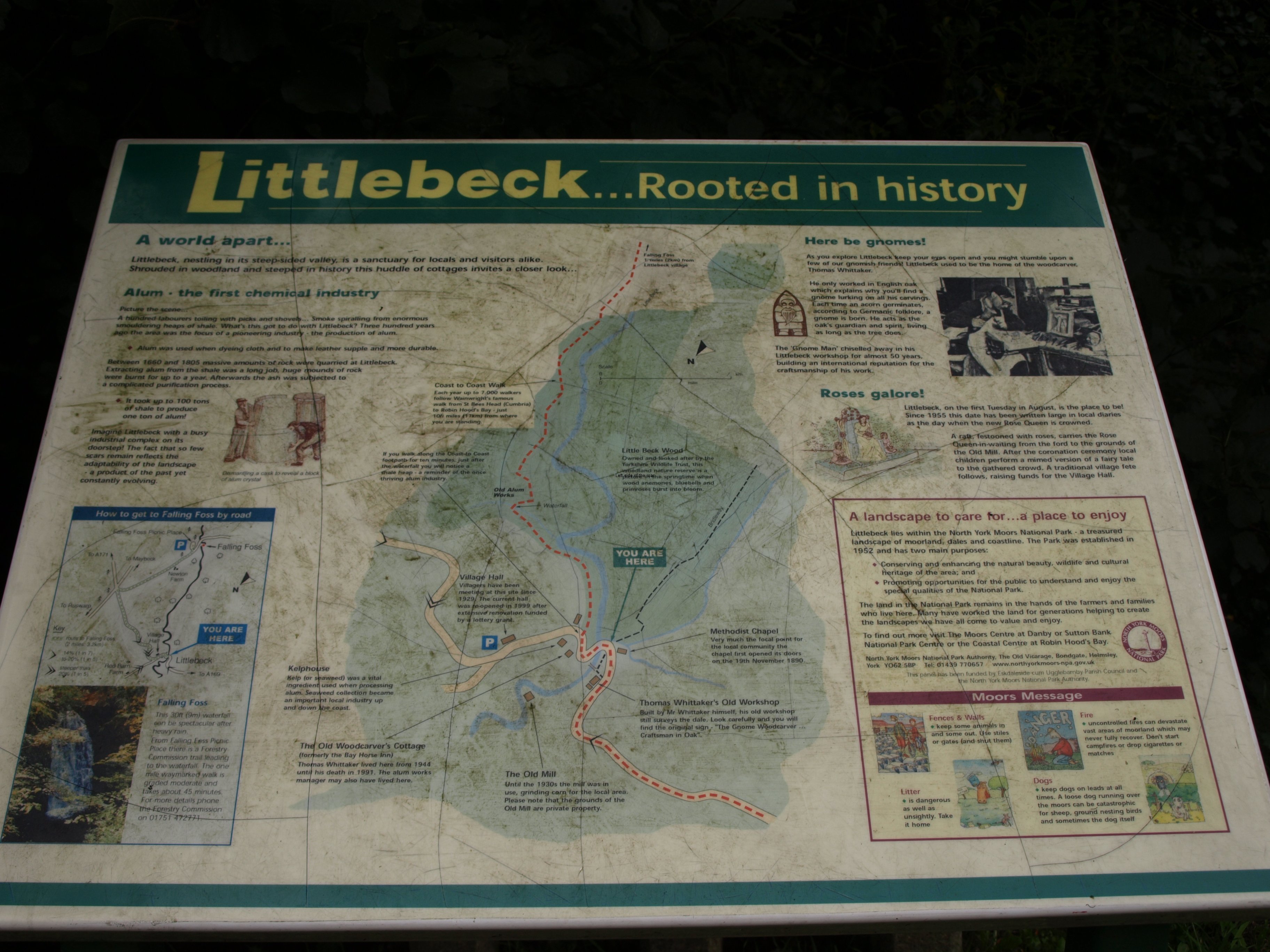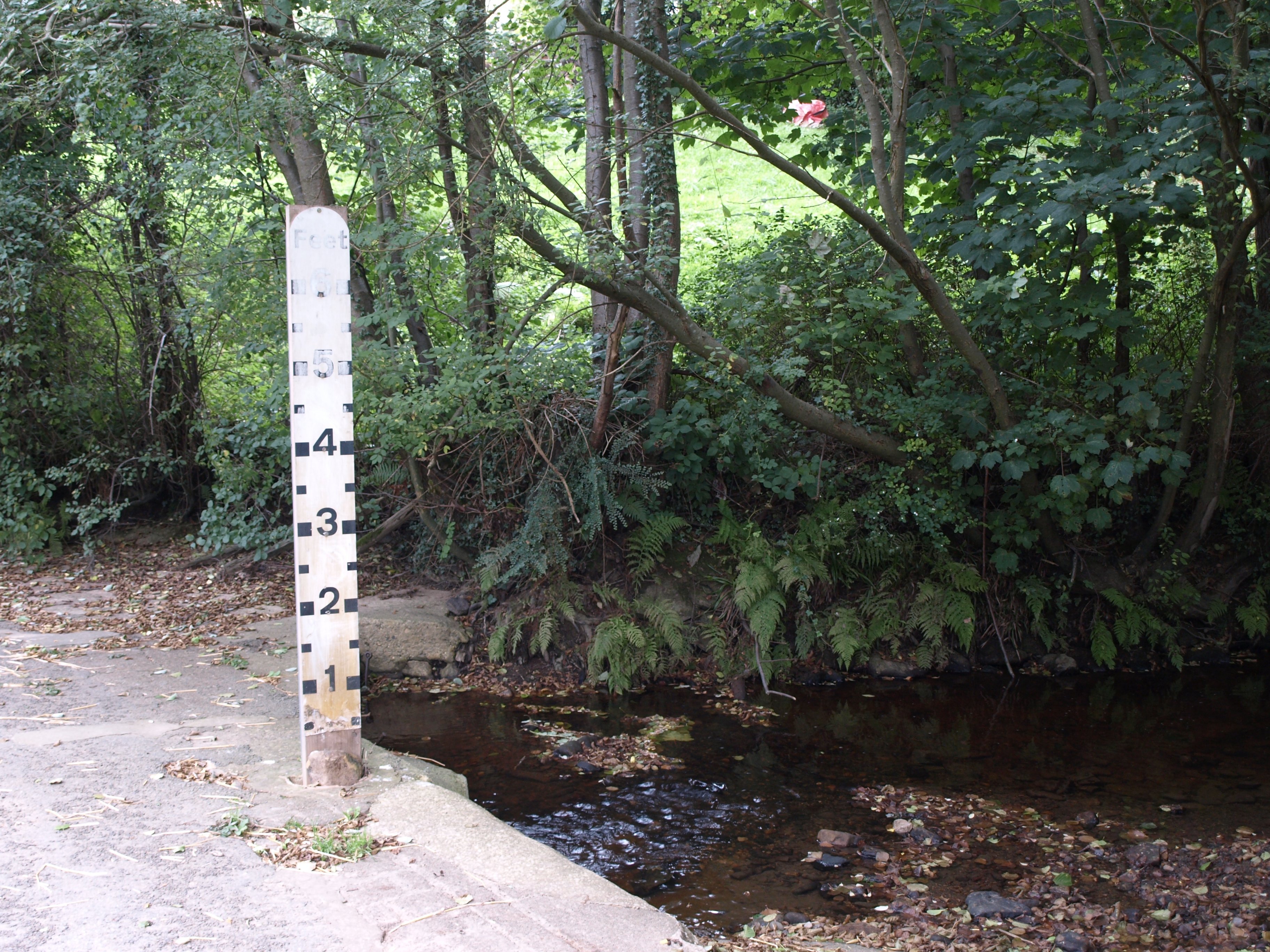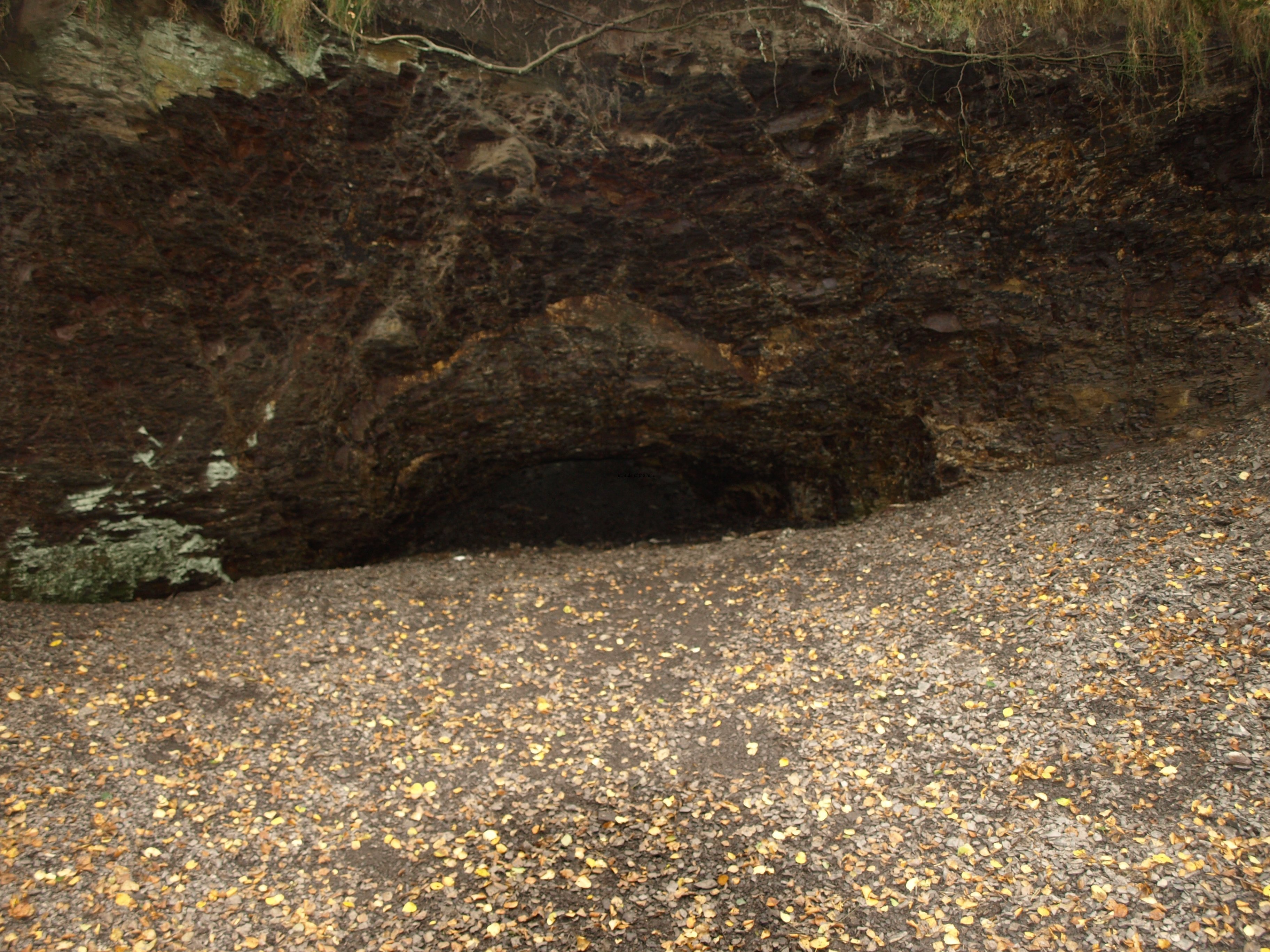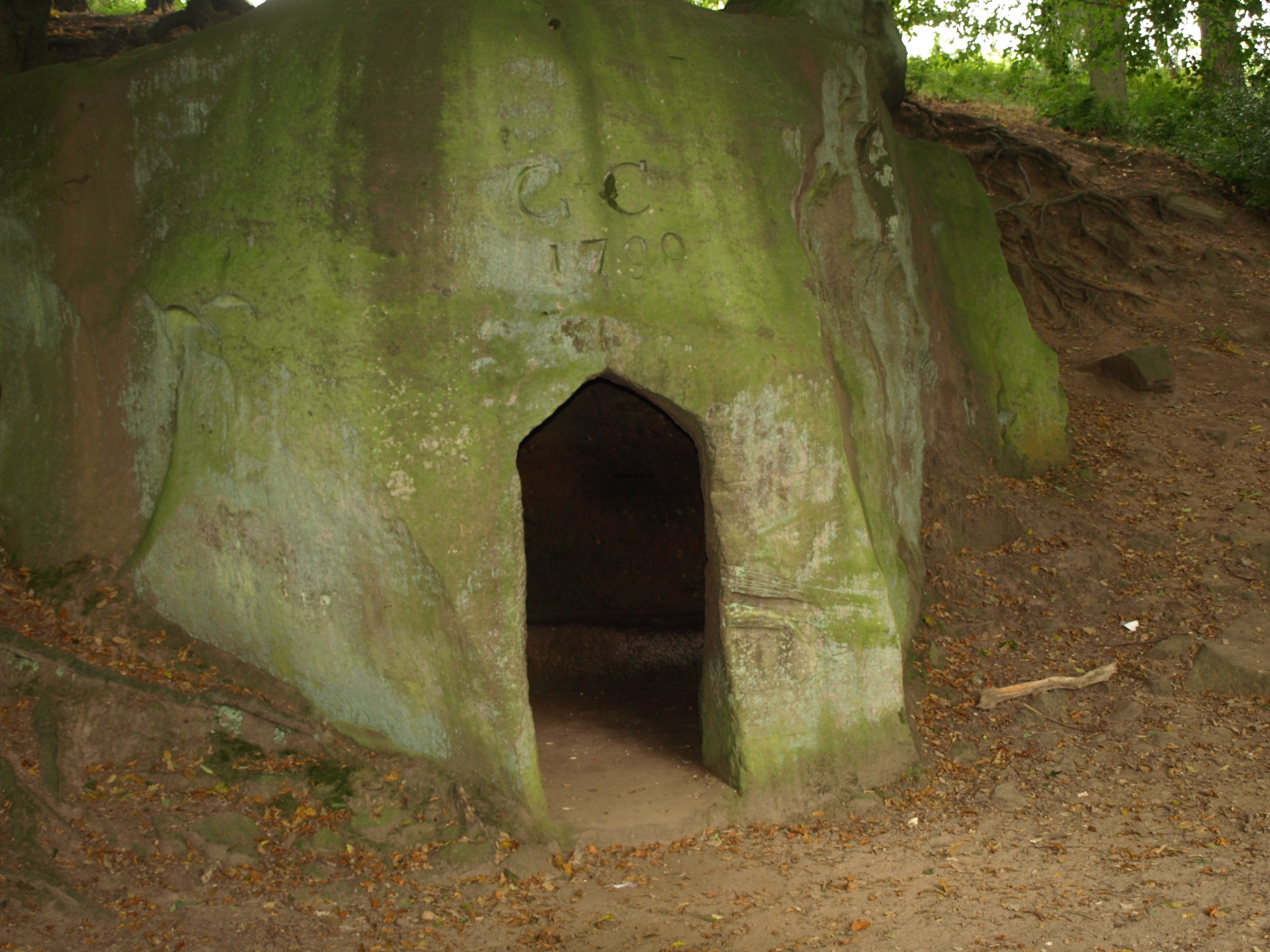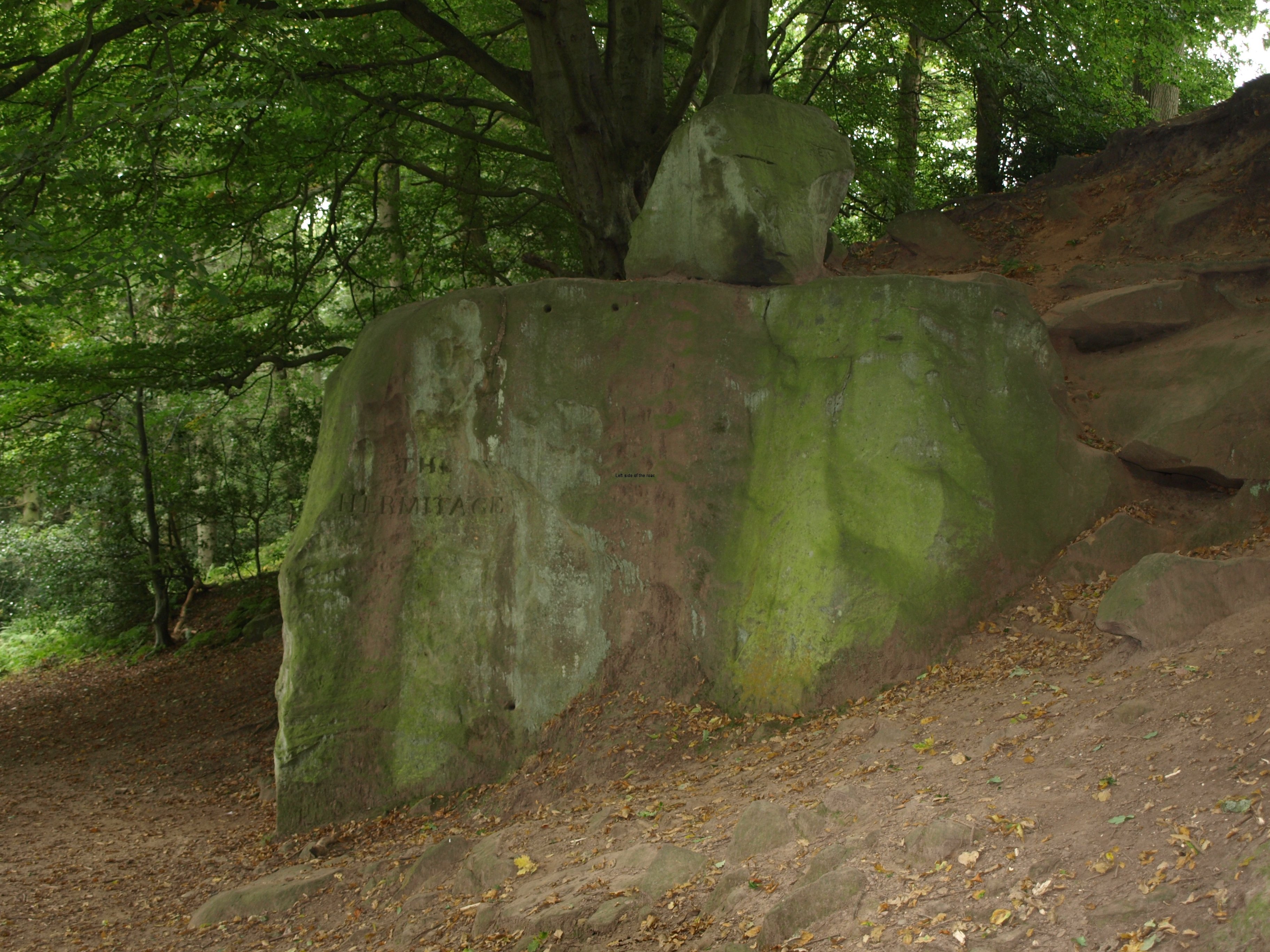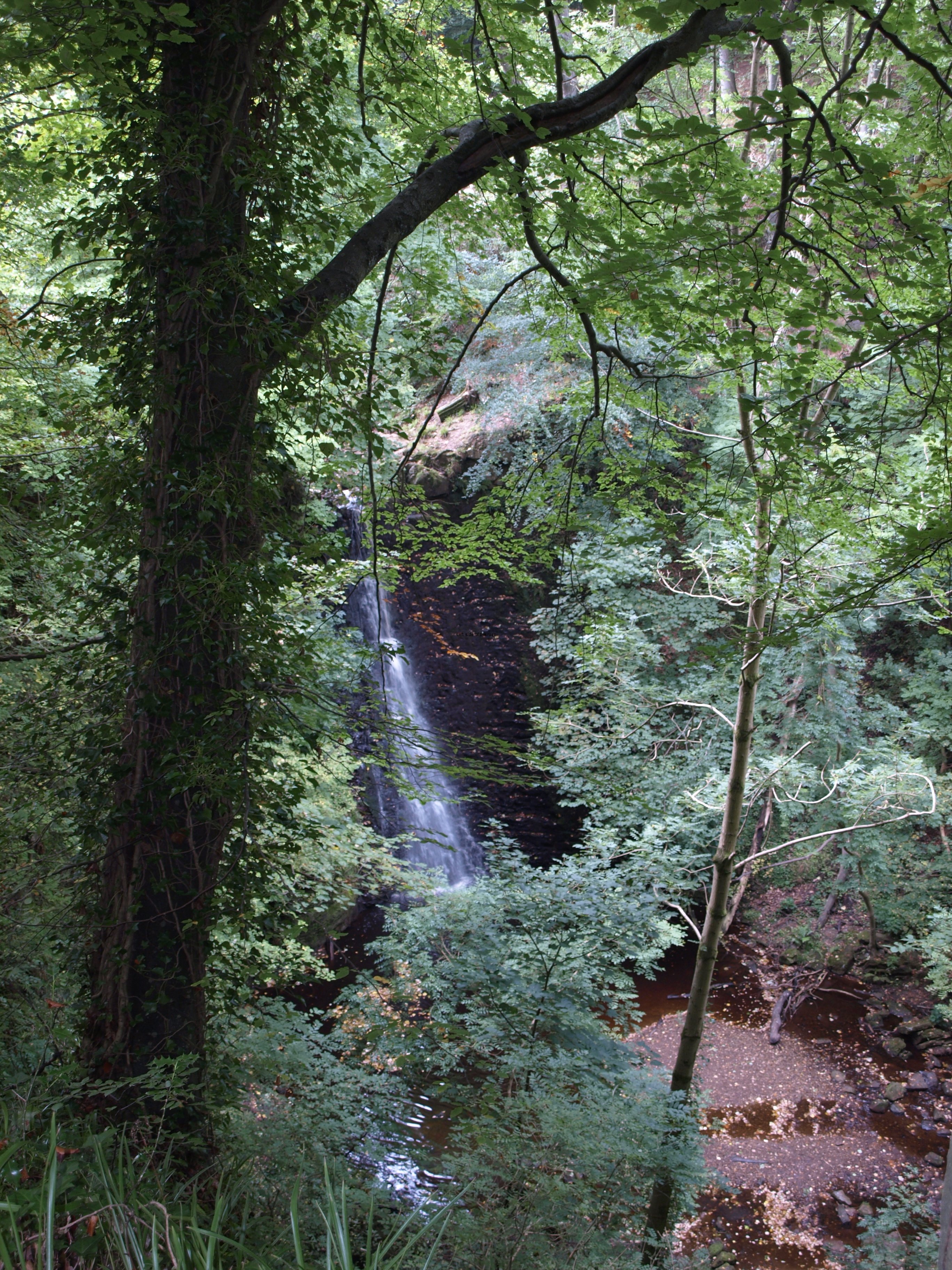In May 1929 Mao Zedong wrote a short article entitled ‘To be attacked by the enemy is a good thing and not a bad thing’. If a revolutionary does something that challenges the capitalist/imperialist system then their representatives will do their utmost to discredit, undermine and denigrate those revolutionaries involved in order to destroy their attractiveness to the oppressed masses. In the same way they will praise to the skies anyone who, under the guise of ‘fighting’ for the oppressed actually are no more than a lackey of the ruling class. It is in this light that we should look at who’s mourning Nelson Mandela – and why.
International politics is not civilised. There’s too much at stake, not just in terms of wealth but also control, prospects for the future and the long-term existence of particular social systems. At the moment there’s only one political system that’s able to have a significant impact upon matters globally and that’s the system of exploitation and oppression known as capitalism. For a good part of the 20th century this moribund and decadent system was fighting a rear-guard action against the progressive system of socialism, first with the establishment of the Soviet Union after the 1917 October Revolution and then the dramatic success of the Chinese Communists and the declaration of the People’s Republic in October 1949.
The Soviet Union took the revisionist road in the years after the death of Joseph Stalin and China went even quicker down that capitalist road within months of the death of Chairman Mao. The reasons for those dramatic developments have been, are and will be subject to debate and an analysis which is too complex to go into here. Suffice it to state that this caused confusion and disarray amongst revolutionary forces throughout the world and it’s impossible to calculate the consequences of these traitorous moves on the poor and oppressed throughout the planet.
However, it wasn’t until the collapse of the Soviet Union as a viable entity in 1991 that imperialism felt confident enough to go on full-scale attack and recover its dominance over the world. This covered: the economic – with the whole scale privatisation of the people’s resources in whatever country under the guise of restructuring and efficiency; the philosophical with, for example, the publication of Francis Fukuyama’s ‘The End of History and the Last Man’ in 1992, which argued that capitalism was the epitome of human development; and the cultural with the widespread dissemination of English language films and the ubiquitous presence of capitalist ‘icons’ such as McDonalds and Coca/Pepsi Cola.
It was into this environment that Nelson Mandela was released from his 27 years imprisonment under the neo-fascist South African apartheid regime. The timing of his freedom couldn’t have been better chosen.
As early as July 1987 debate was taking place amongst the South African establishment of the necessity or otherwise of the apartheid regime in maintaining capitalist control of the country. Newspaper articles at that time looked to the lack of significant change in the economic structure in neighbouring Zimbabwe since Independence in April 1980 and argued that capitalism had little to fear from Black majority rule.
In Zimbabwe the status quo had not been significantly challenged. This was partly due to Mugabe honouring the conditions of the Lancaster House Agreement (signed in London on 21st December 1979) but also to a lack of real political understanding by the leadership in Harare. At the time I considered that Mugabe and pulled off a coup against the white Rhodesian supremacists and their British supporters but have had to revise that opinion in the light of subsequent developments. The ten years of grace given to the white racists allowed them to consolidate their control and also to undermine the revolutionary forces by seducing the weak and fomenting disillusionment amongst the true revolutionaries.
Later pressures and restrictions placed upon the country by the World Bank and the International Monetary Fund throughout the 1990s only made matters worse. When land seizures became more prevalent at the beginning of the 2000s it was too little, too late and led to the chaotic situation that has bedevilled the country in recent years. Only now with the support of capitalist China is Zimbabwe able to drag itself out of the mire but only to change one master for another.
So by February 1990, when Mandela was released from prison (less than three months after the fall of the Berlin Wall) his role as mediator between the extremes of the apartheid regime and the Azanian revolutionaries was crucial in maintaining South Africa in the capitalist orbit. Leaders that spend such a long time in prison, separate from the day-to-day struggle, are notoriously bad at understanding the contemporary situation. He went in with certain political ideas and views and came out with those same views 27 years later. Subject to the oppression of the apartheid regime in a passive sense he hadn’t experienced the viciousness and violence to which the people of the townships were increasingly being subjected. In that way Winnie Mandela was a better representative of the ordinary people.
On the balcony in Cape Town the biggest cheer in his speech was that in response to his declaration that the armed struggle would continue – this from a man whose attitude to such a course of action was ambivalent to say the least. In that same speech he also spoke of reconciliation but in the climate of the time, with the general impression and feeling that the regime was on the run, that the long, long years of oppression were almost at an end, there was a mismatch between the masses in the square and the individual on the pedestal.
But those behind the scenes knew exactly what was going on. I’m not necessarily saying that Mandela made an agreement to secure his release. He didn’t need to. If anyone was to read his defence speech at the Rivonia Trial of 1964 (the one that ends with the words ‘ …. I am prepared to die’) rather than just refer to it as ‘one of the most famous speeches of all time’ they would realise that Mandela spent more time saying what he didn’t agree with than what he did. Being in prison, isolated from the struggle, not developing his ideas as the struggle in the country intensified, to be of use to the Afrikaaner state (and its imperialist backers) he just had to remain intellectually where he was in the early 60s. And he did.
Pik Botha, and later FW de Klerk, knew Mandela wasn’t a hot-blooded revolutionary who wanted to fundamentally change society. He would be happy with the end of the apartheid system even if it didn’t change the basis of South African society. Never did Mandela express any support for, real understanding of and a desire for the establishment of socialism let alone communism. He stayed loyal to his class background and presided over a Black majority state where the conditions of the people got worse instead of better.
It’s one of the contradictions of ‘freedom’ in the late 20th and early 21st centuries. In 1987 Zimbabwe was ‘free’ but was still restricted by capitalist control of the economy but across the border in South Africa the people weren’t ‘free’ but the standard of living of those in the townships was often higher than those of comparable workers in Harare. The people in the erstwhile Soviet Union and the countries of Eastern Europe are now ‘free’ but things like education, health, welfare services and elderly care are increasingly out of reach for many of the poorest in society.
Forces within Africa, particularly the Pan-African Congress, did have the shoots of a socialist ideology but the ground was taken from under them with Mandela’s release. Very soon after his release he became the darling of the ‘west’ and the ‘east’ (he made a visit to Cuba) and soon it appeared that the only person who could talk for the Azanian people was Nelson Mandela and the African National Congress (ANC). People believed the empty promises as his release presaged a better future for everyone. These empty promises were believed in the same way that ‘democratic’ politicians promise the world before elections but deliver nothing when in power – just consider the mismatch between promises and reality in late 20th Britain. And those promises were made for the same reasons, to try to deflect the people from taking more direct and significant action.
(Just as an aside, whatever happened to the term Azania and the impression that I certainly had, for many years before the ‘end’ of apartheid, that South Africa would be renamed, just as Rhodesia became Zimbabwe? But that would have upset the Afrikaaners and we wouldn’t want them put out.)
Mandela gave greater credibility to the right-wing within the ANC which wanted no more than black faces in control of the society as it was. Even though there were some within the ANC and Umkonto We Sizwe (Spear of the Nation) – the armed wing of the ANC – that considered the armed struggle the only way to true liberation, especially in the early years (see copies of Sechaba from the 1970s), it never had the impact that was achieved by the other liberation movements in other countries fighting European colonialism and racism as in Rhodesia, Mozambique, Namibia, Guinea-Bissau and Angola. In fact, the armed movement was so ineffectual in South Africa that the apartheid regime was able to send its forces to try to claw back what the ex-Portuguese colonies had achieved through long, bitter and painful liberation wars.
Nelson Mandela became the ‘First Freely Elected Black President of South Africa’ in 1994 and in his wake revolutionaries faded into the background, corrupt black politicians and business started to feed at the trough once exclusive to the whites and the poor, both black and white, remained poor.
What, it seems, is often forgotten in the context of Southern Africa is that the ratio of blacks to whites in South Africa was about 3 black to one white in the 1990s. That meant that poverty wasn’t just the fate of the blacks. Some blacks lived in relative luxury in Soweto – the township to the south-west of Johannesburg – whilst poor working class whites might be homeless and begging on the streets. Contrast that with the situation in Rhodesia before independence when the ration was something like 27 blacks to one white and which led to an even more vicious and vindictive society. As the whites had much more to fight for that resulted in 47,000 black Zimbabwean deaths in the National Liberation War between 1973 and 1980.
And that situation remains almost 20 years later. Instead of uniting and fighting against the system that oppresses them all the workers, of whatever colour, are fighting amongst and against themselves and leaving the rich and powerful to carry on in the old way. That’s fundamentally Mandela’s legacy.
He didn’t want a revolution and those that did never realised that a revolution is not a dinner party (as Mao described in an article in 1927). A revolution is messy, violent and unpredictable. The only ones that can gain by avoiding such a situation is the present ruling class. They can/will be contrite and make all the apologies necessary, as long as their wealth and power are not challenged. On the other hand the exploited and oppressed can only end their exploitation and oppression by challenging the world order, by turning the world upside-down.
And that’s why world leaders, both past and present, are falling over themselves to shower Mandela’s corpse with praise. He stopped people from doing that. This is all shown in the film that came out at the time that must have had the producers rubbing their hands with glee – just weeks prior to his death. The film Mandela: Long Walk to Freedom showed quite clearly where his politics lay.
If to be attacked by the enemy is a good thing and not a bad thing then being praised by all those who spend all their time and efforts maintaining the system of inequality and injustice is a bad thing and not a good thing.






